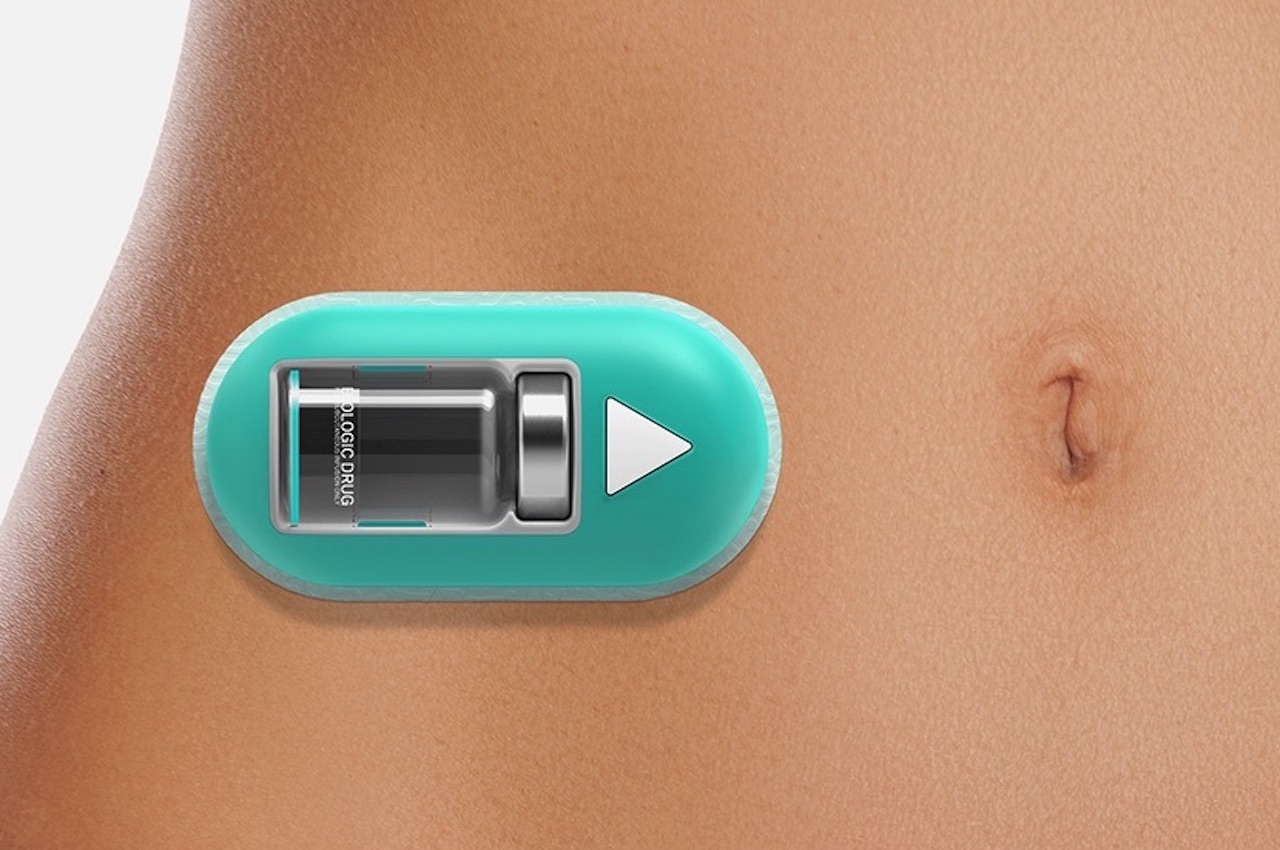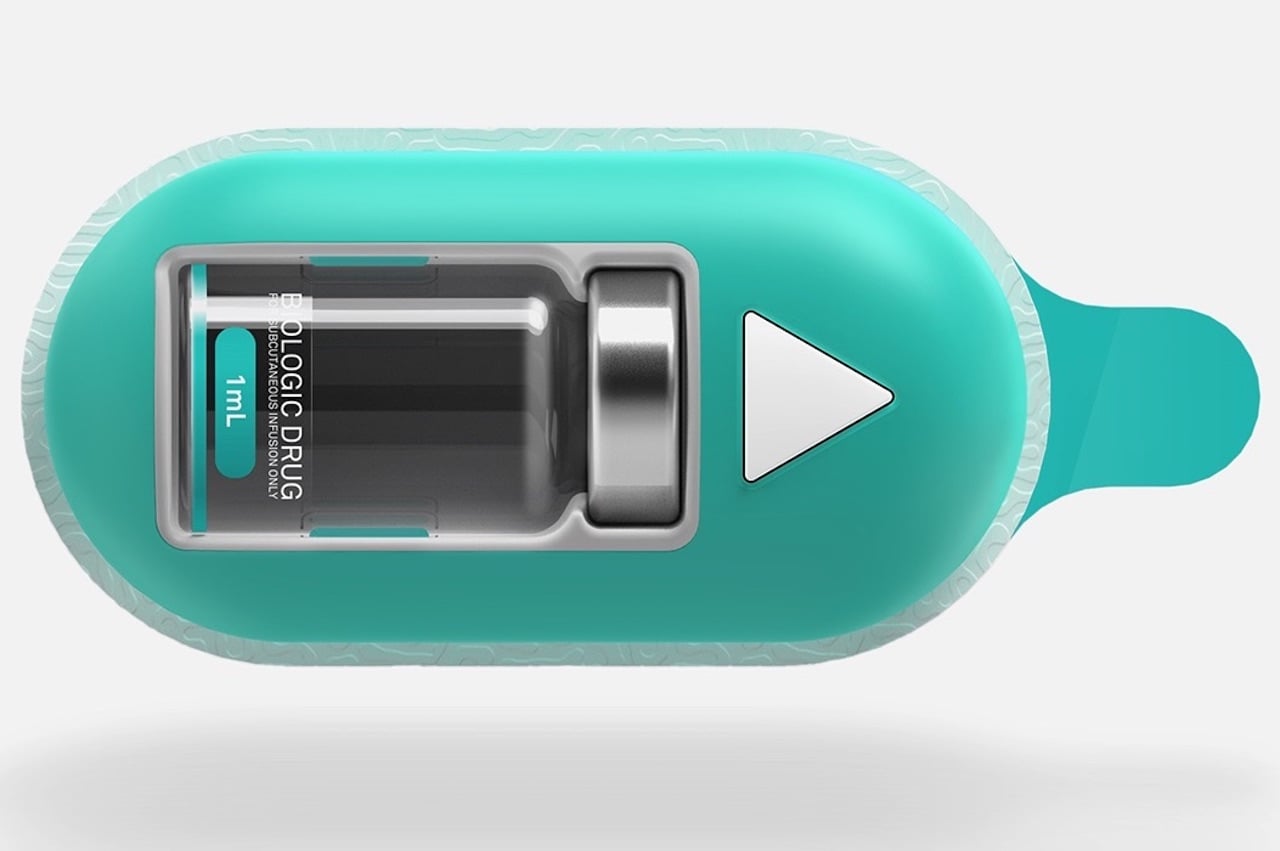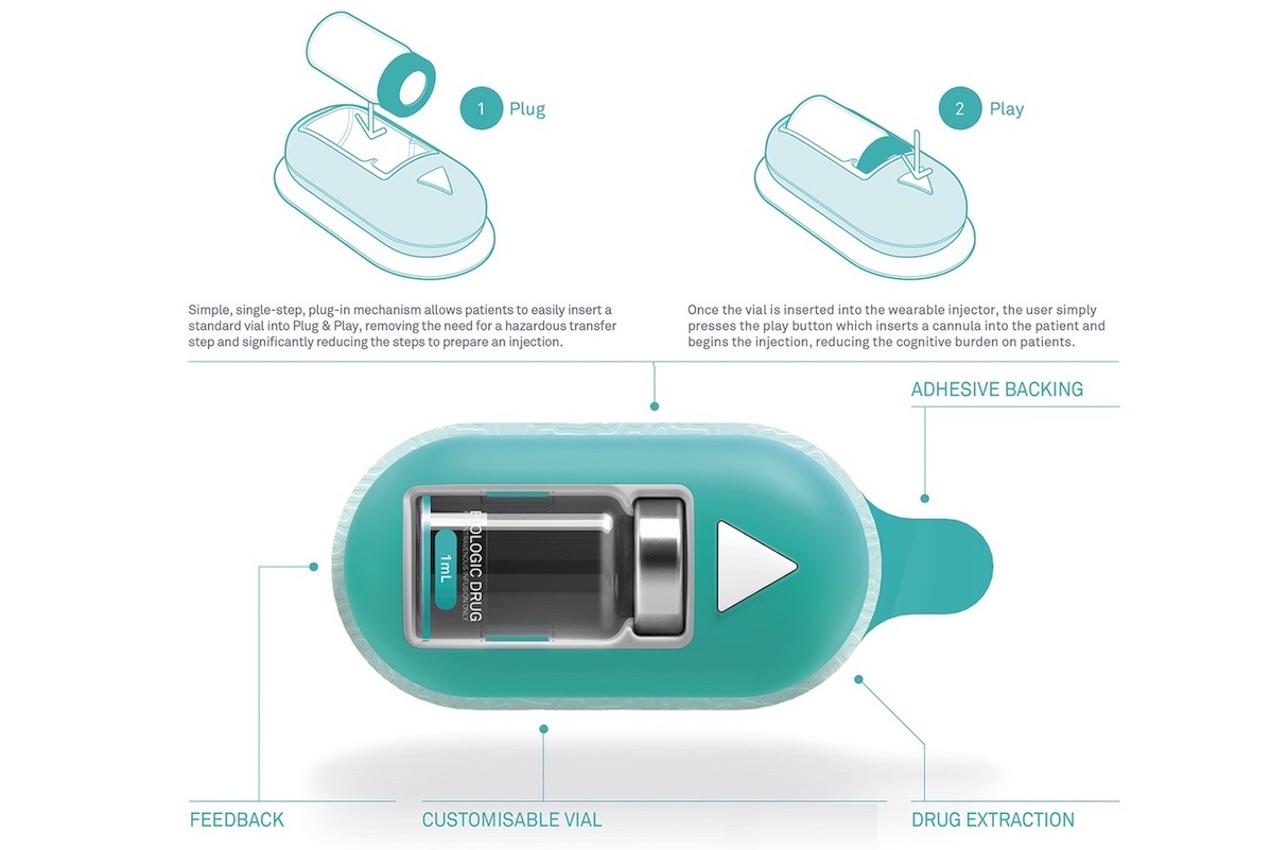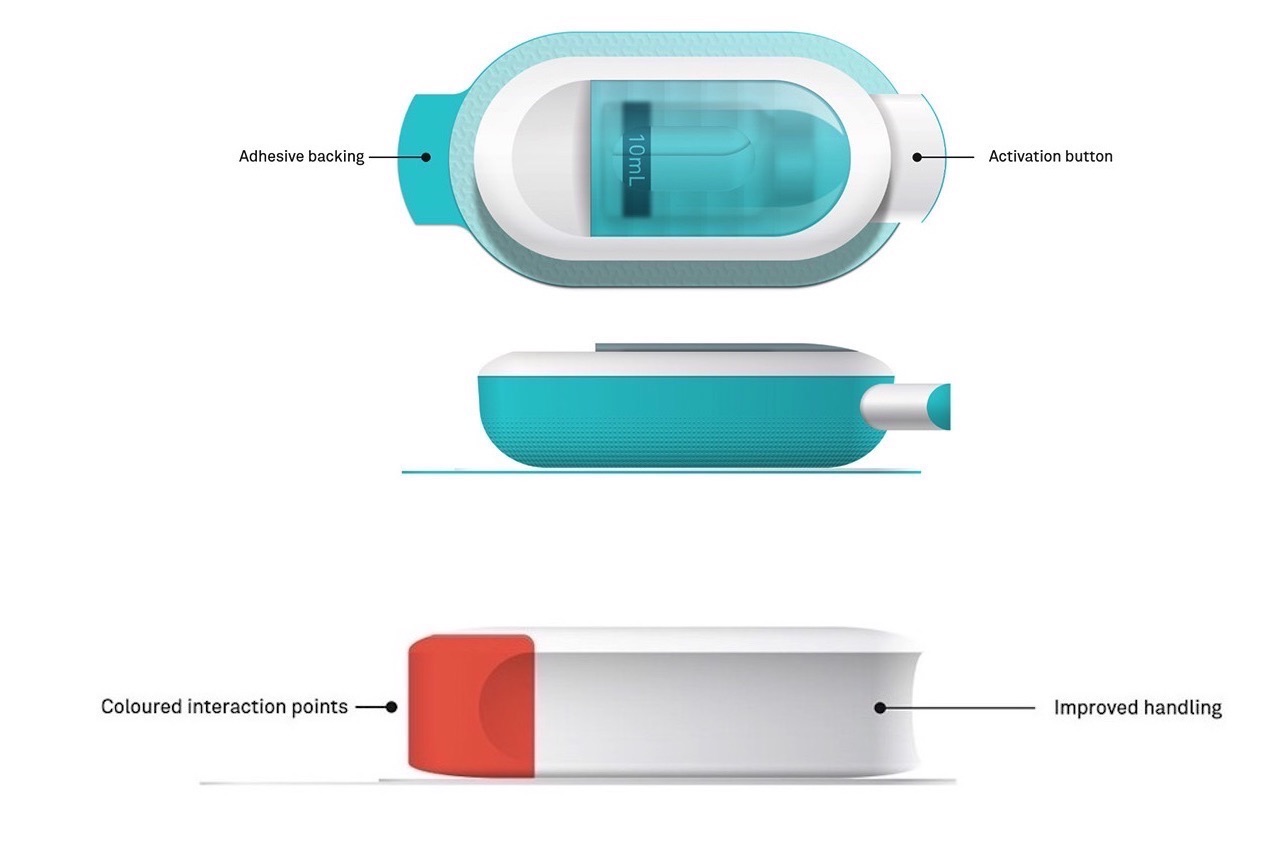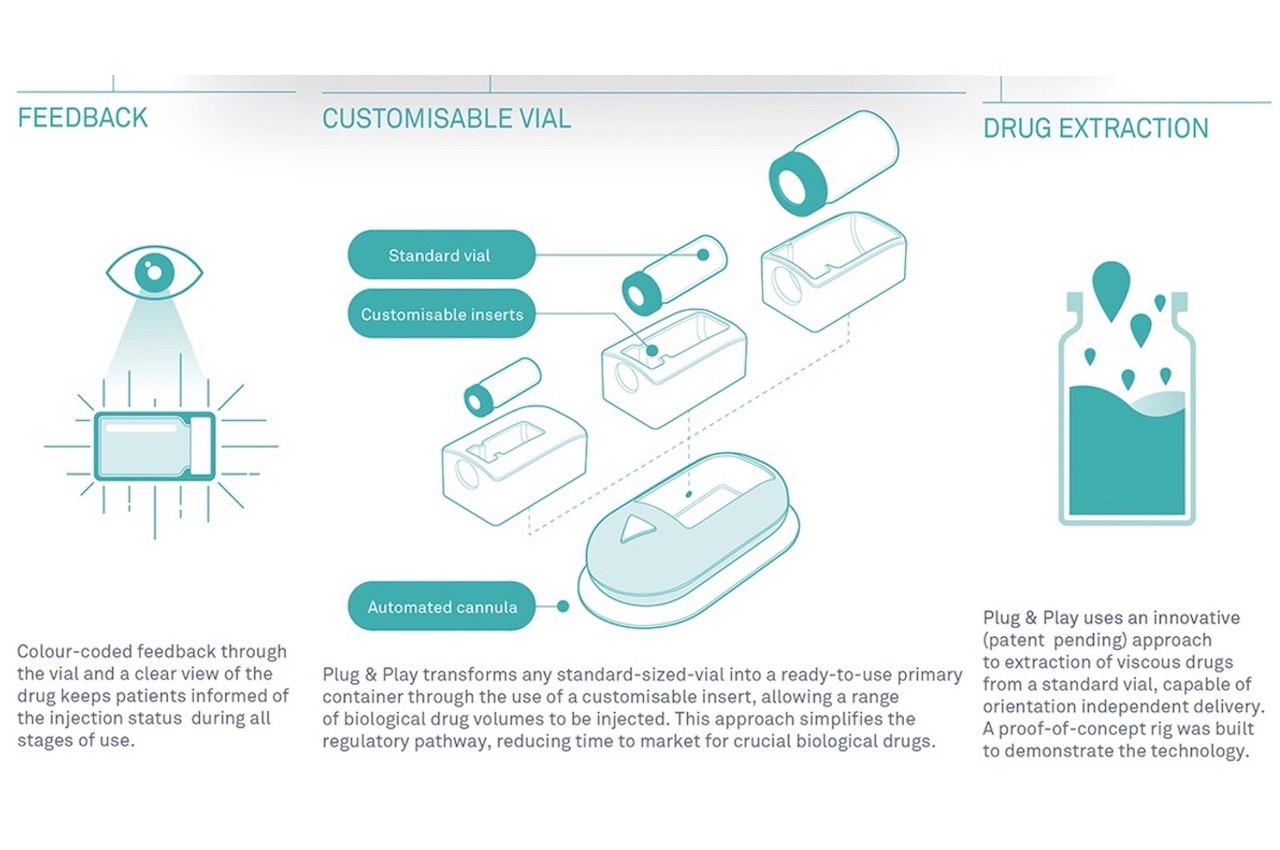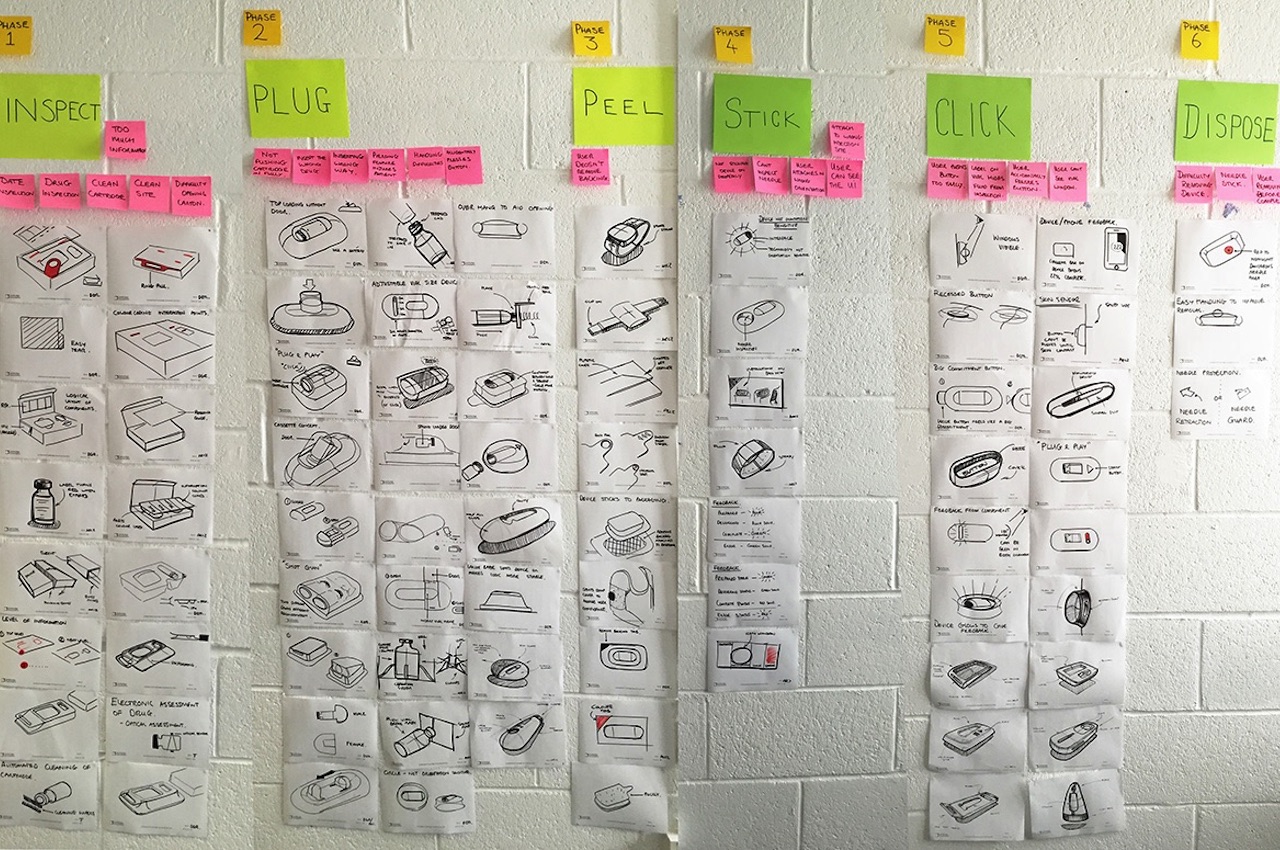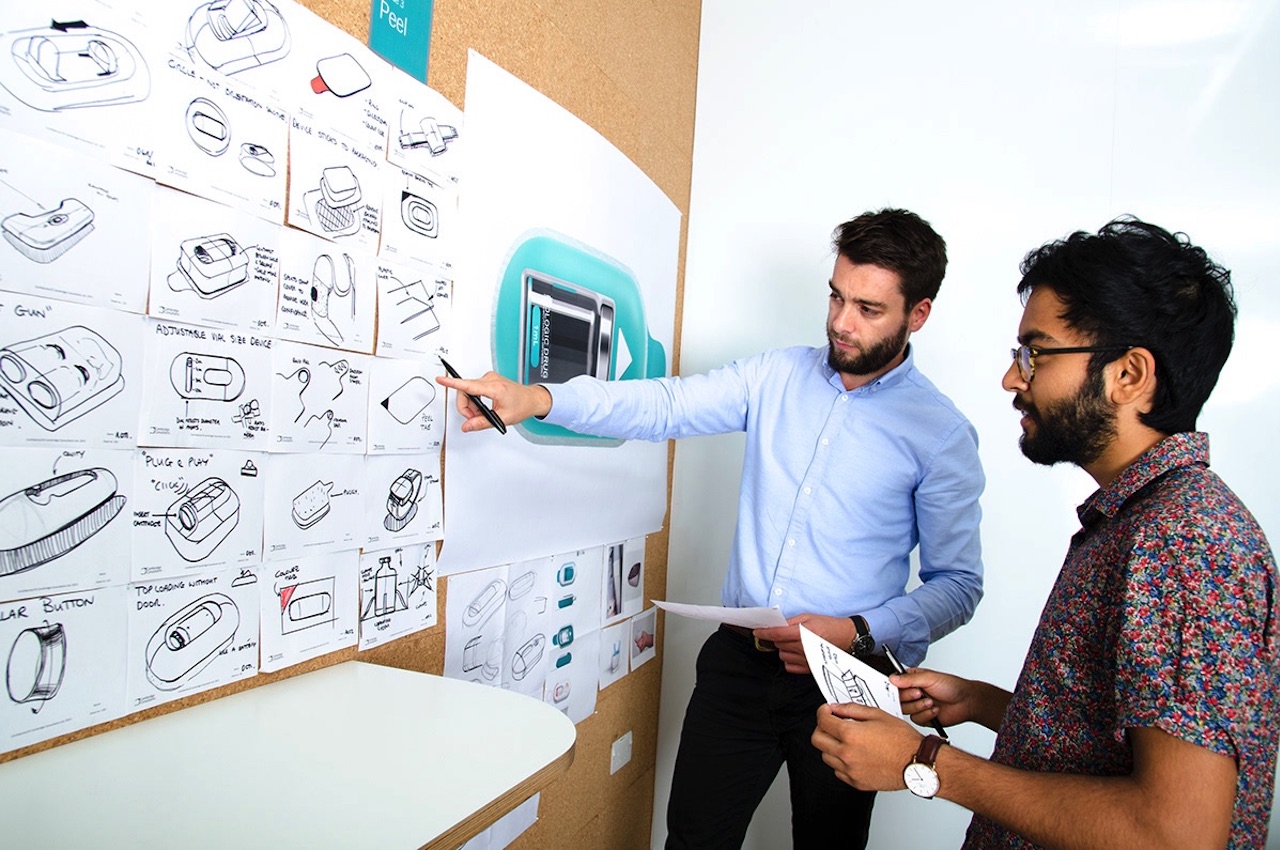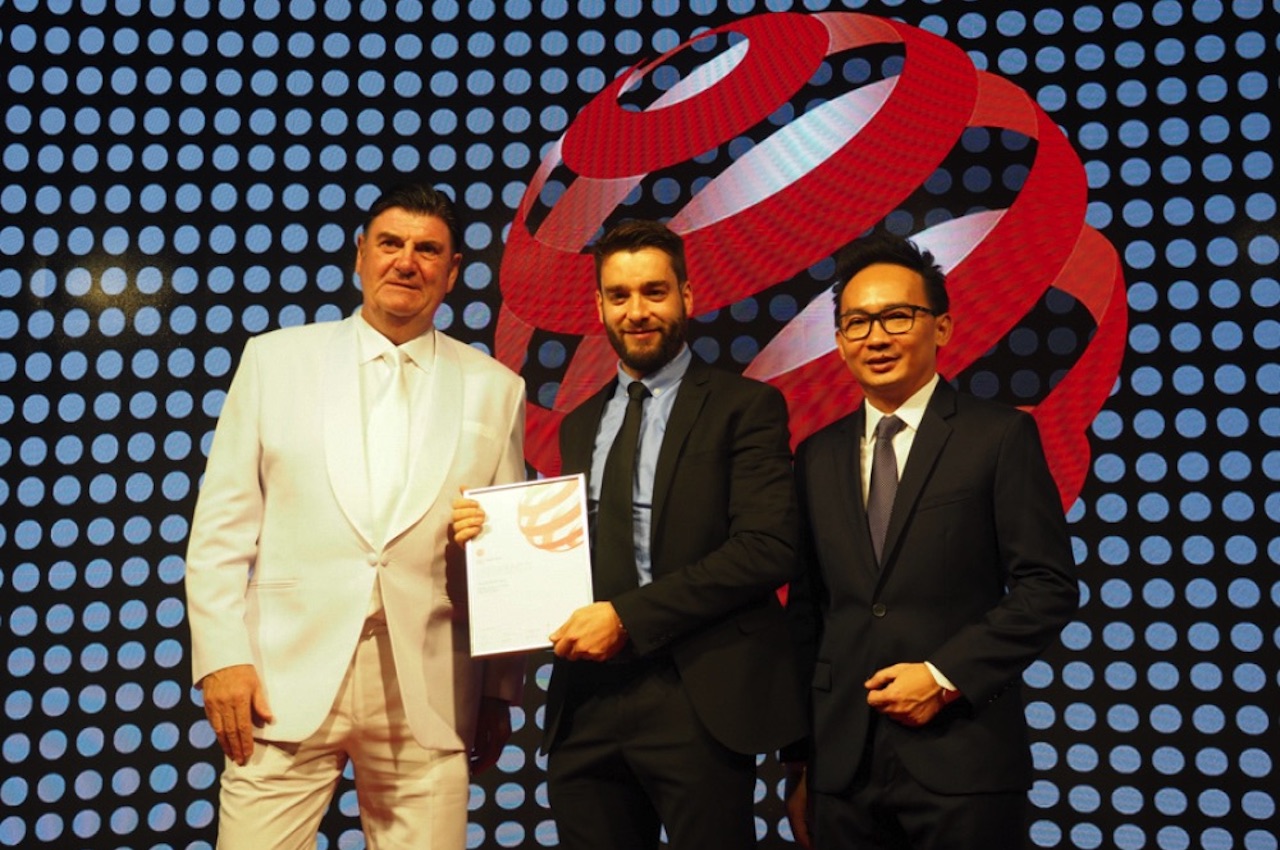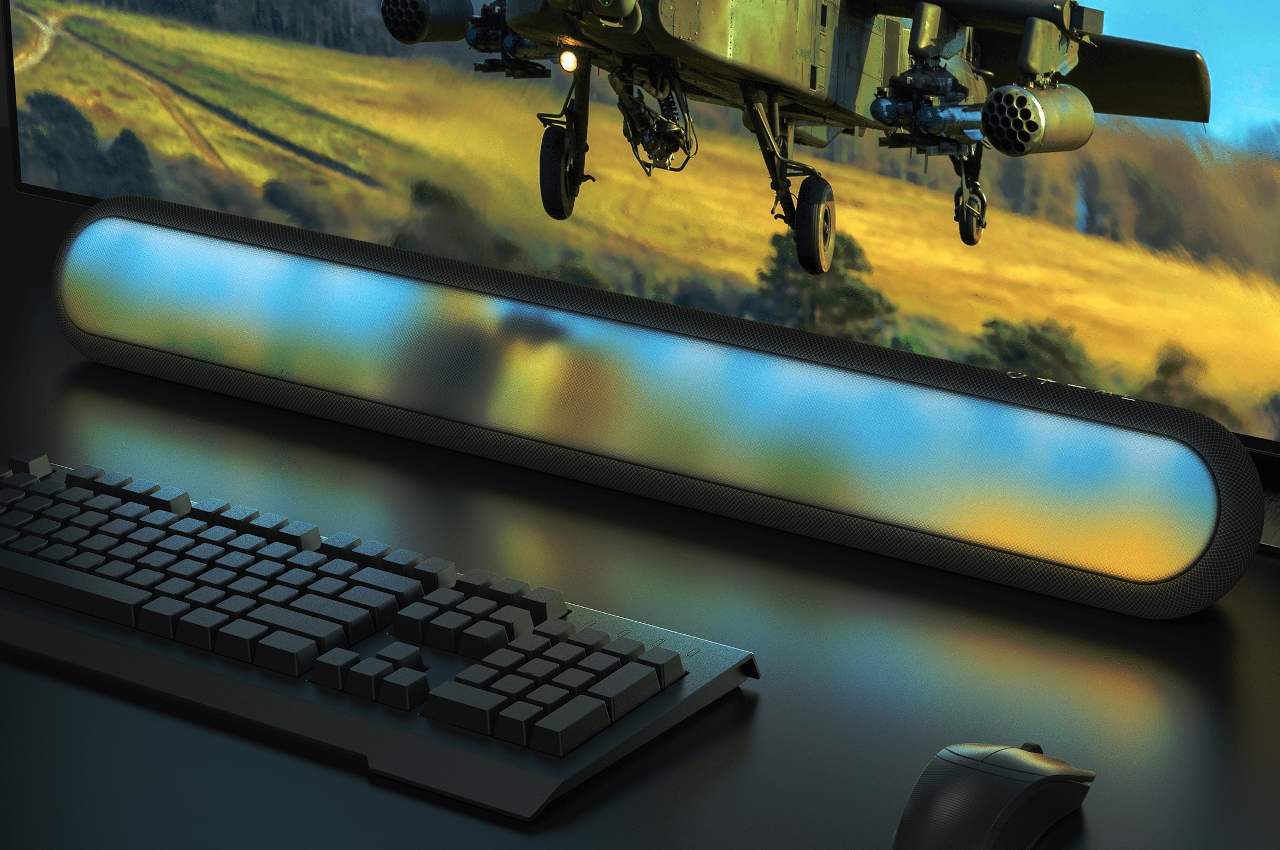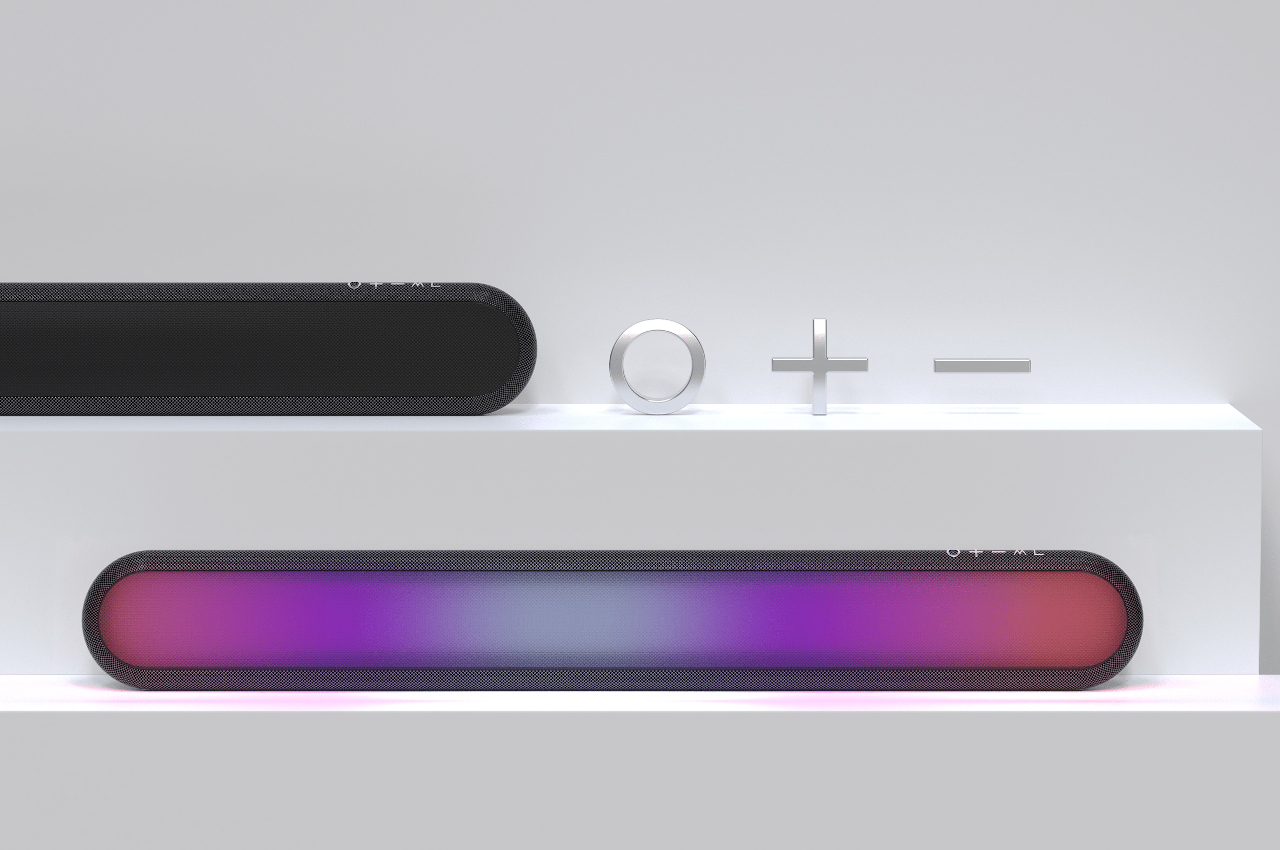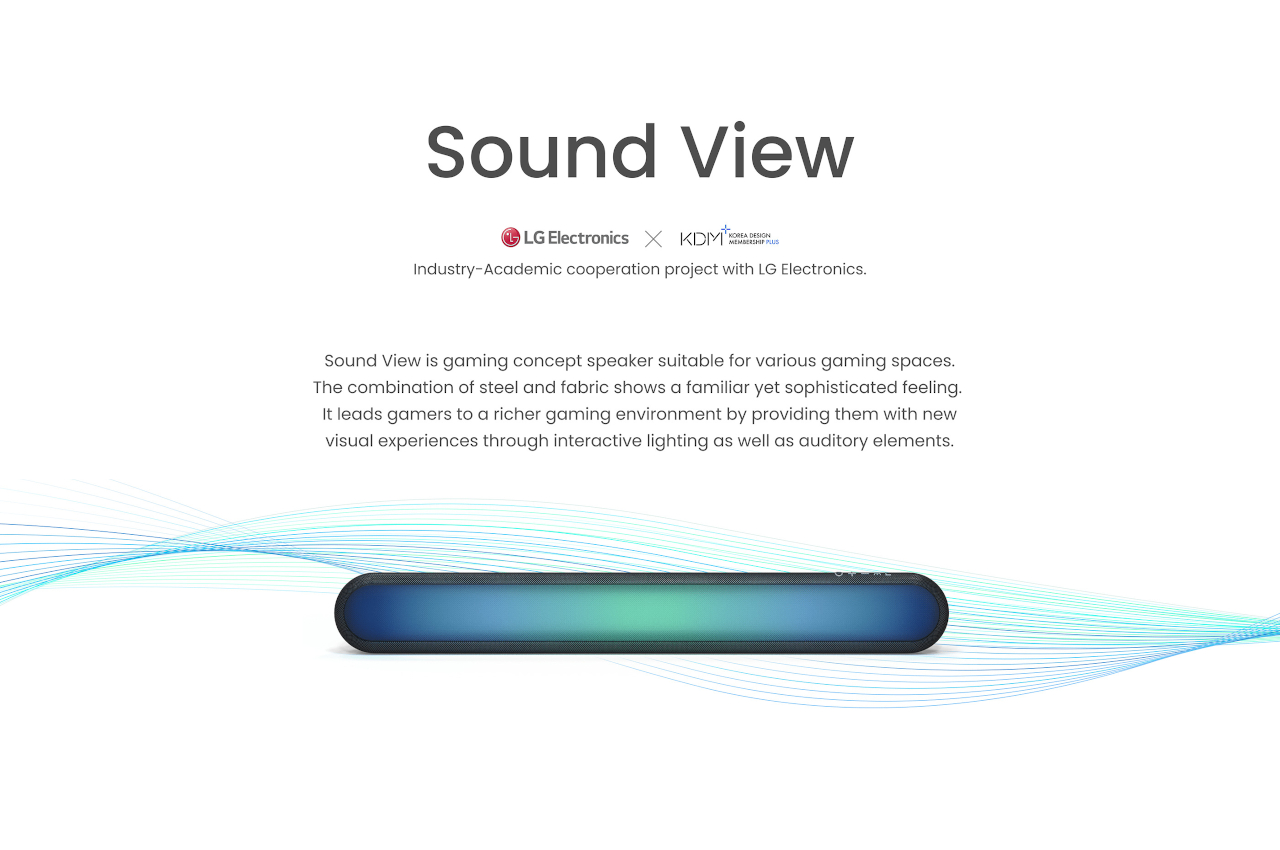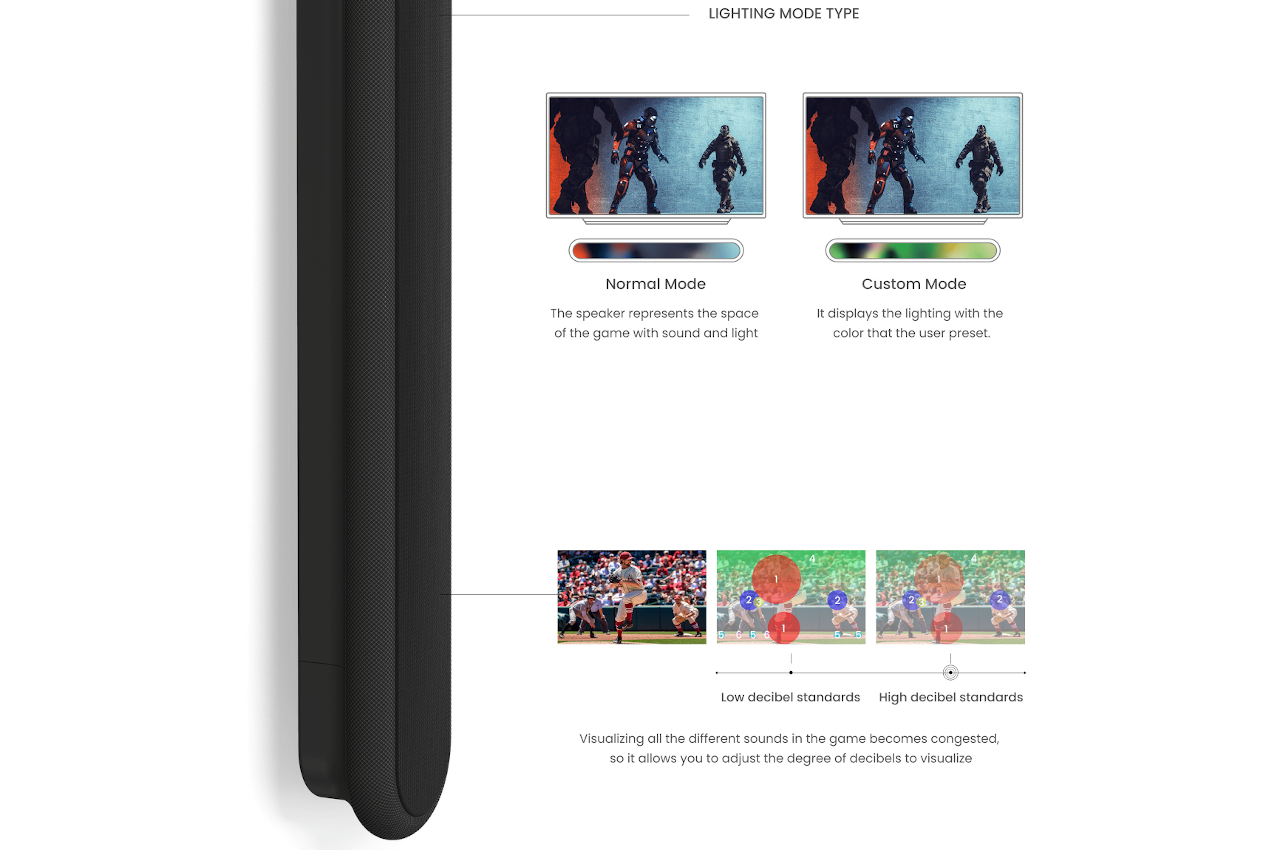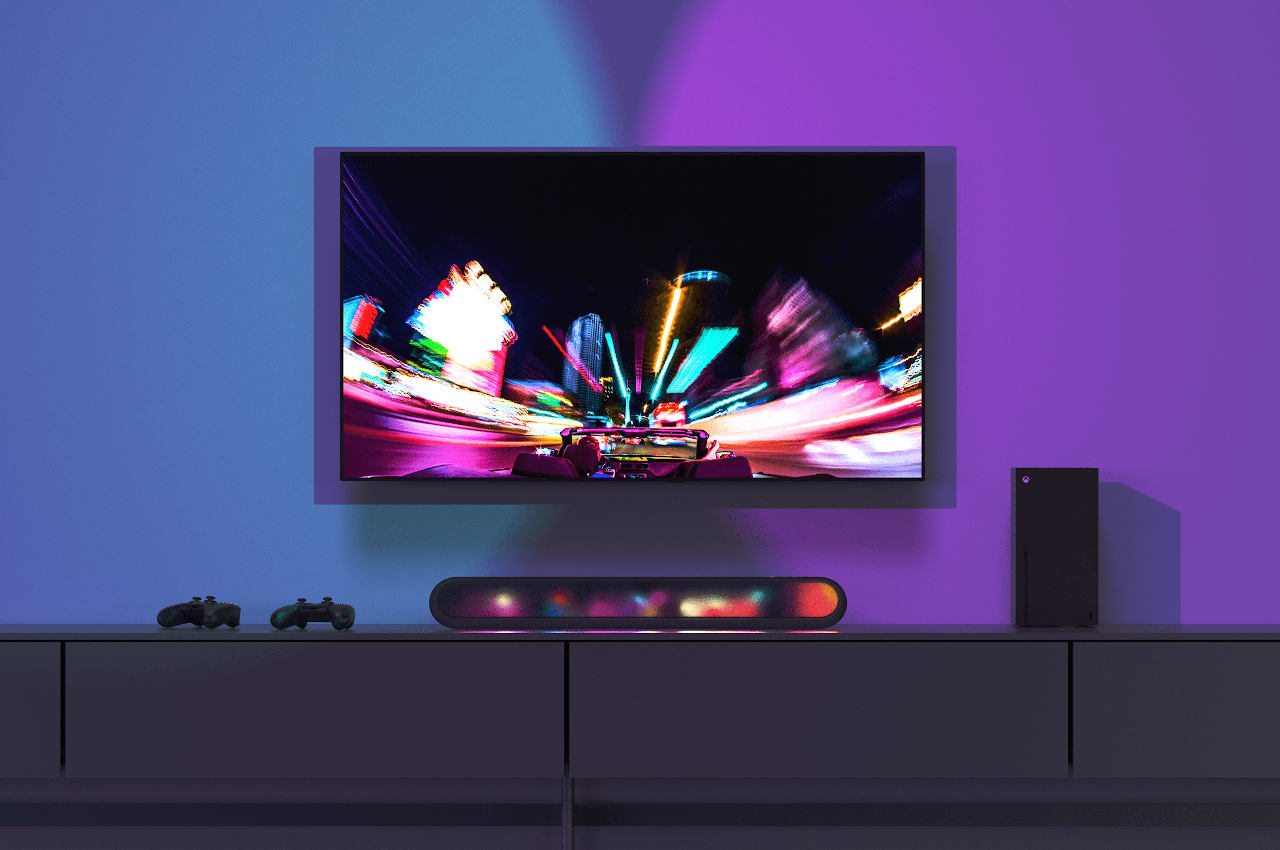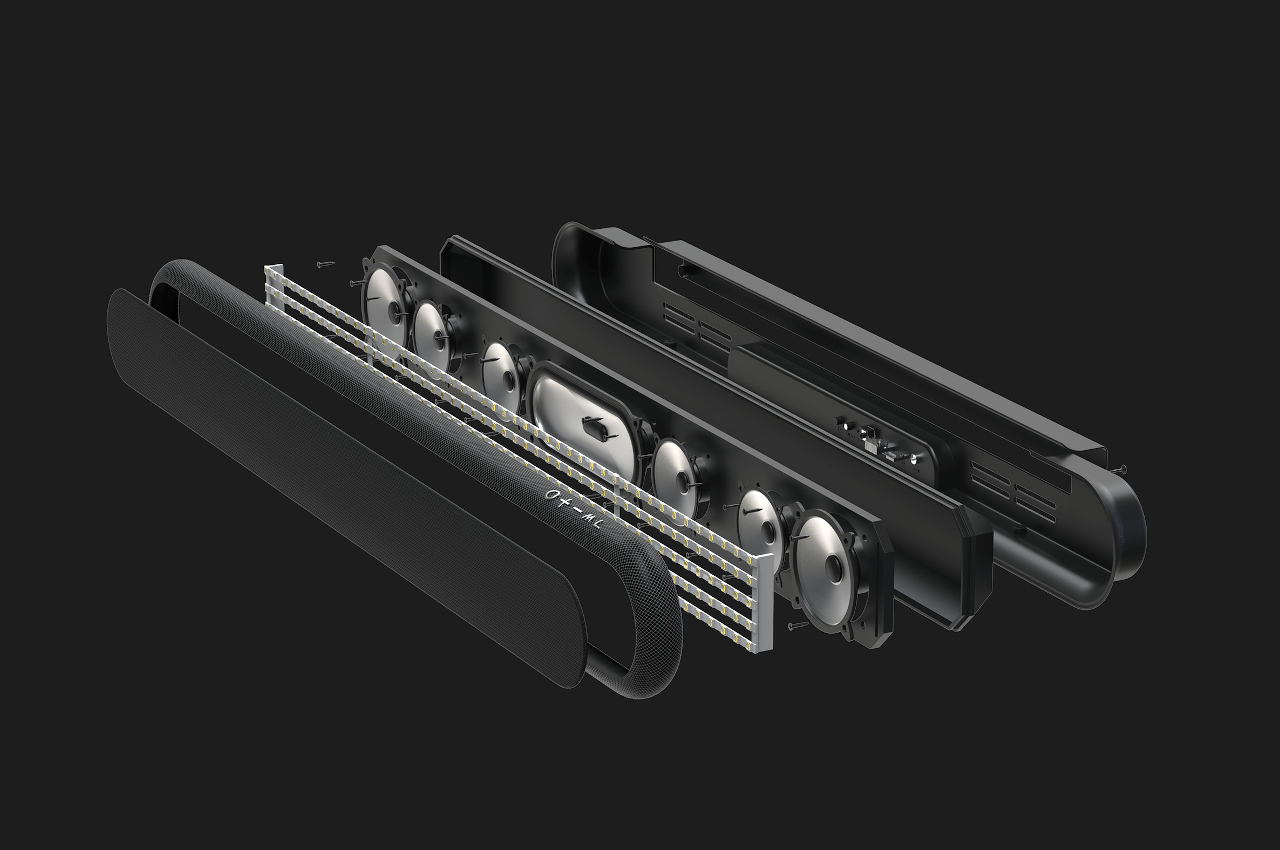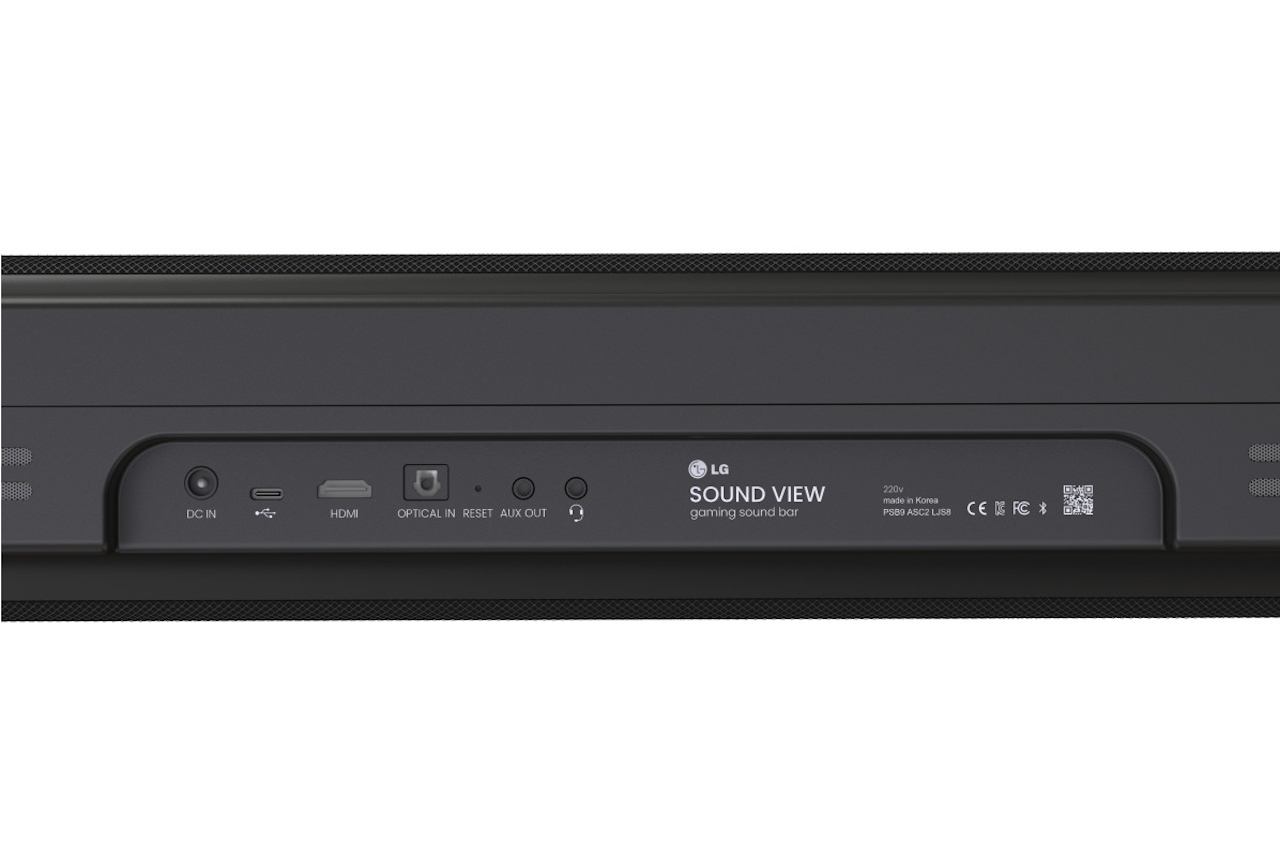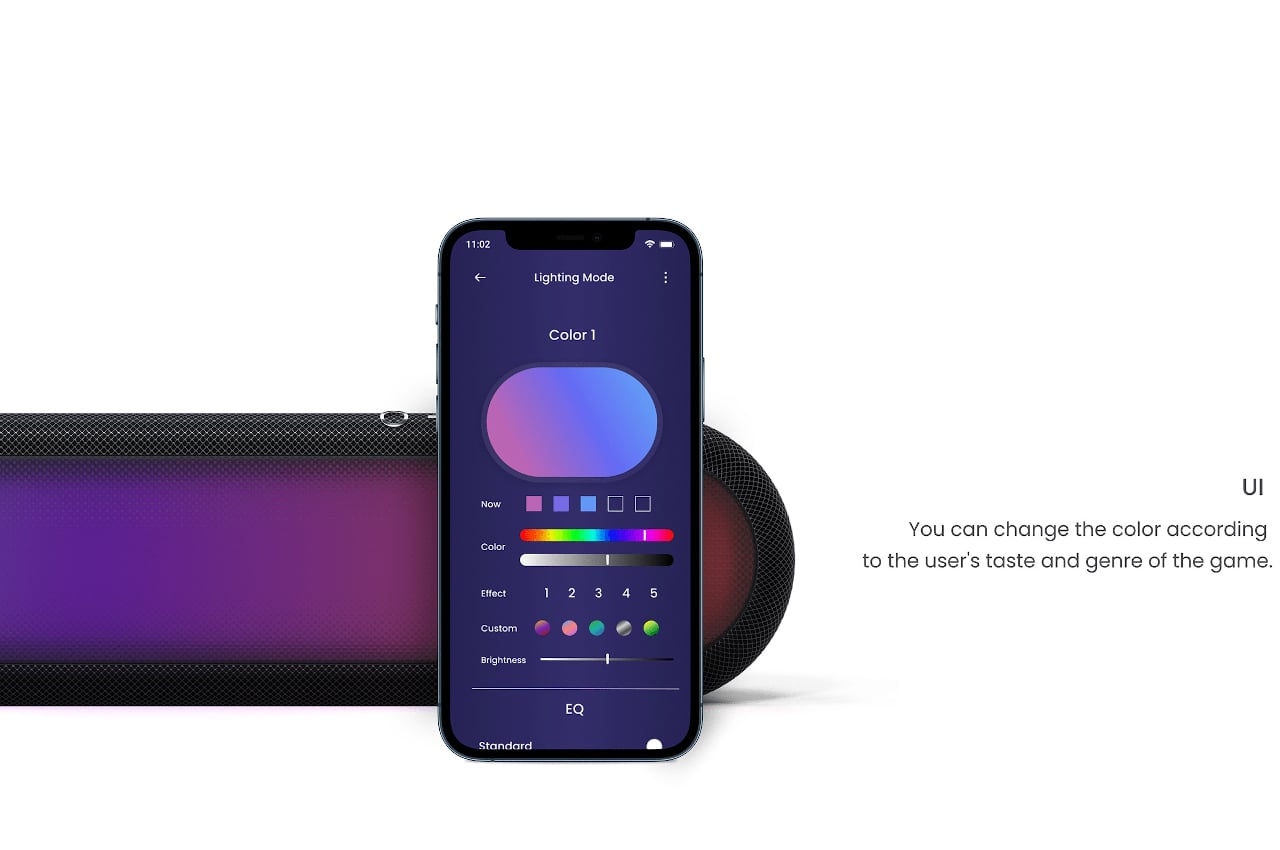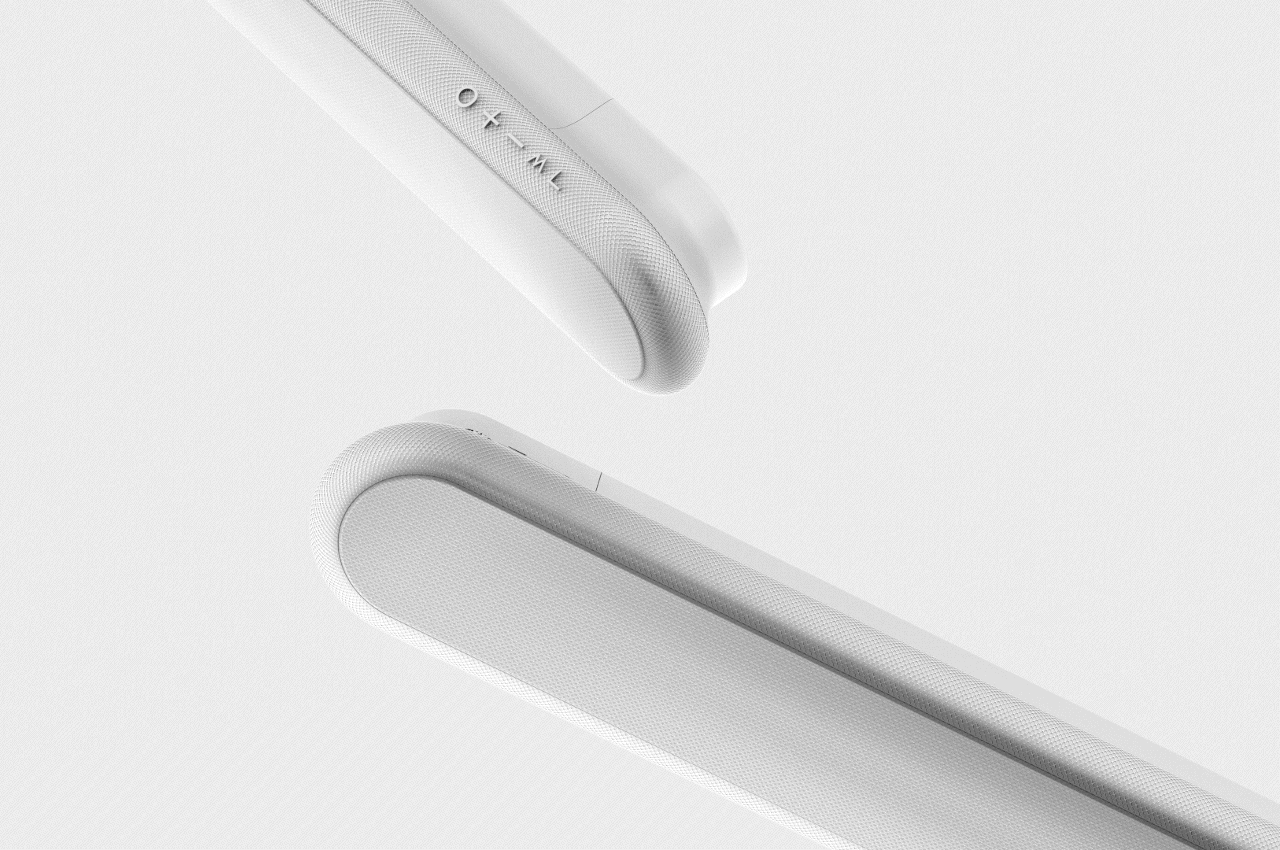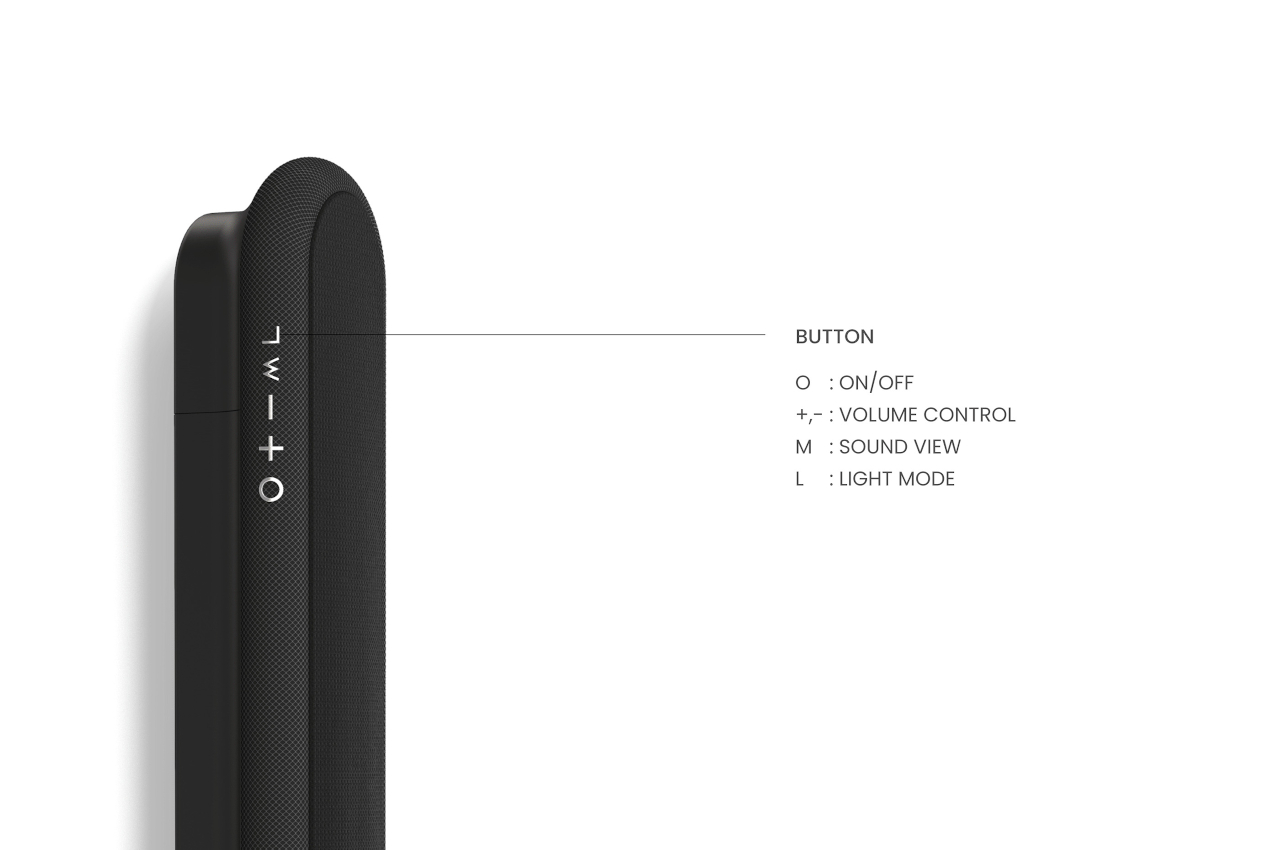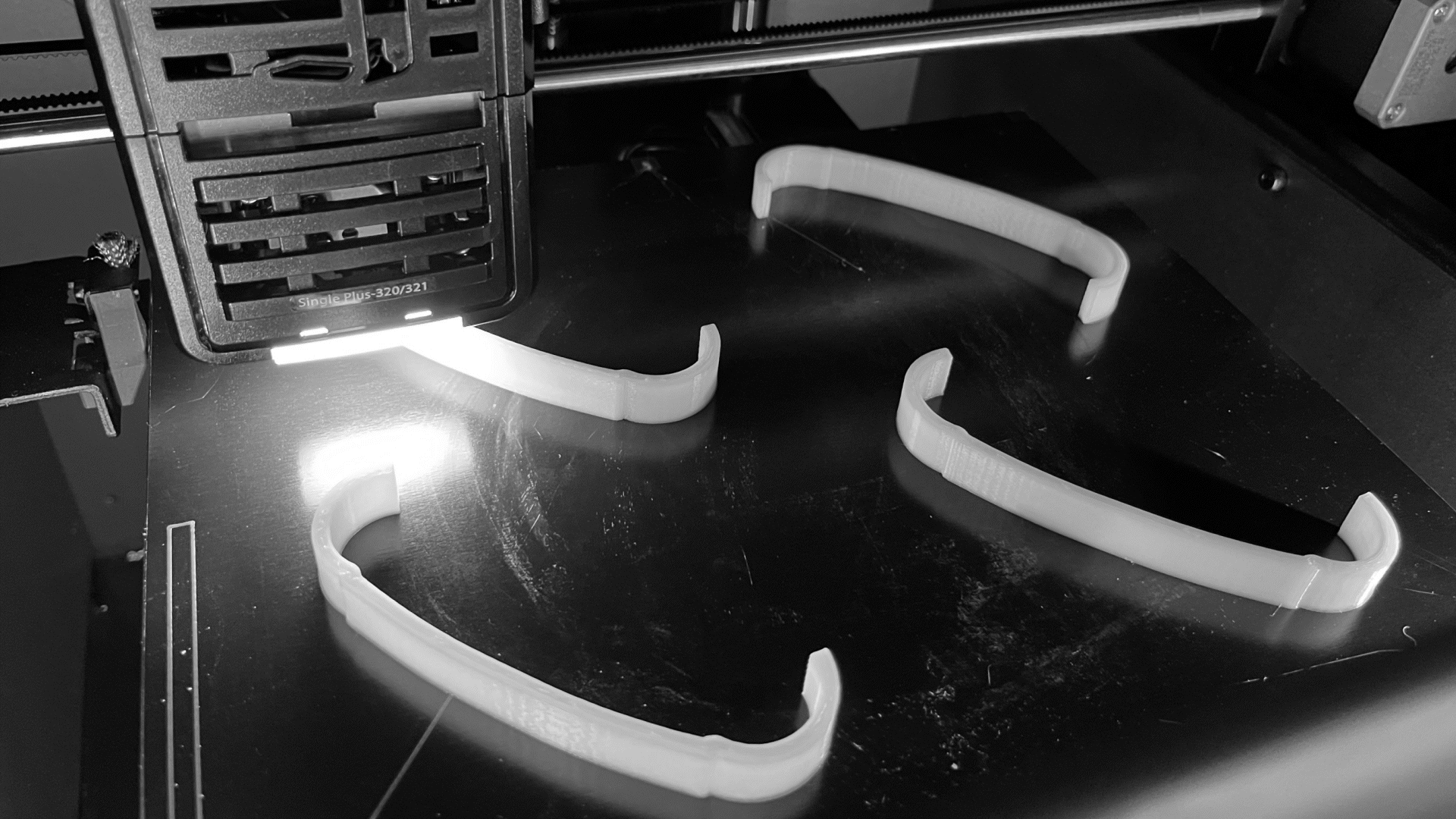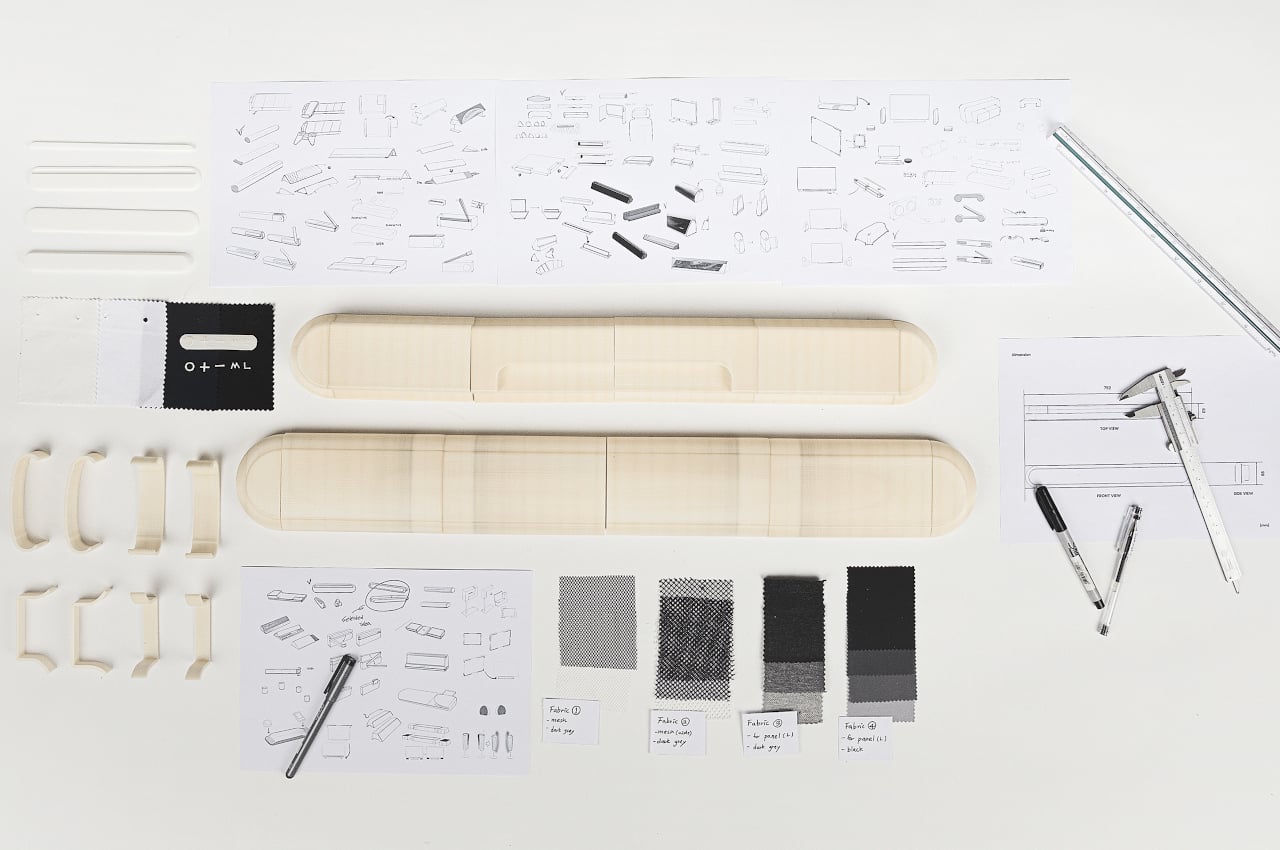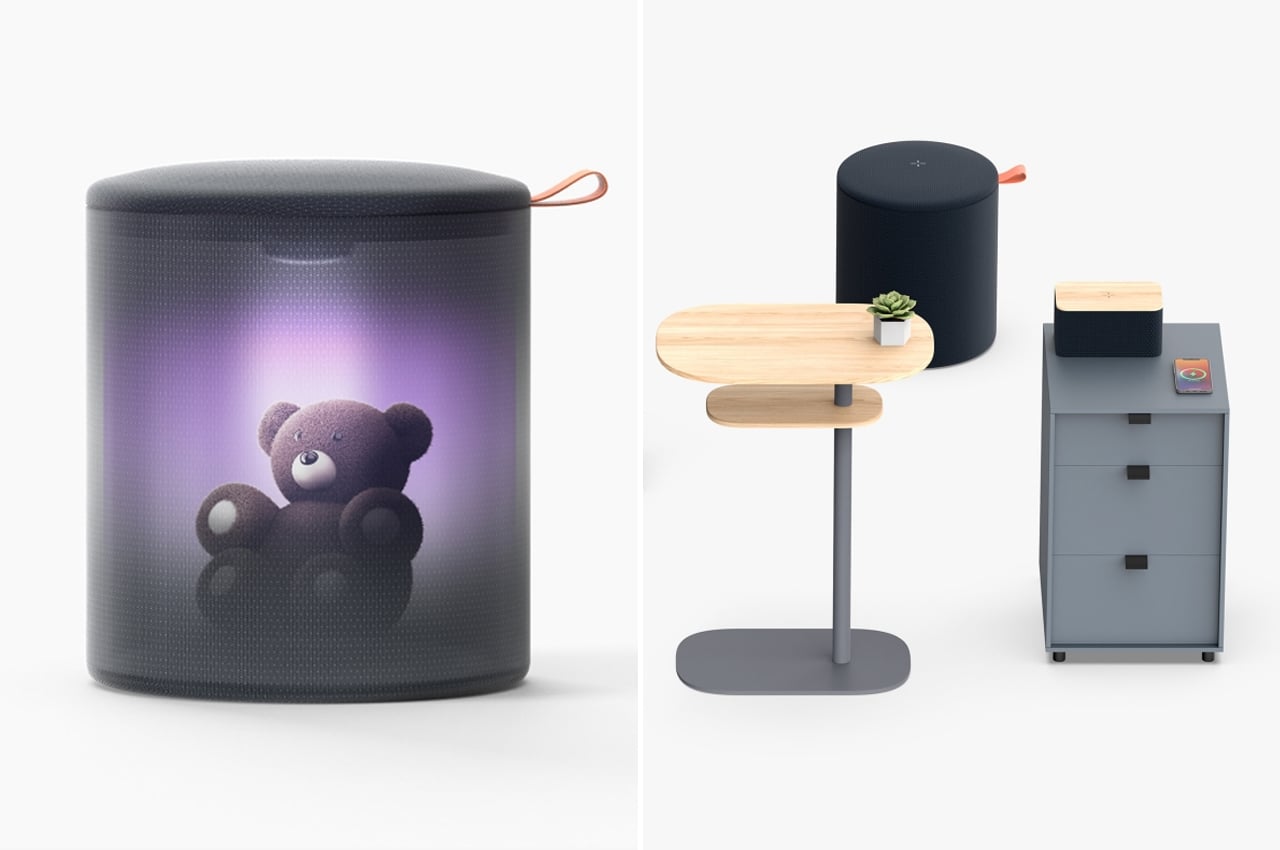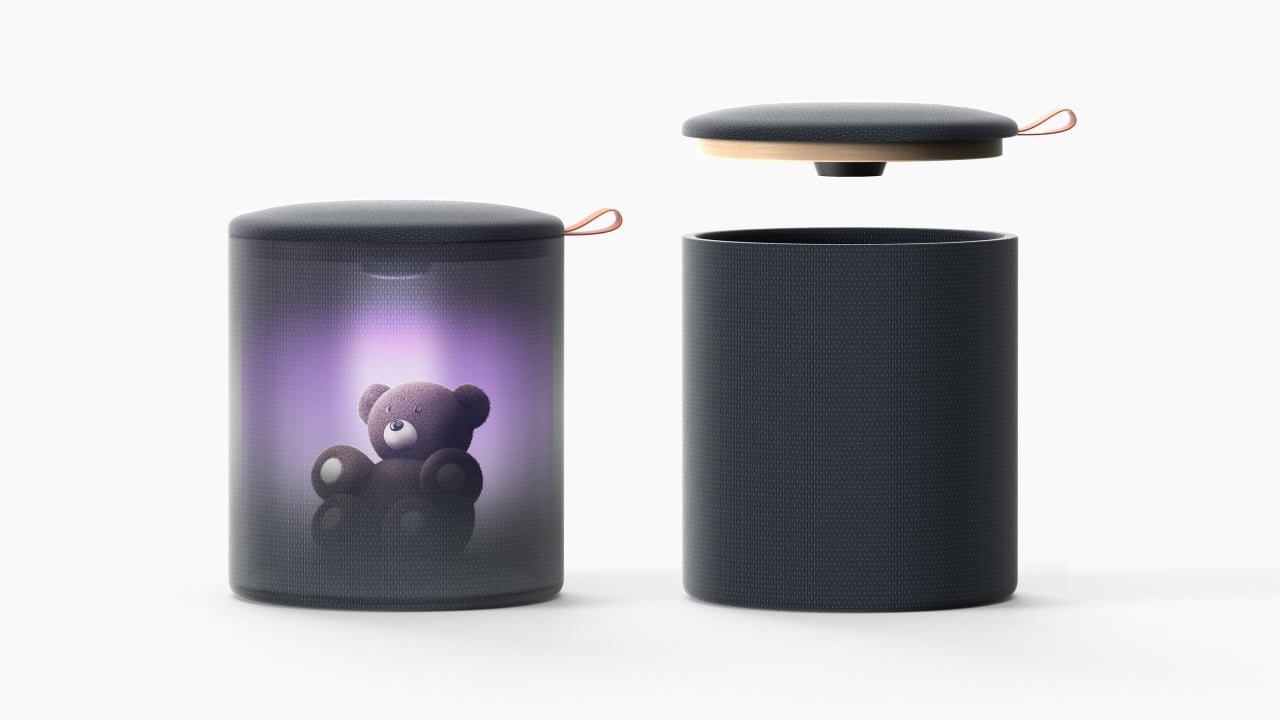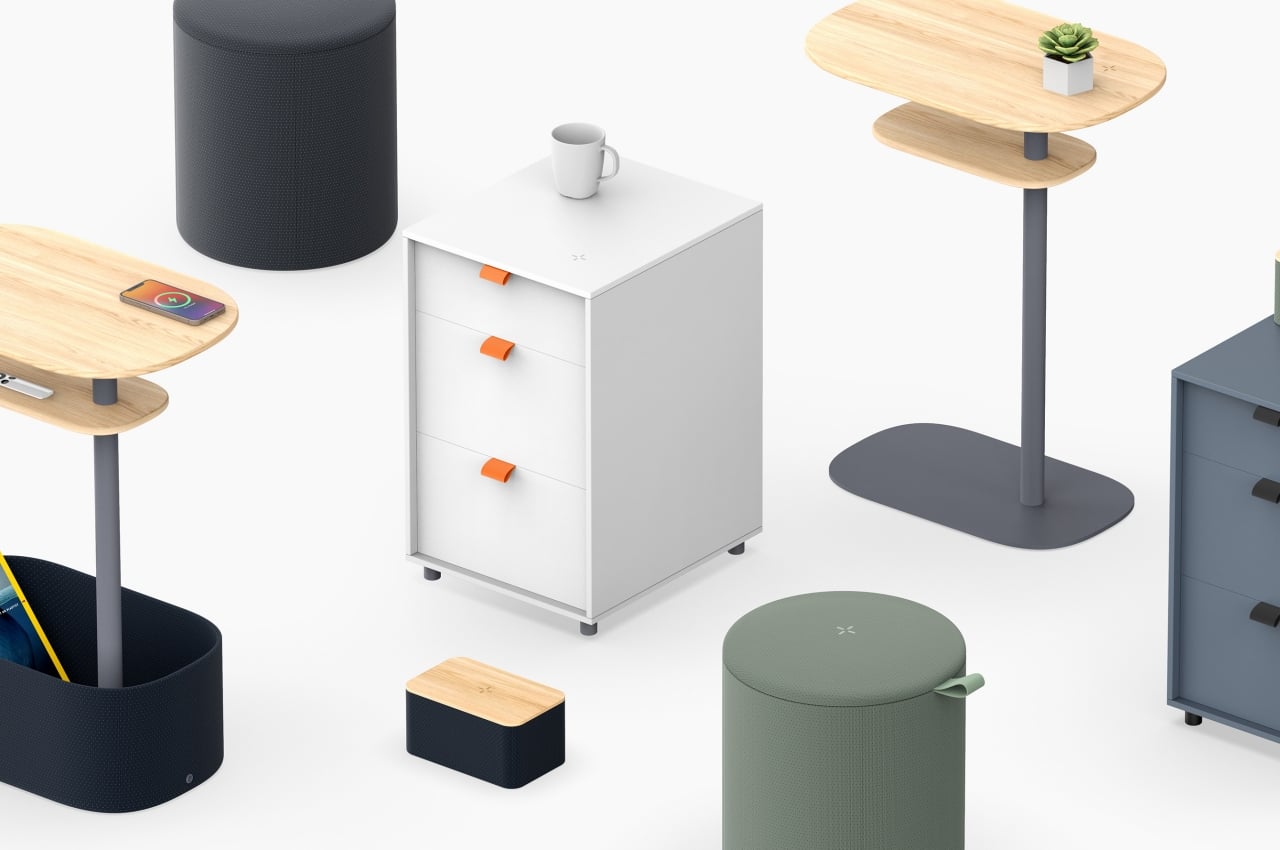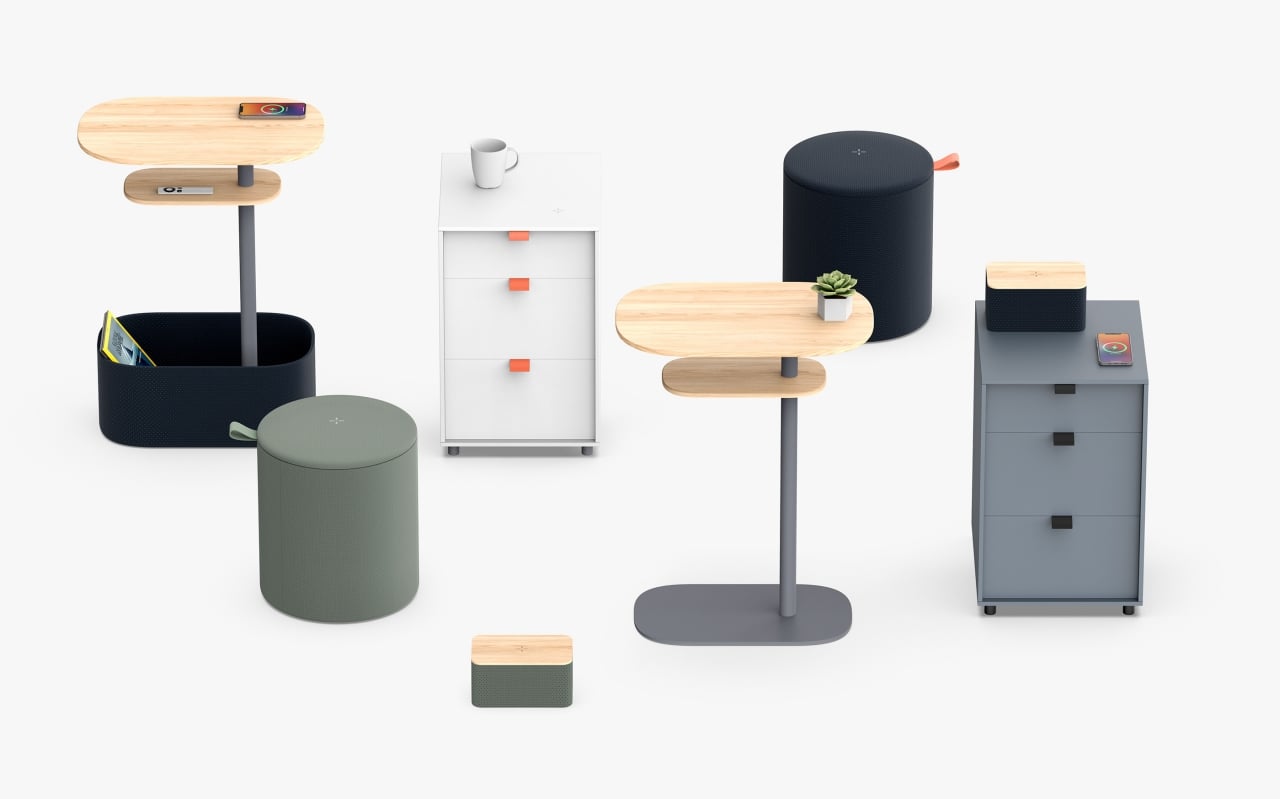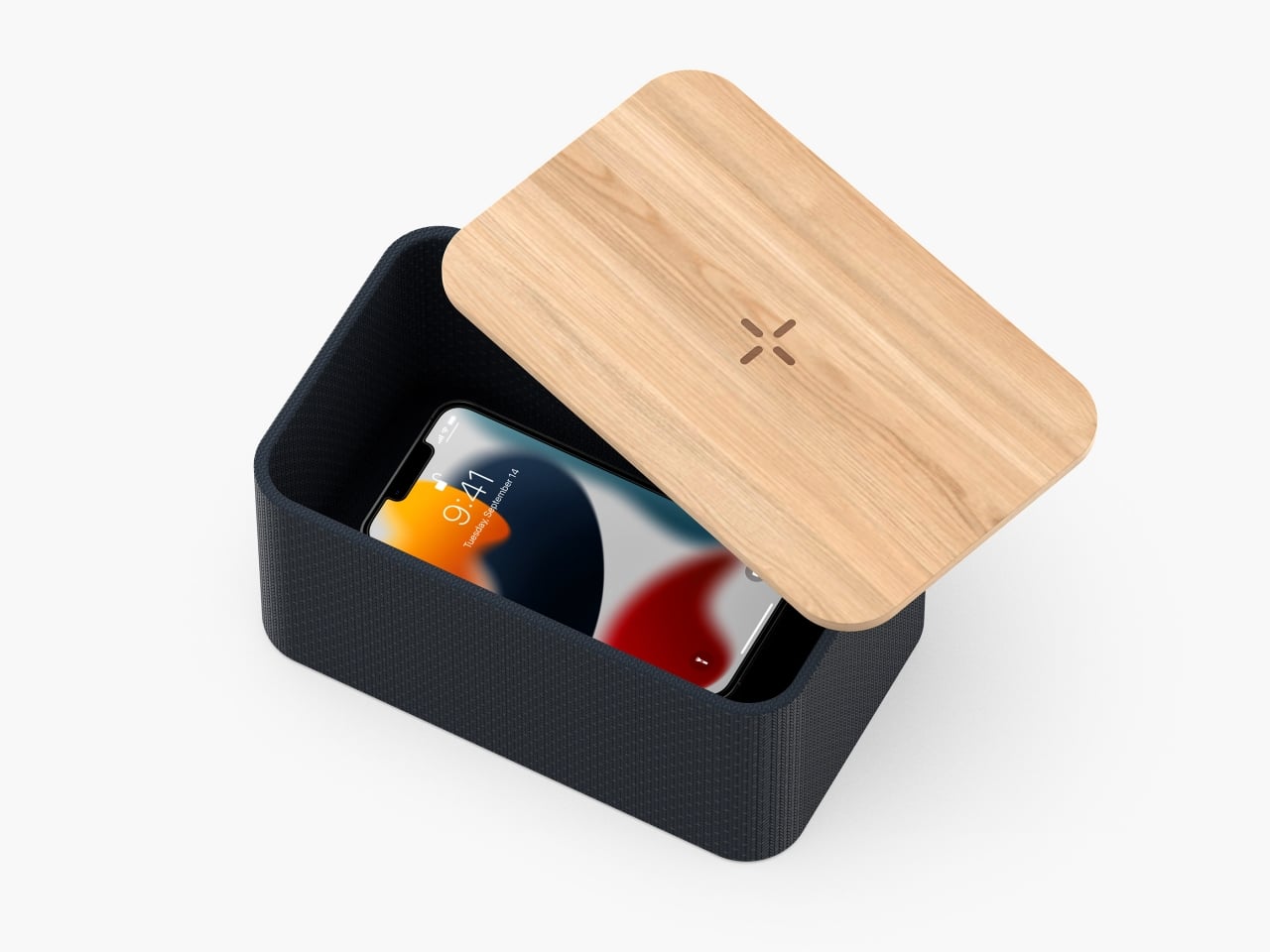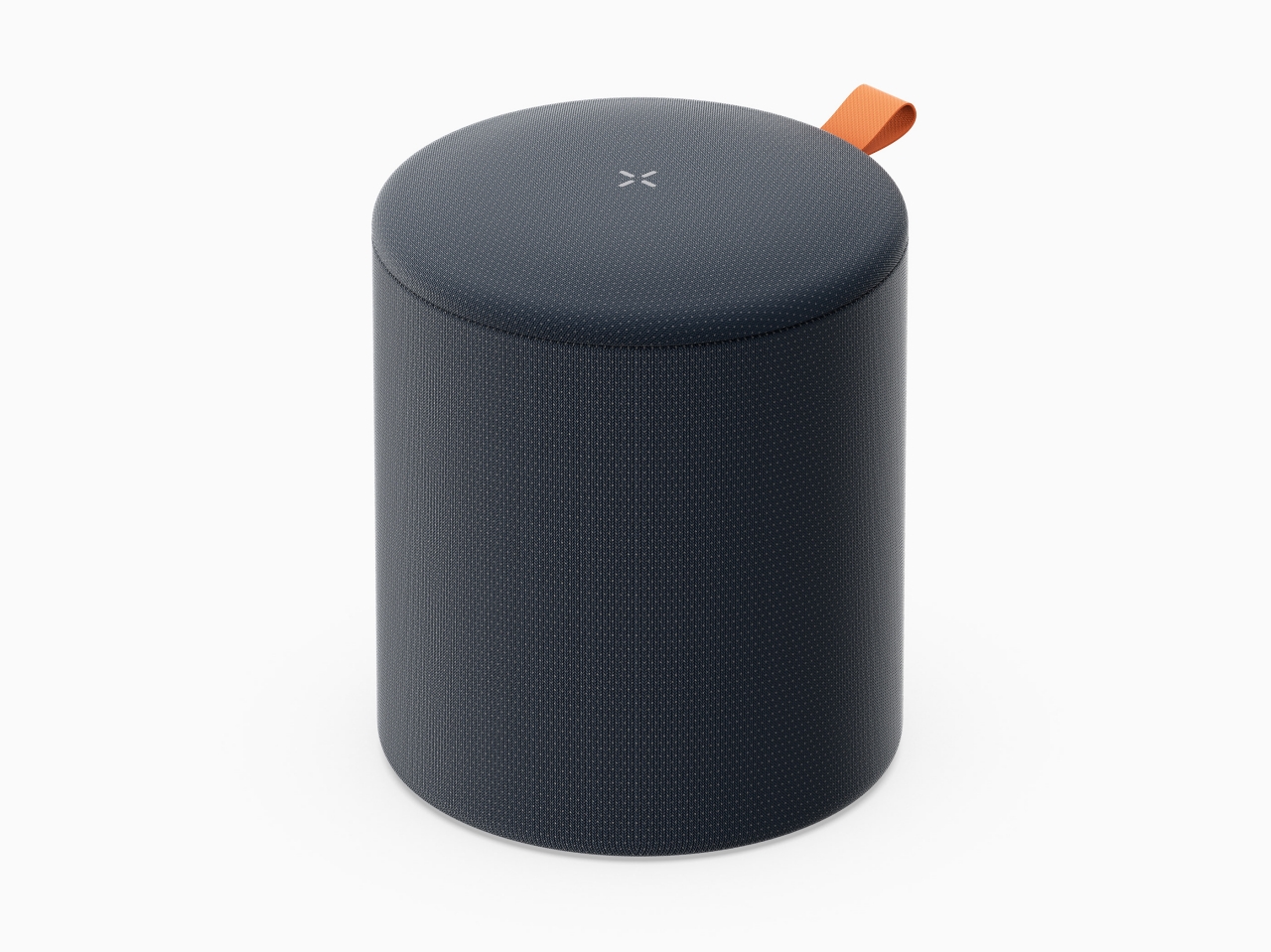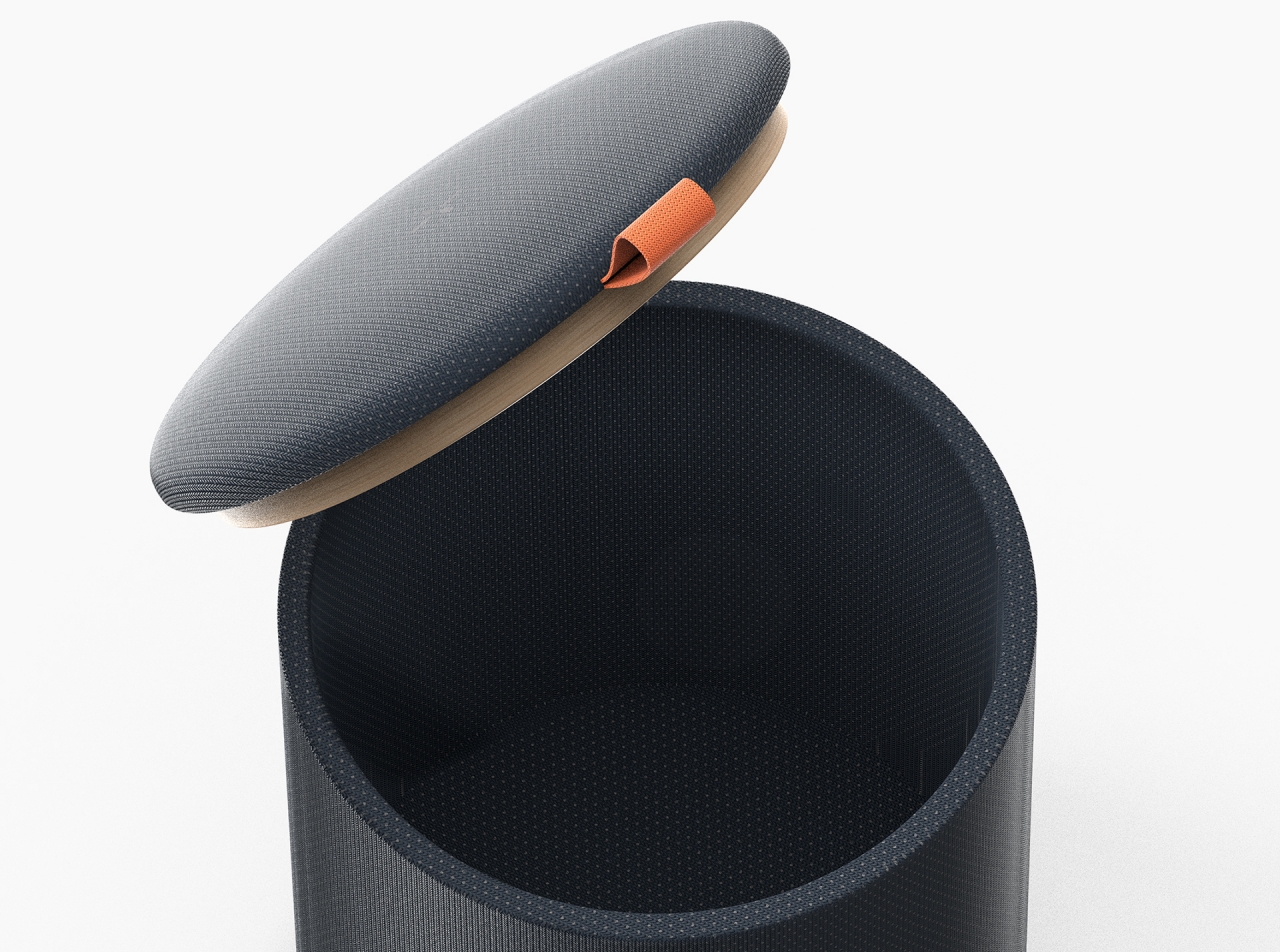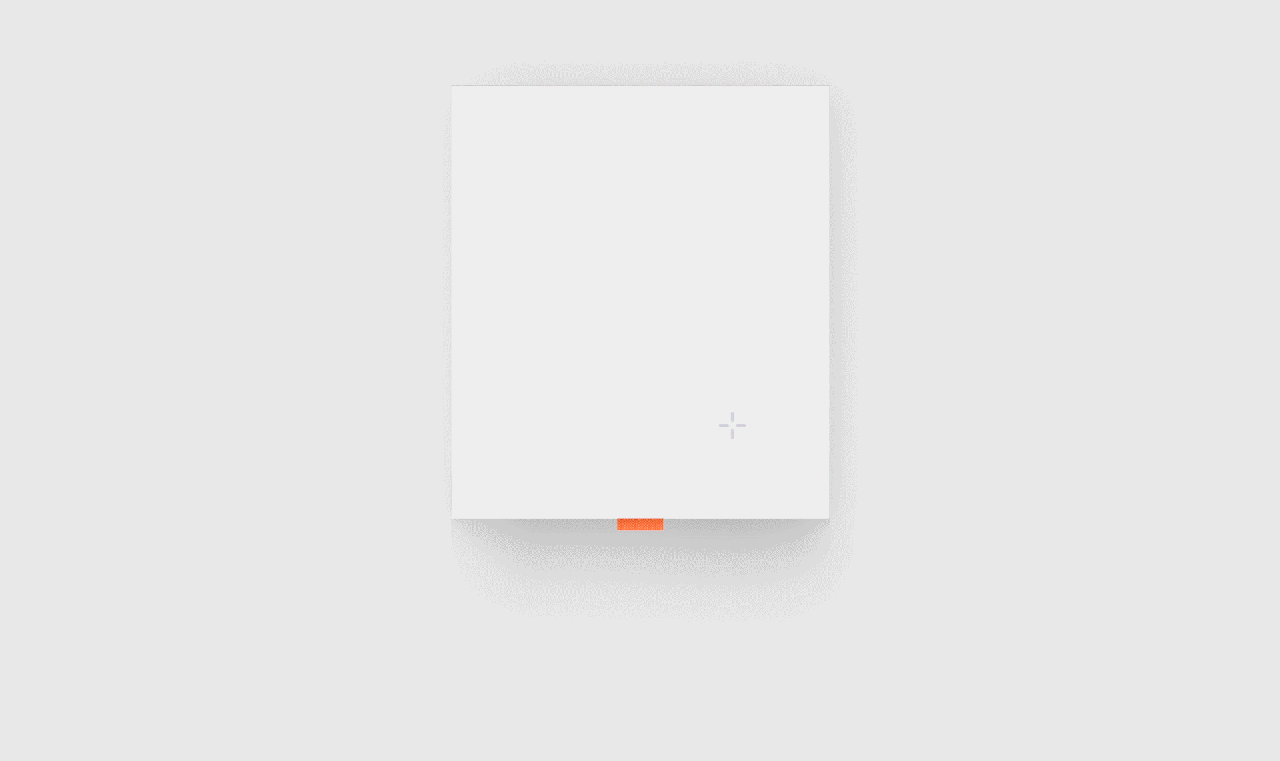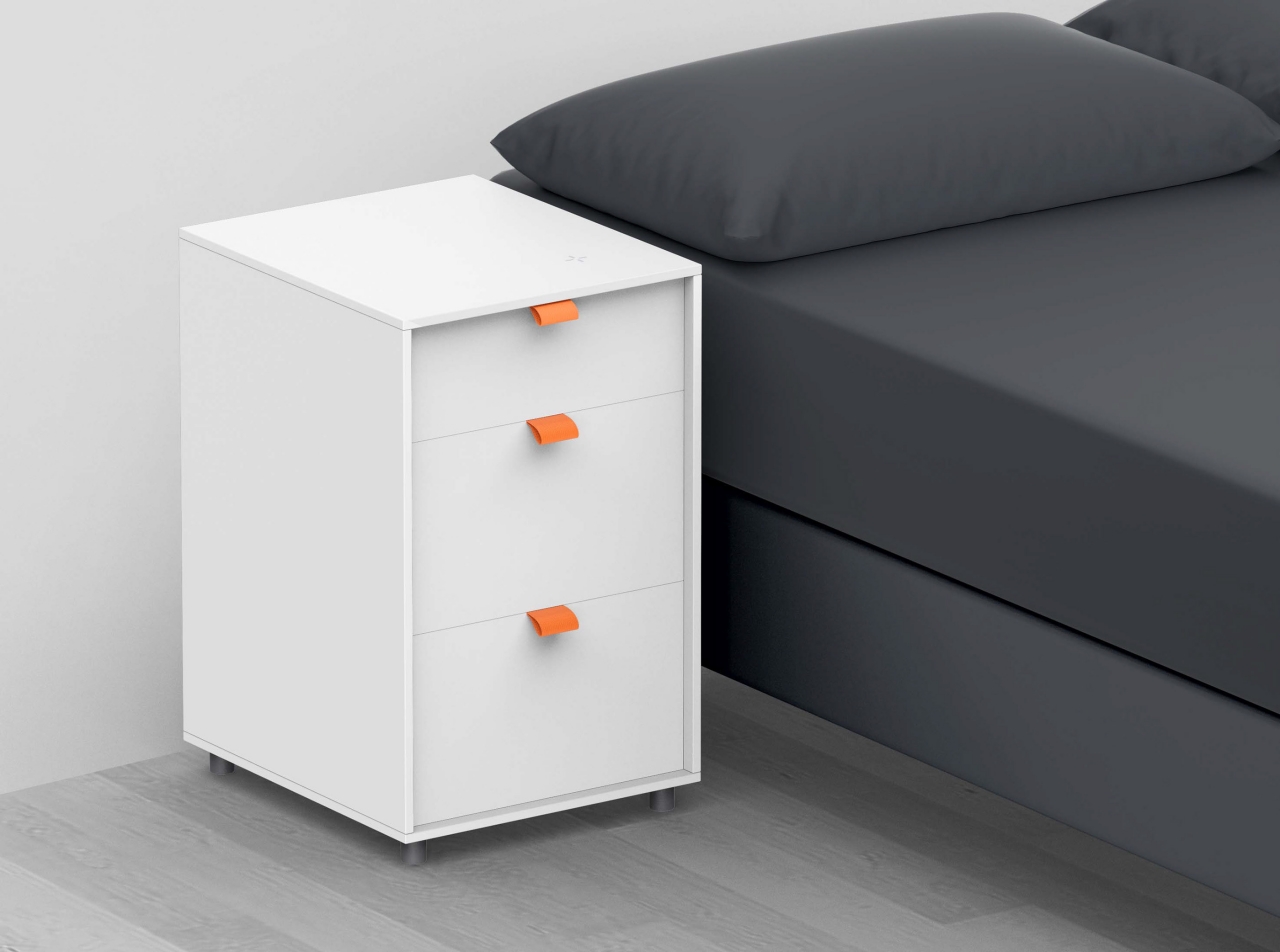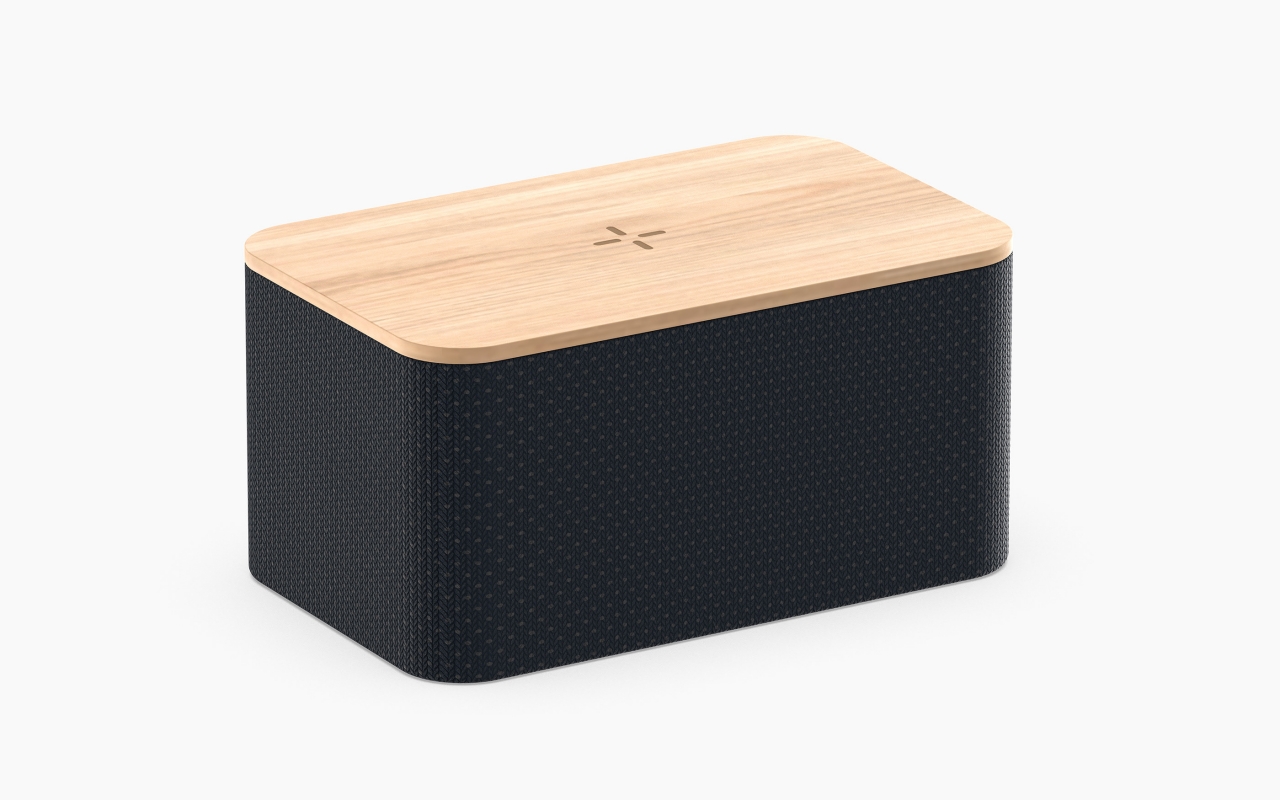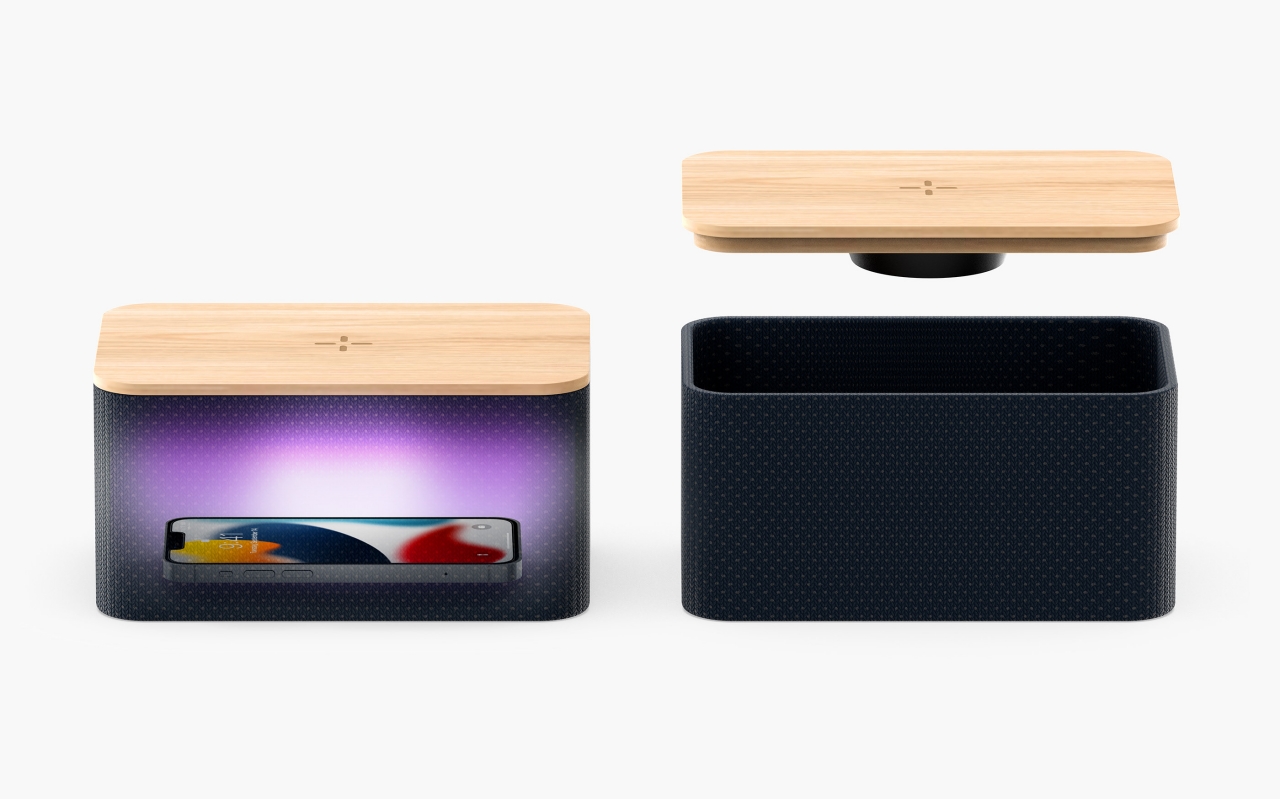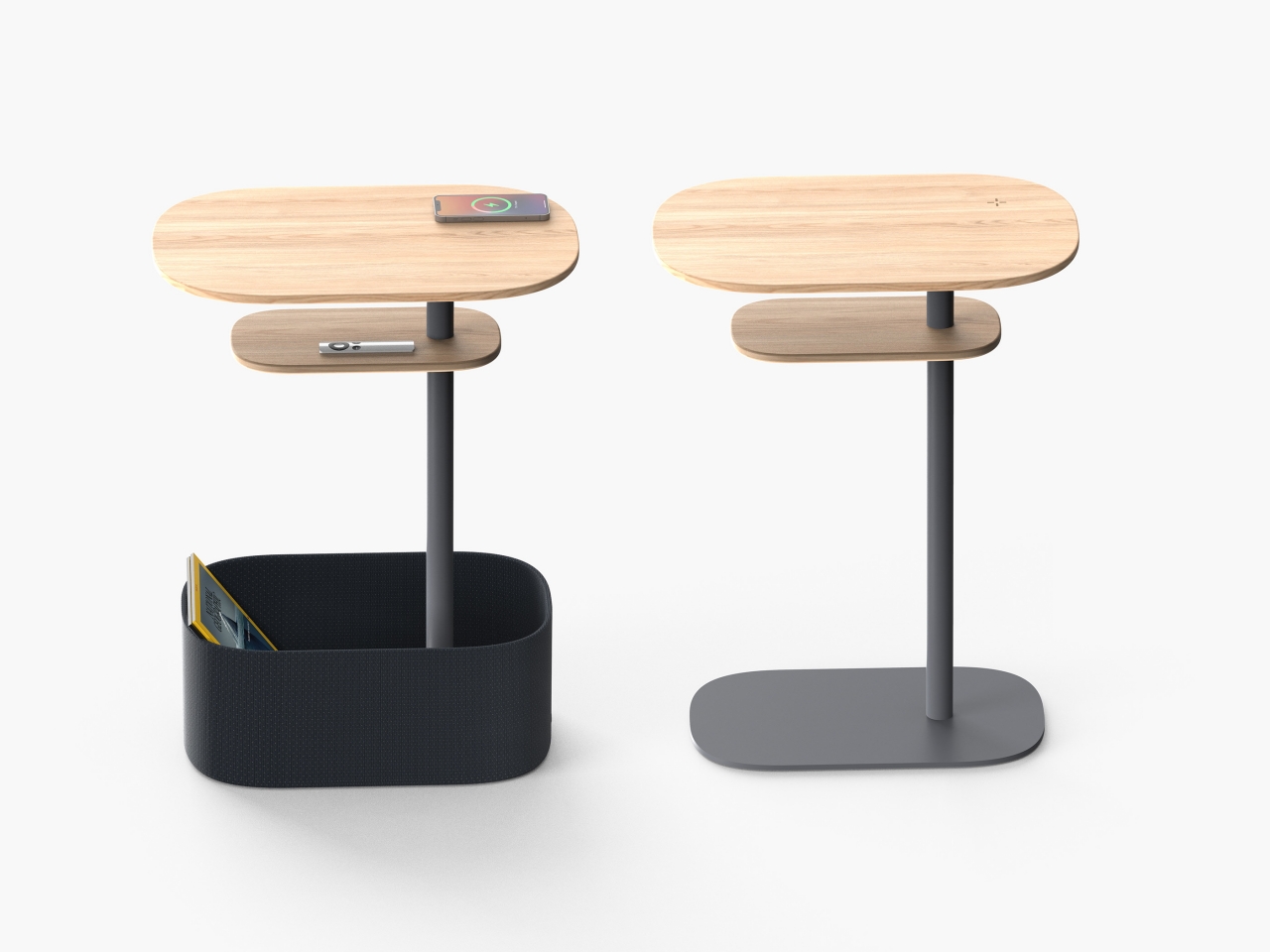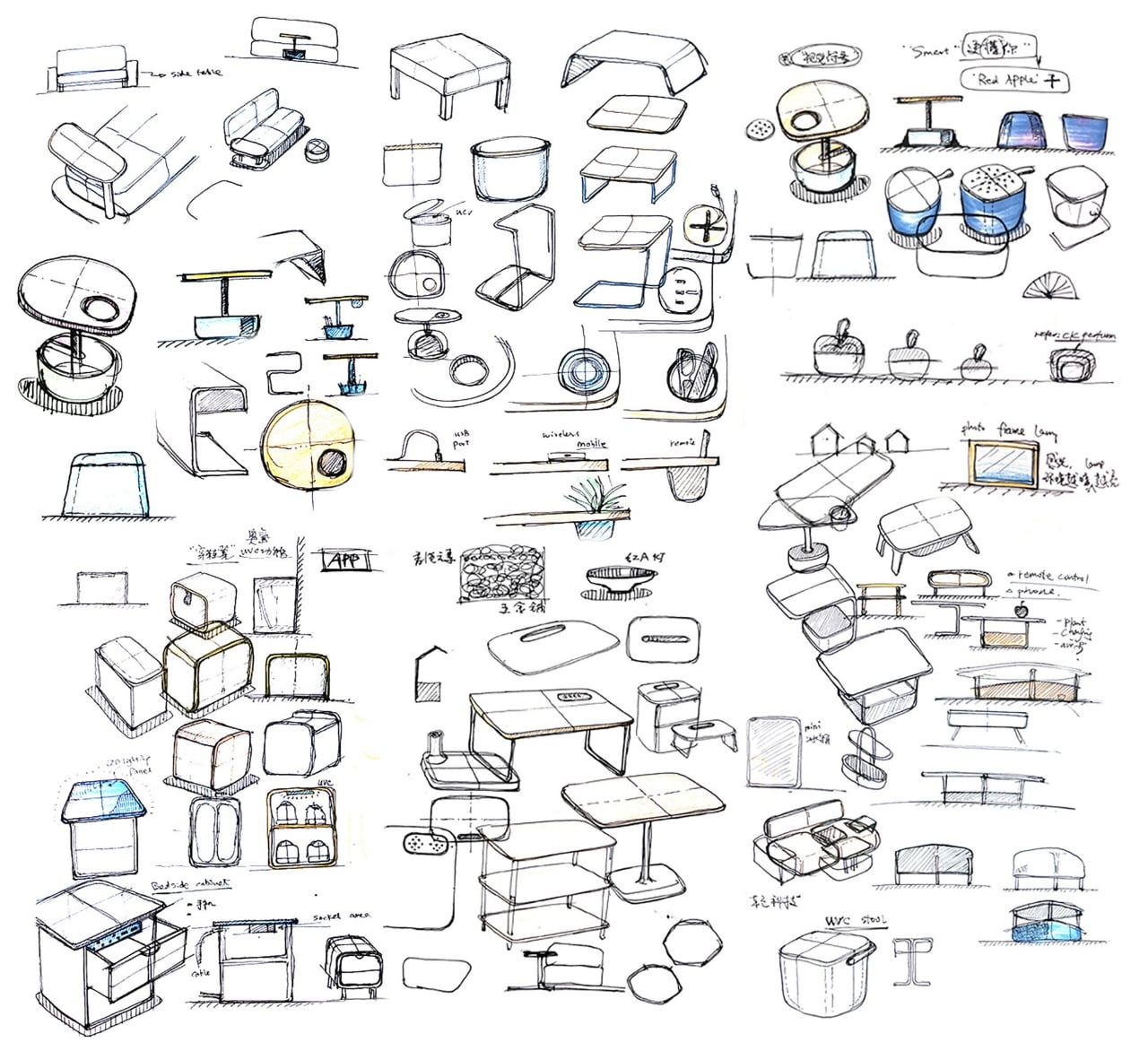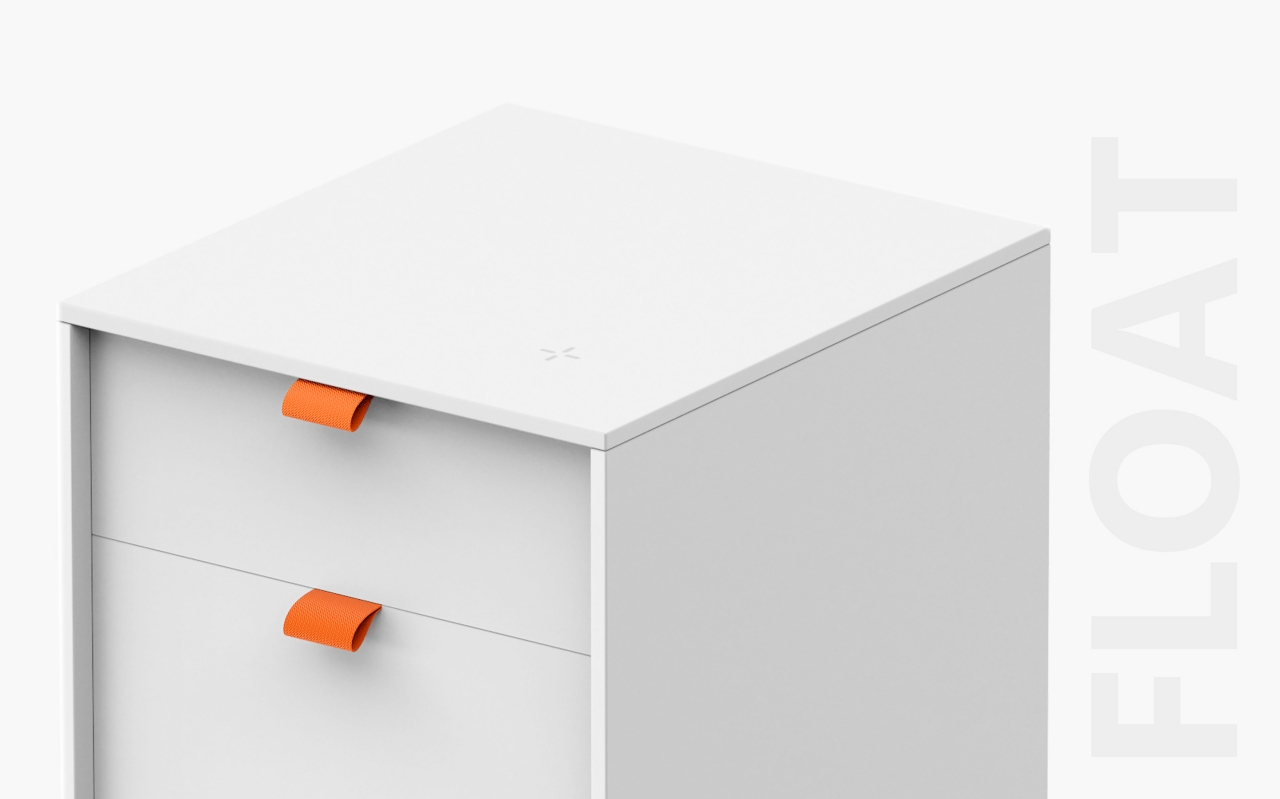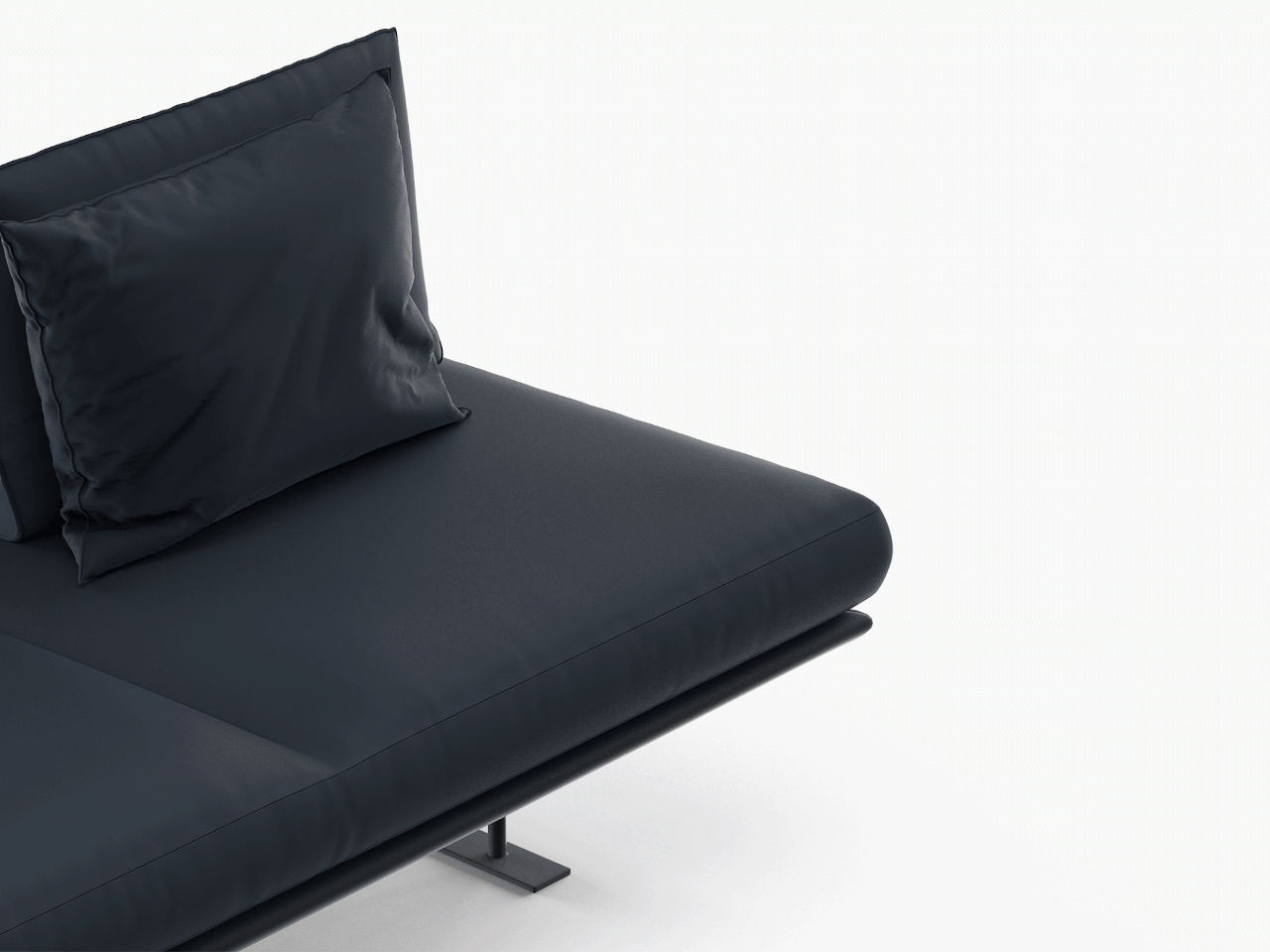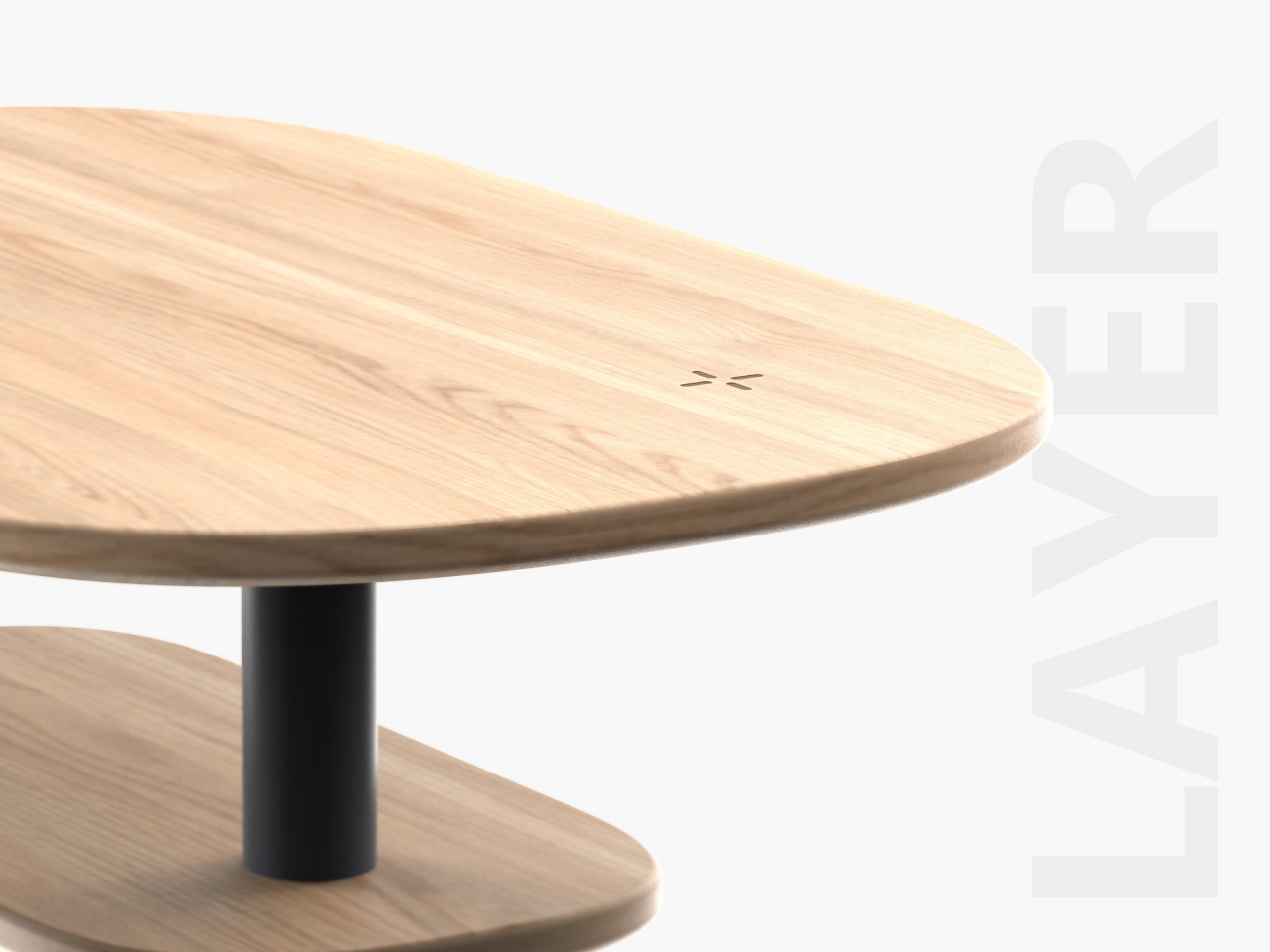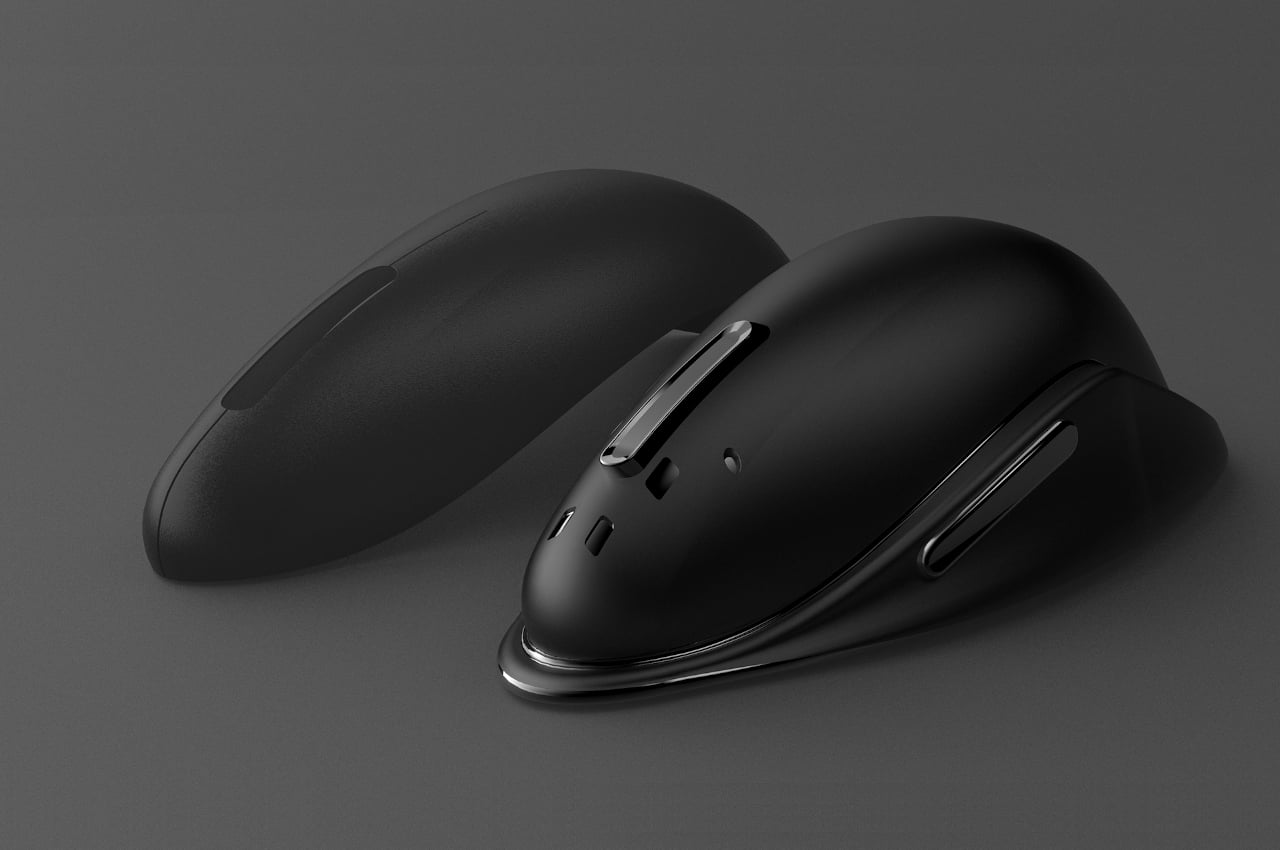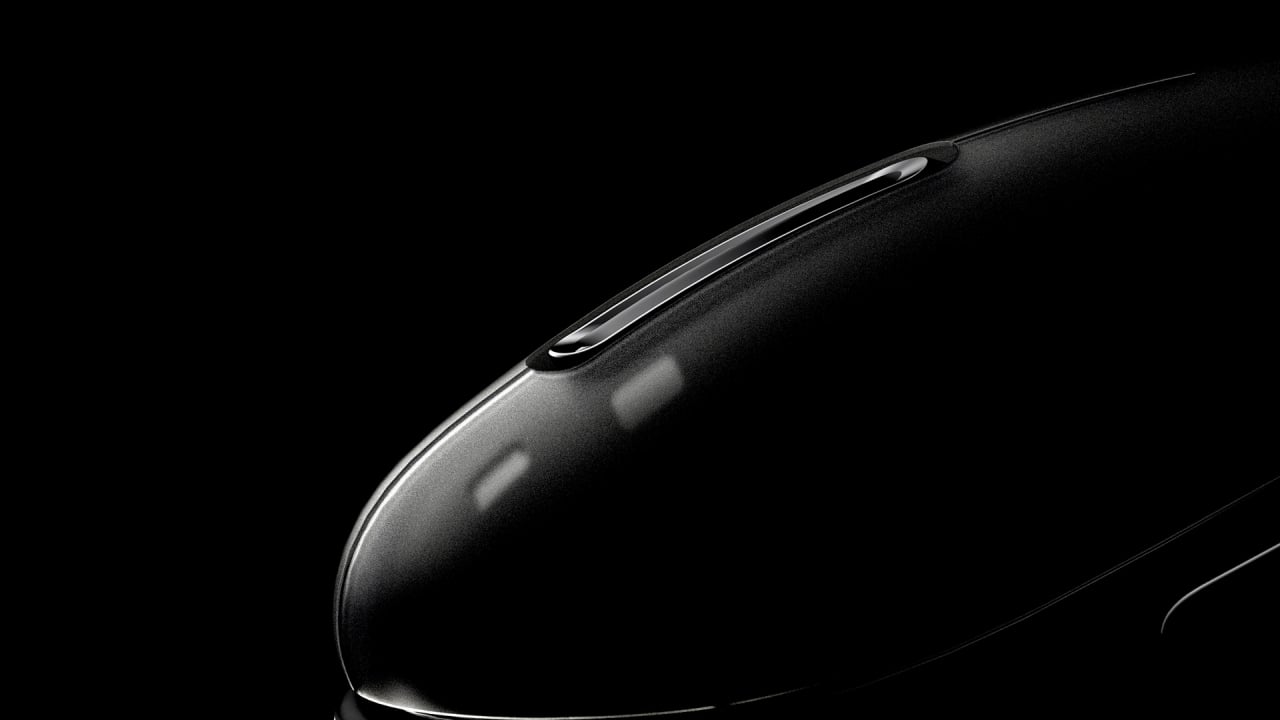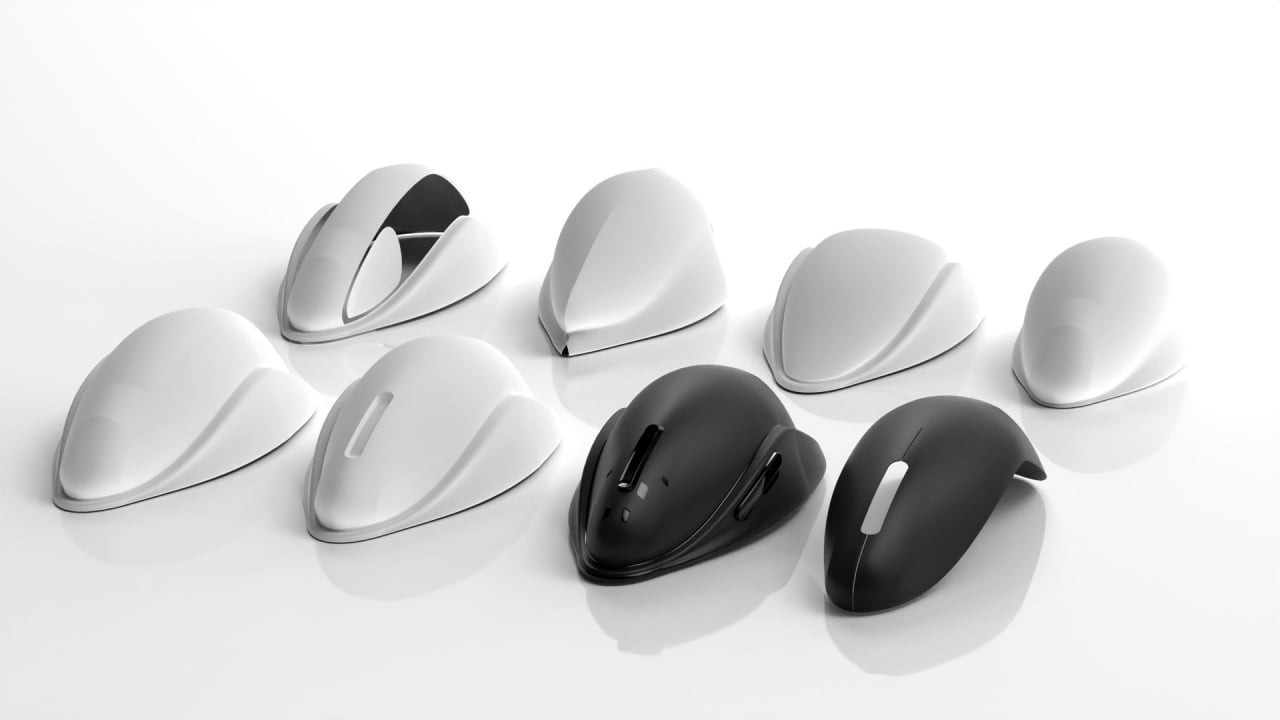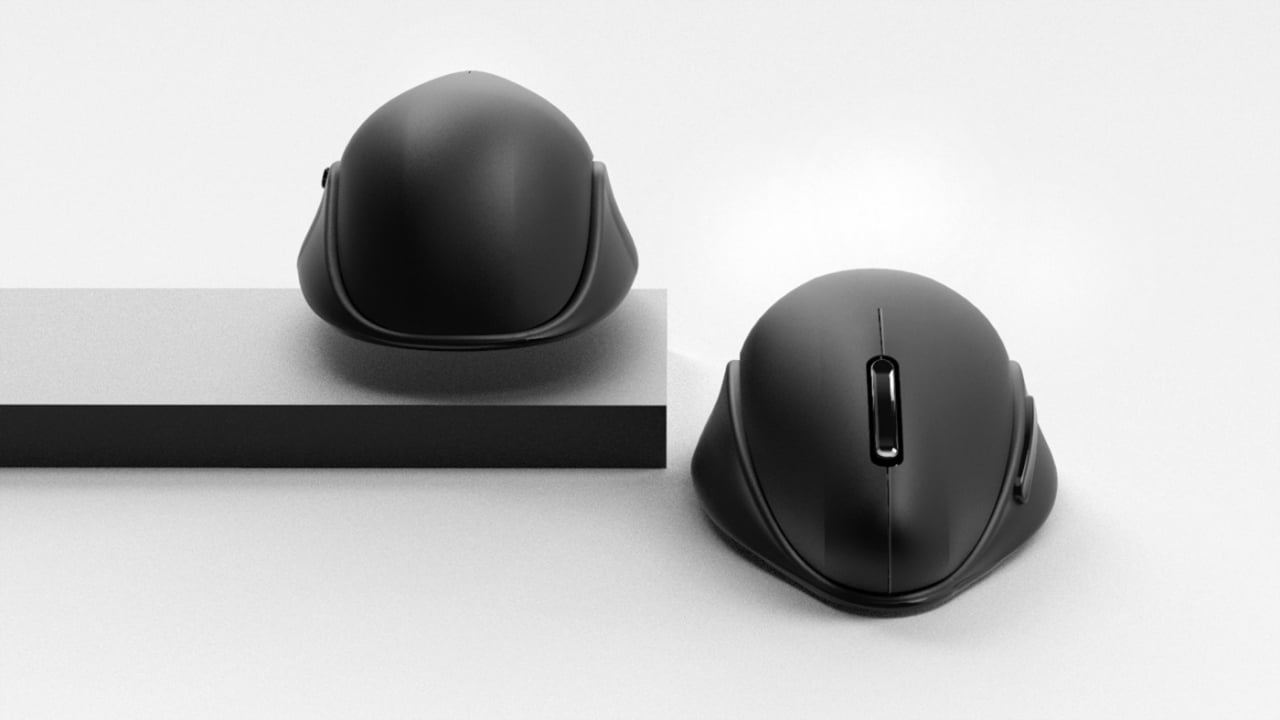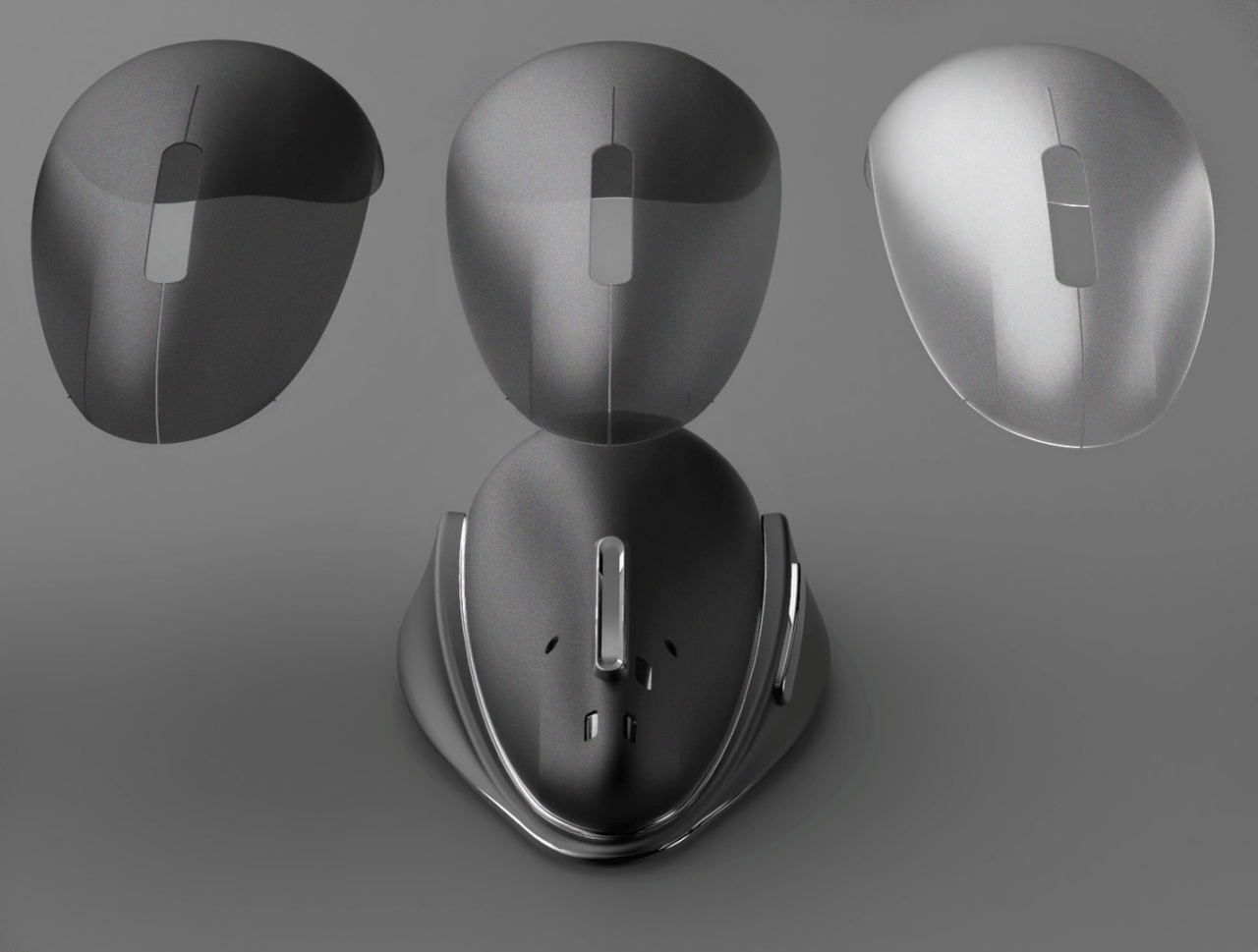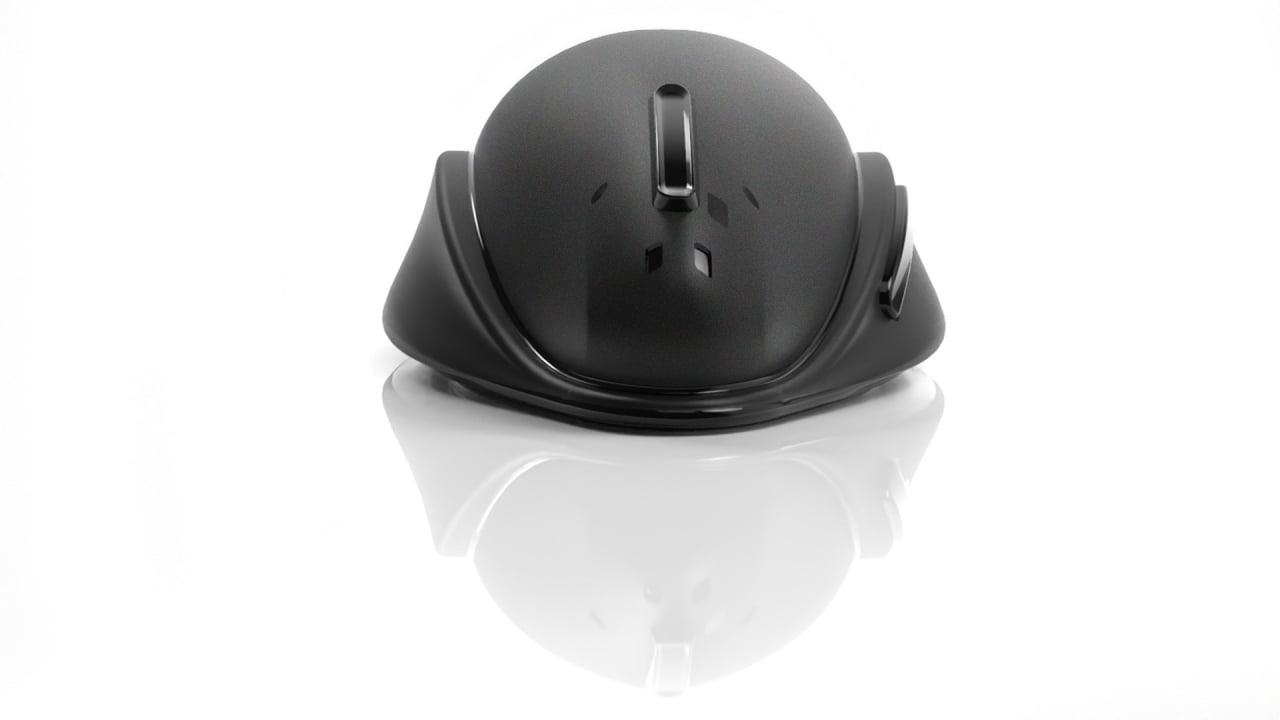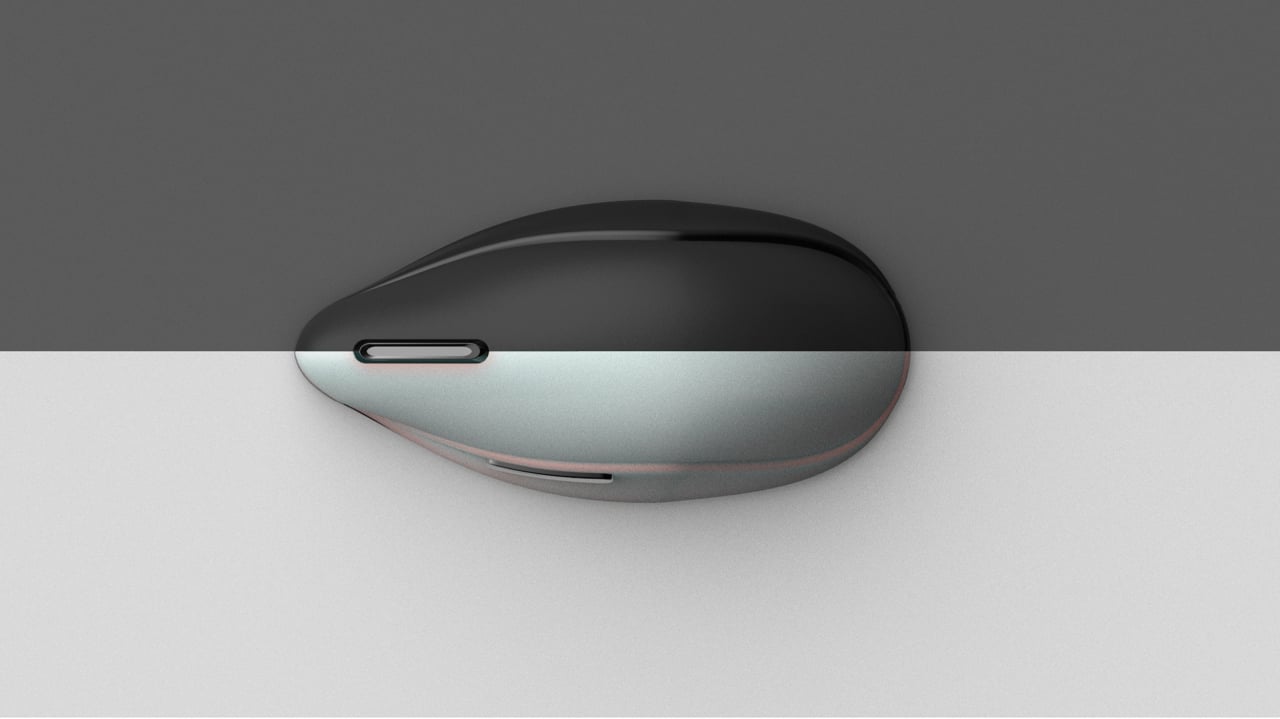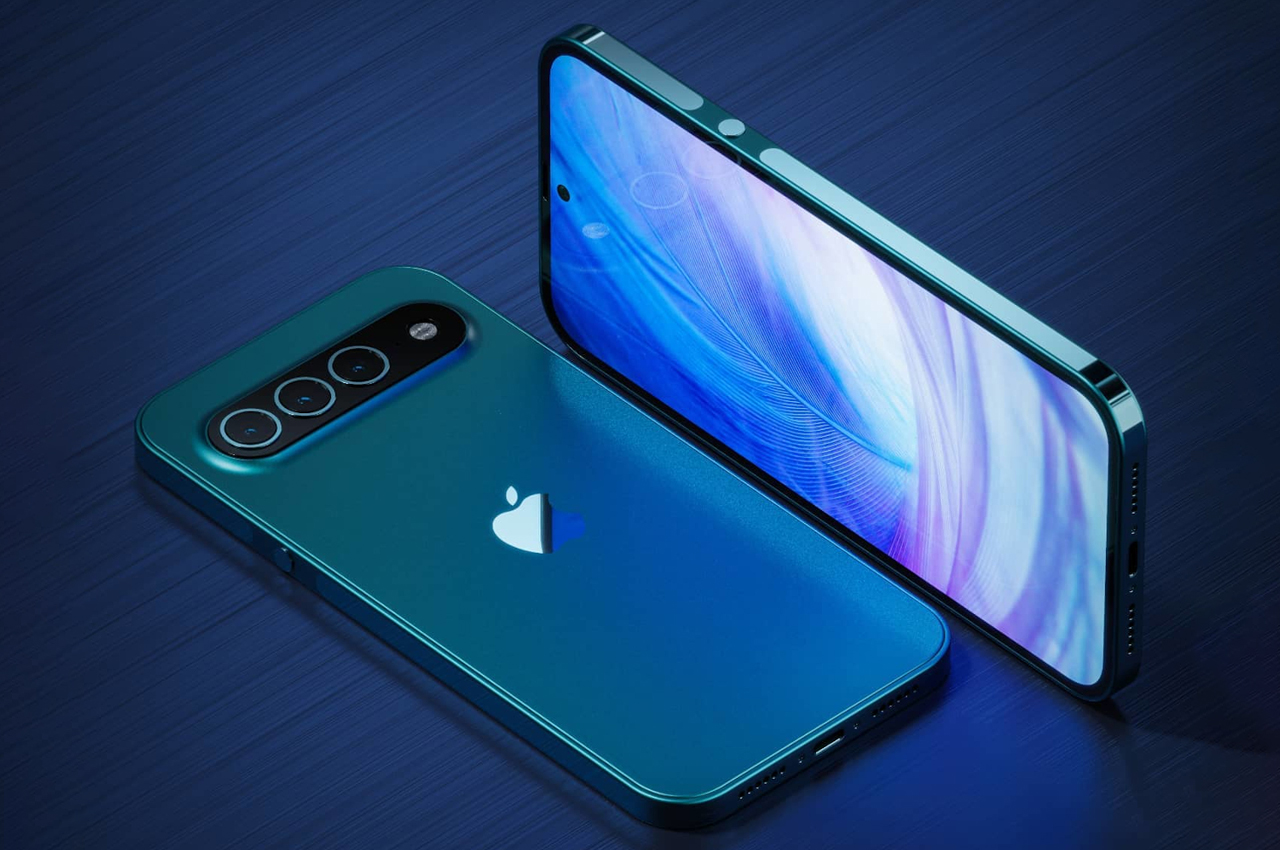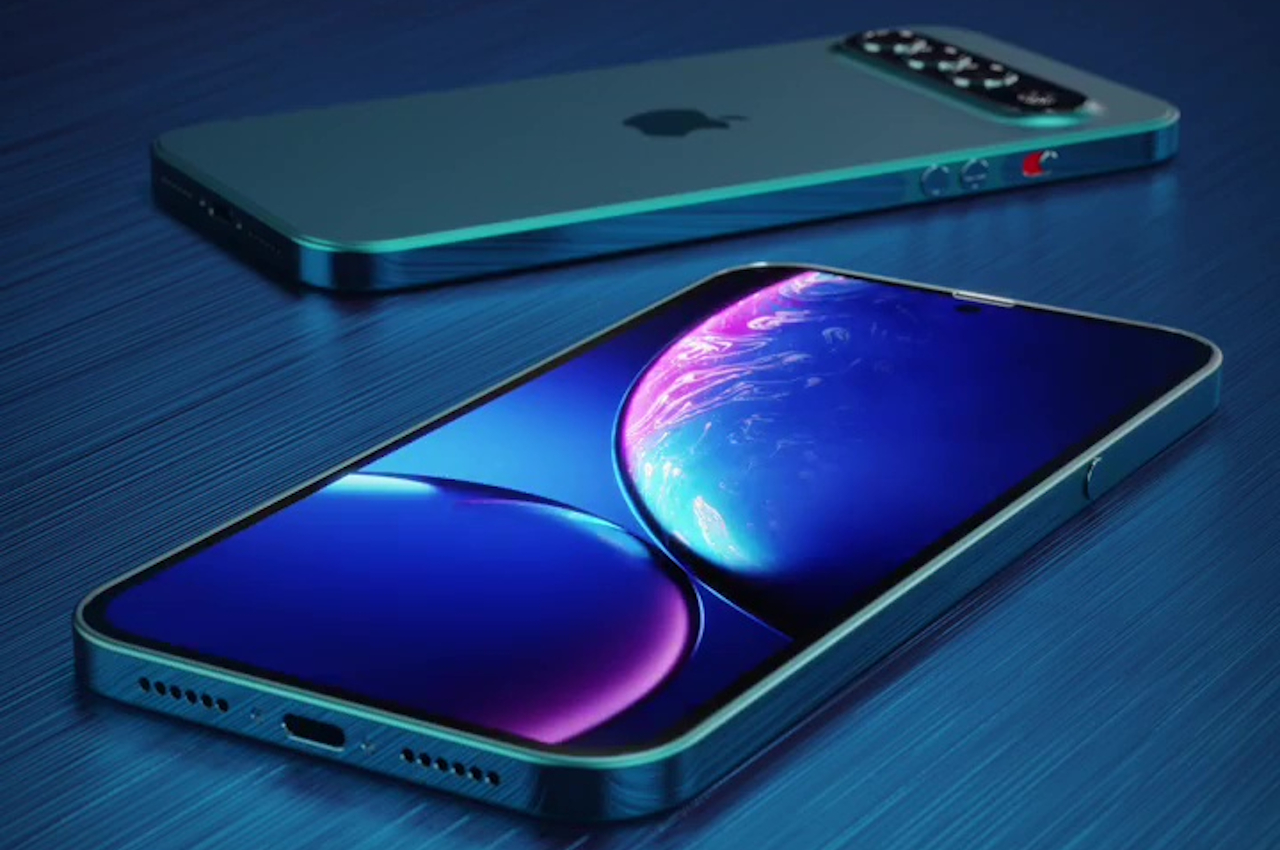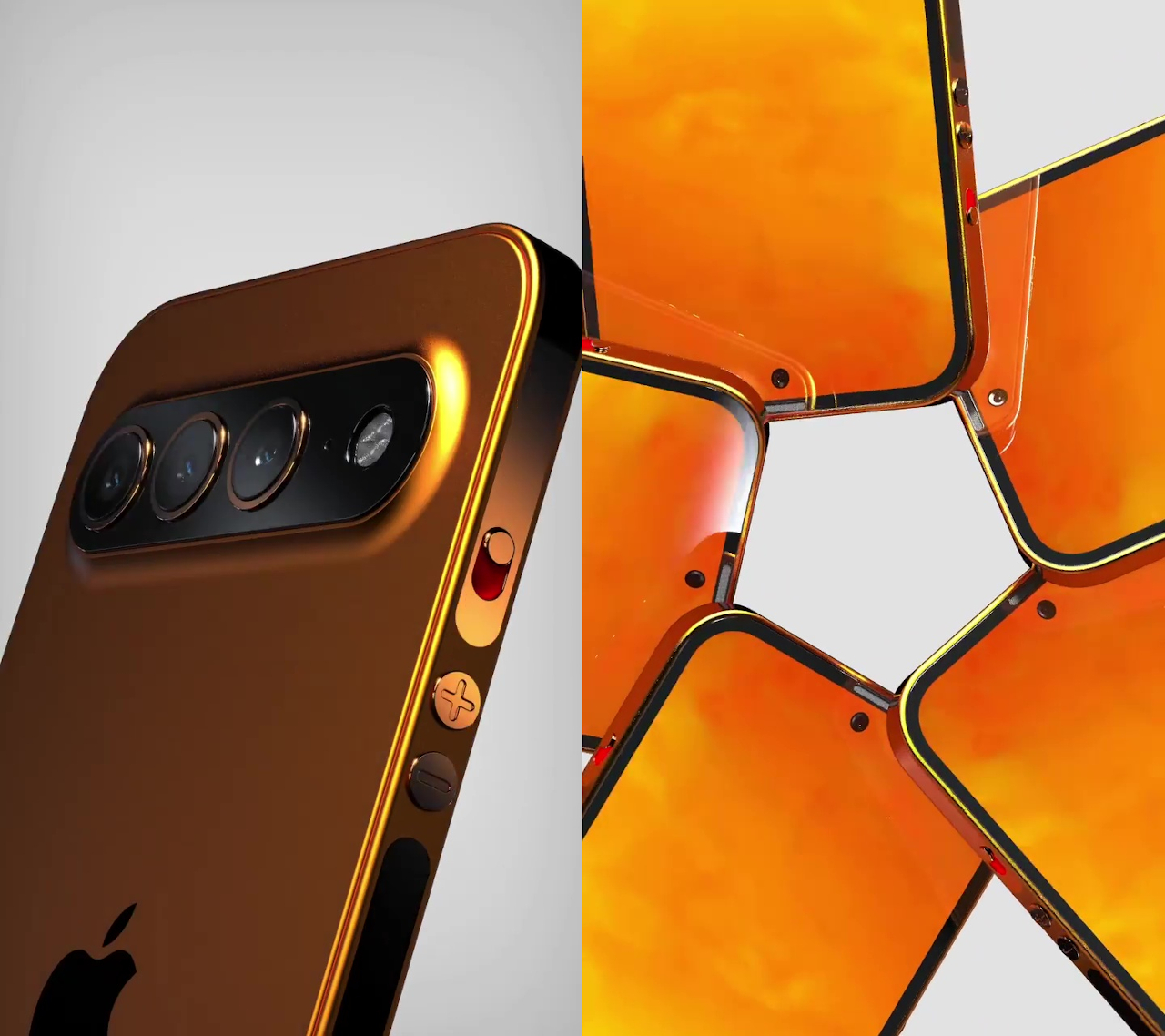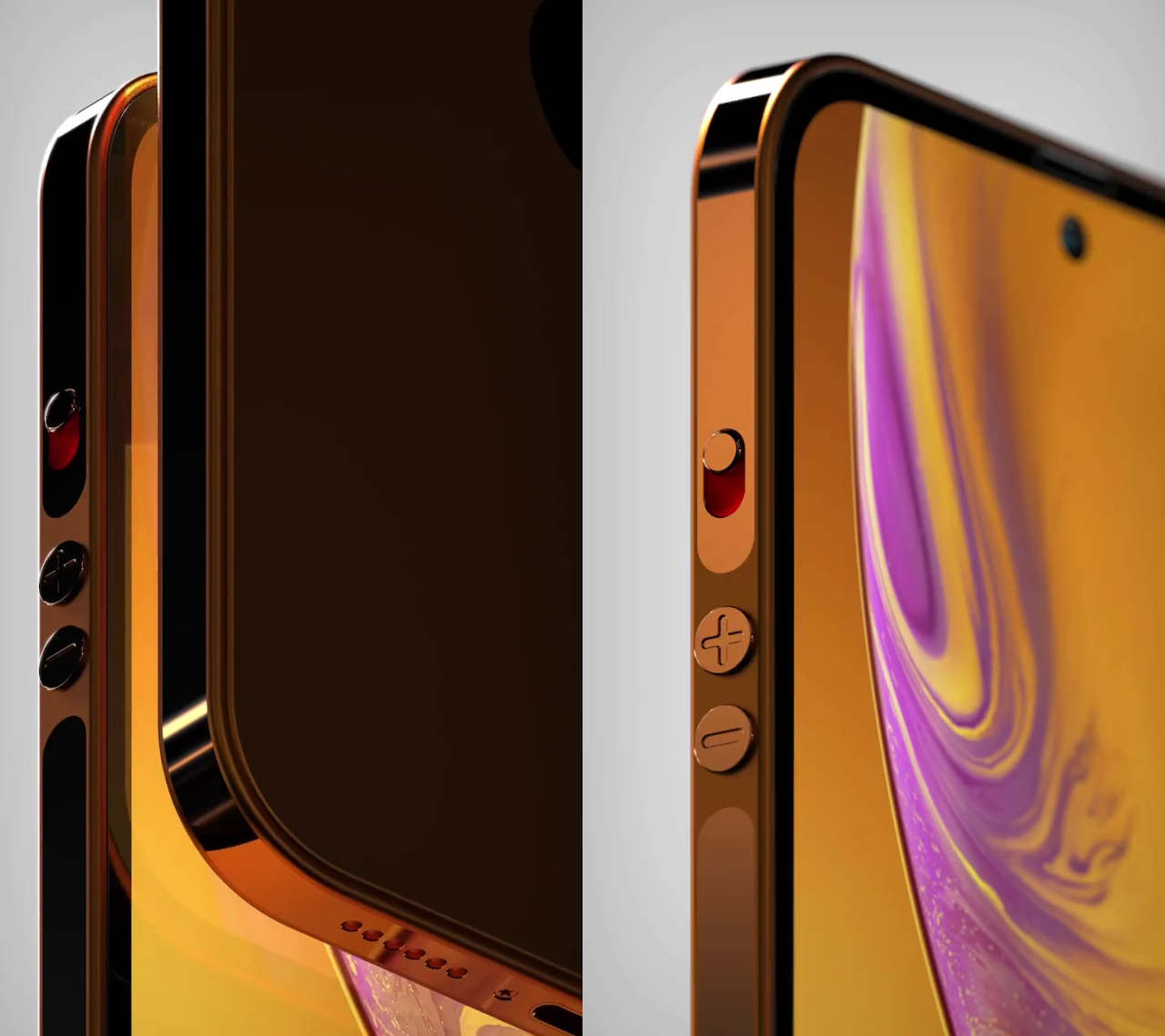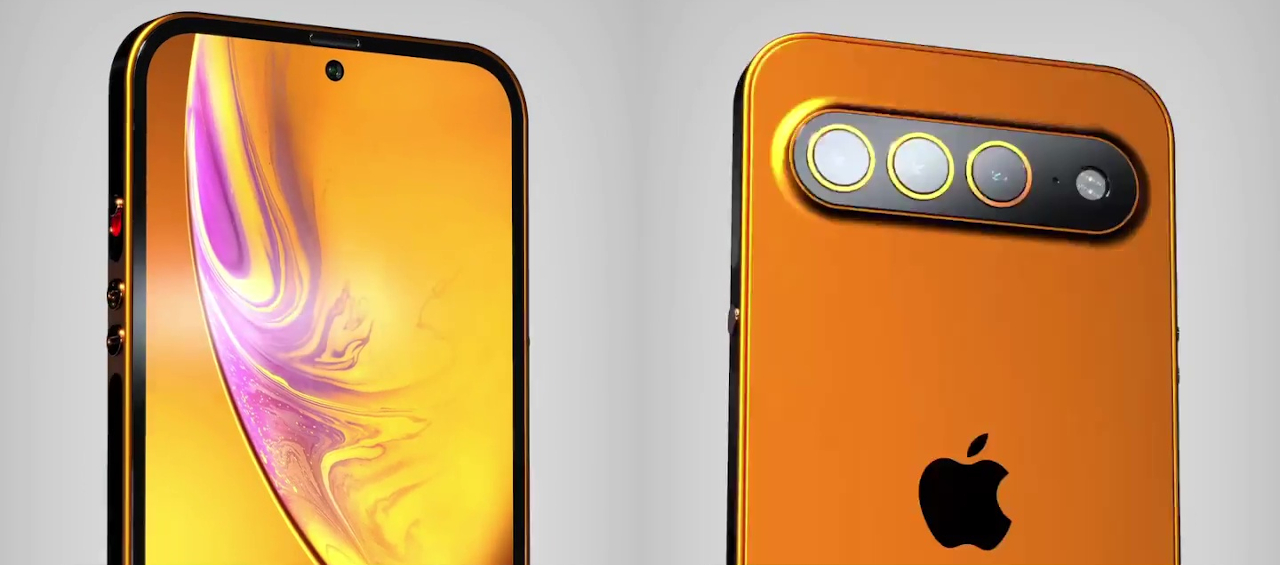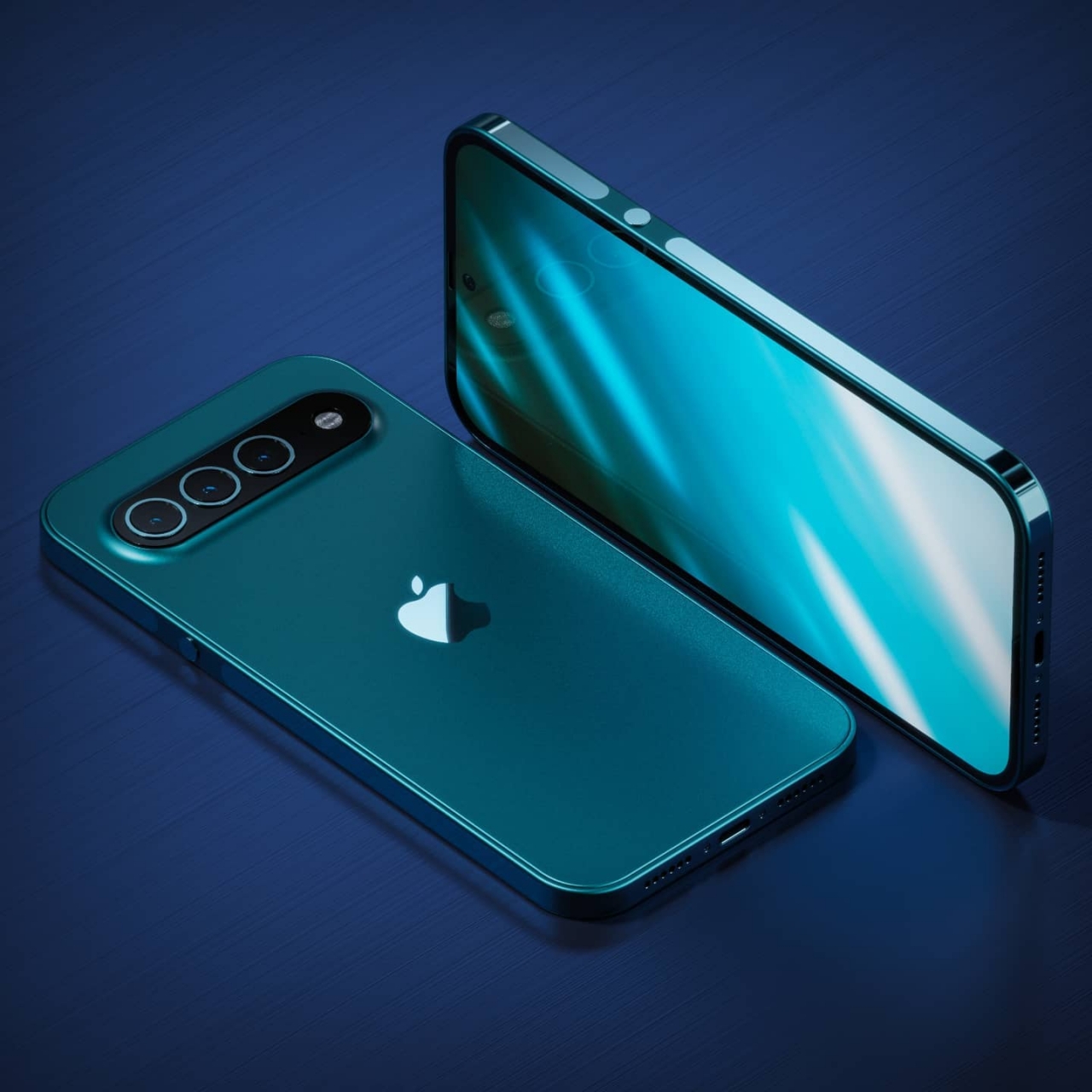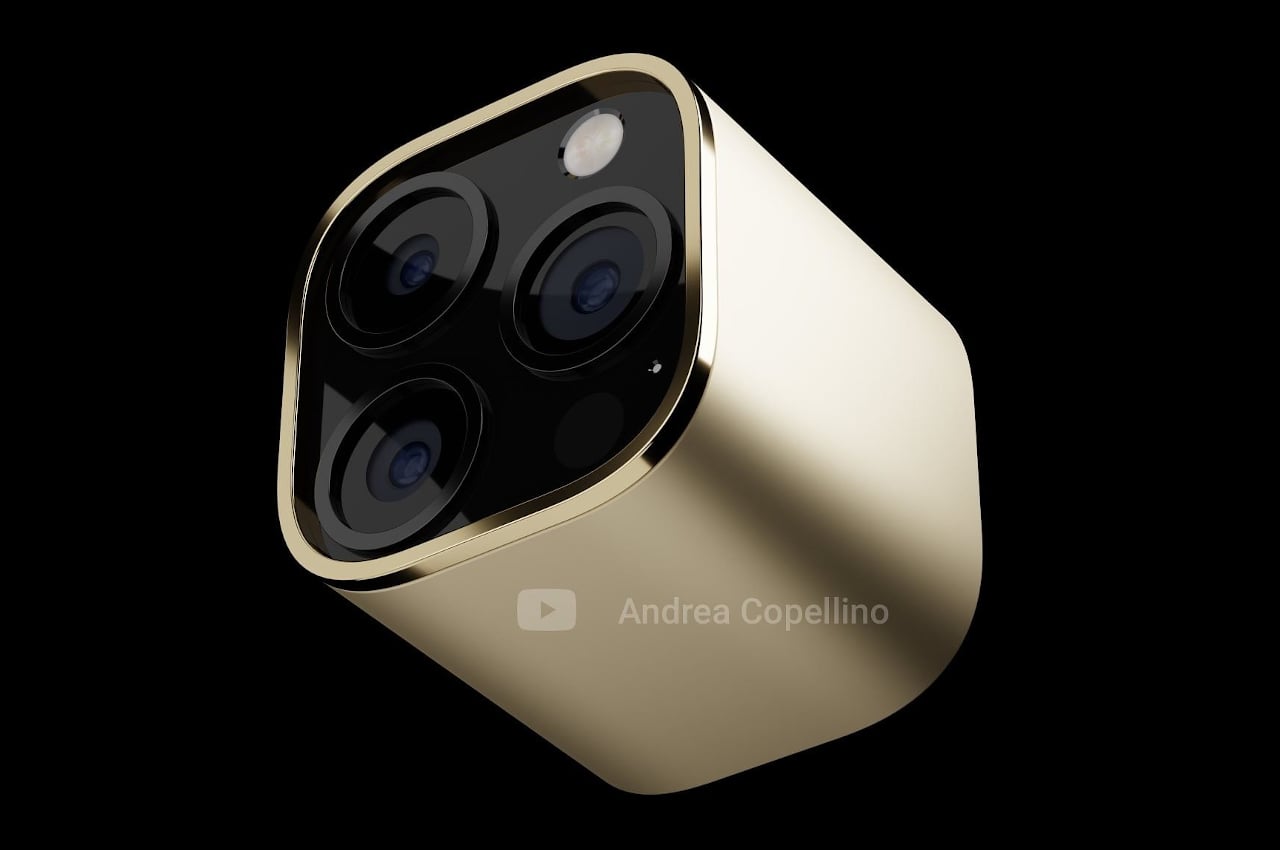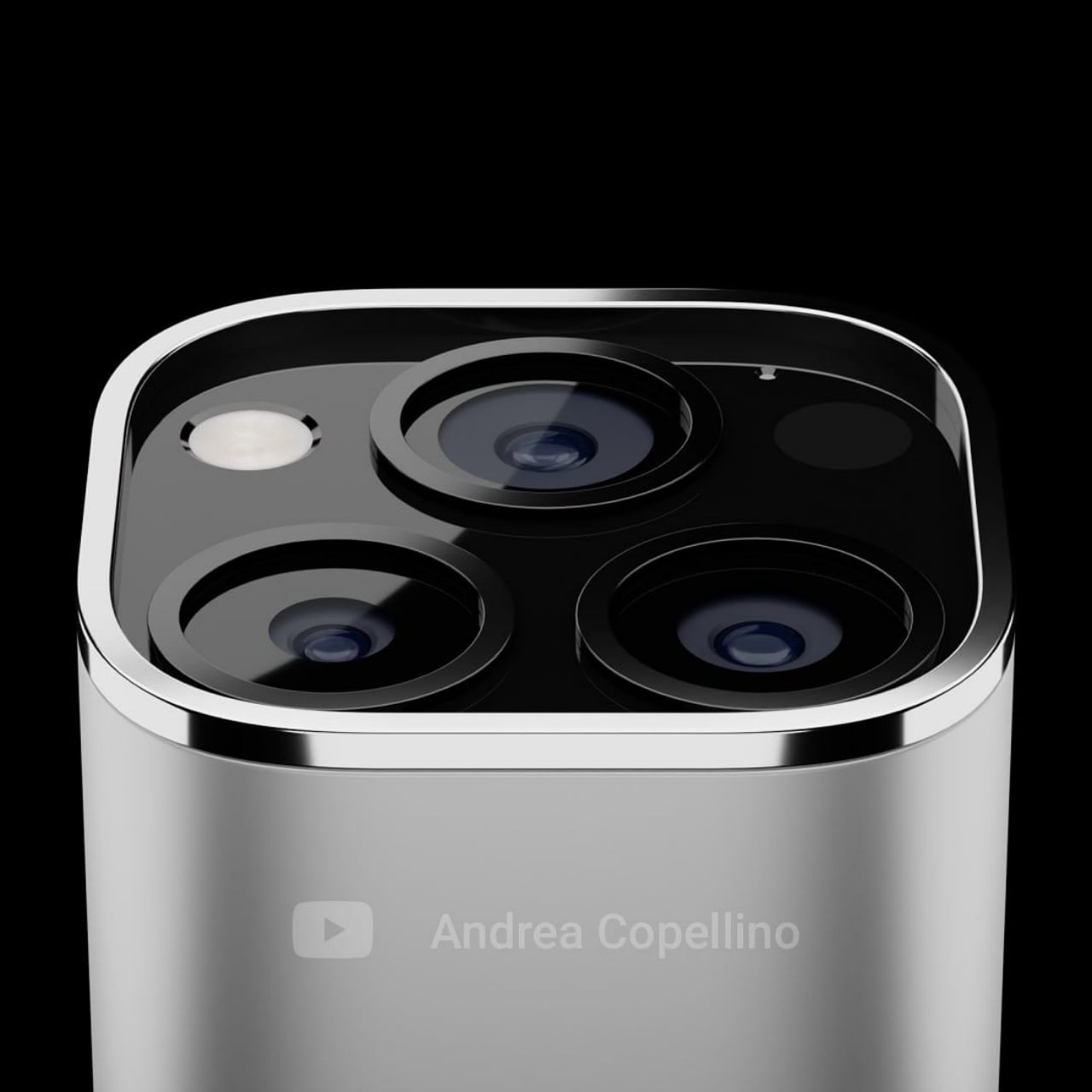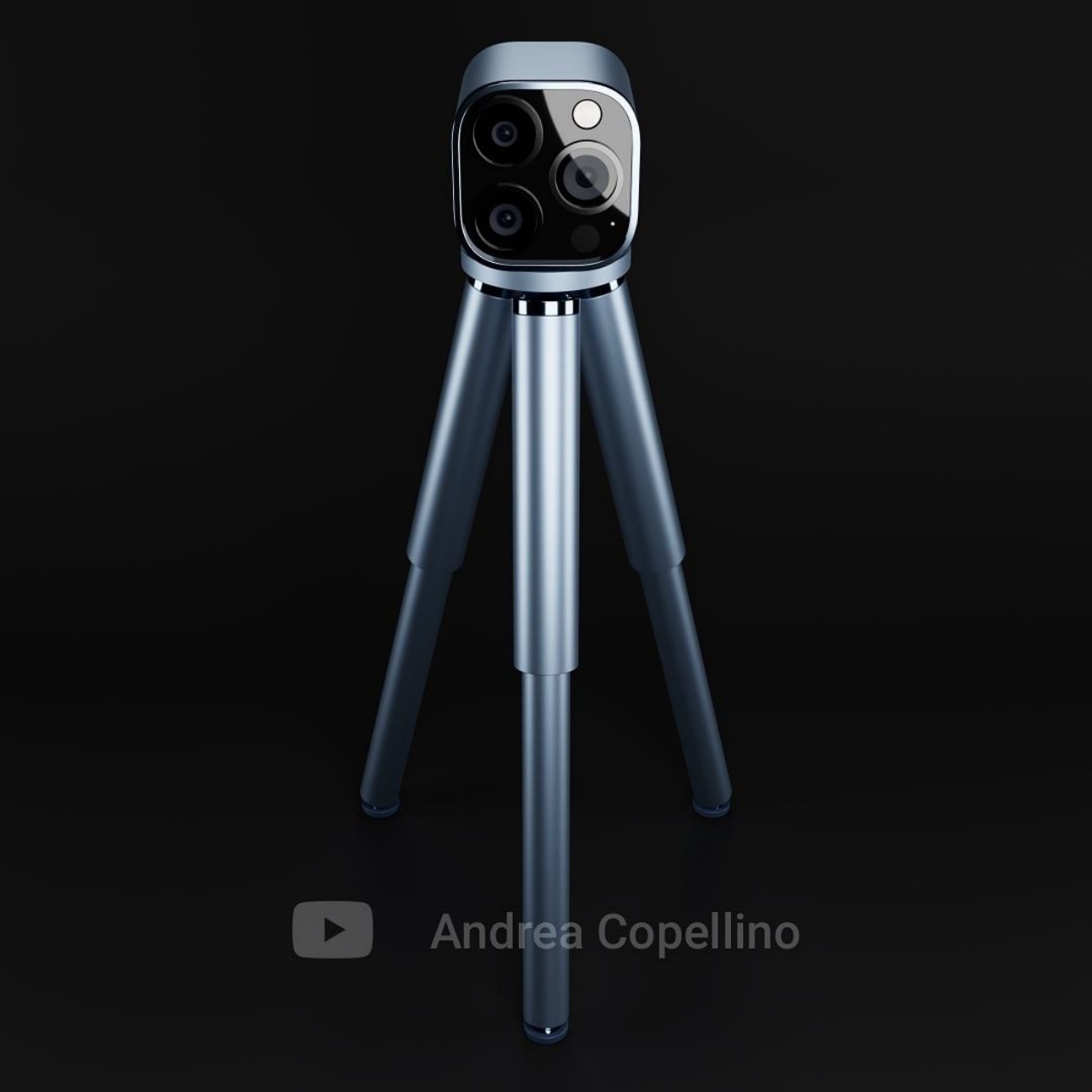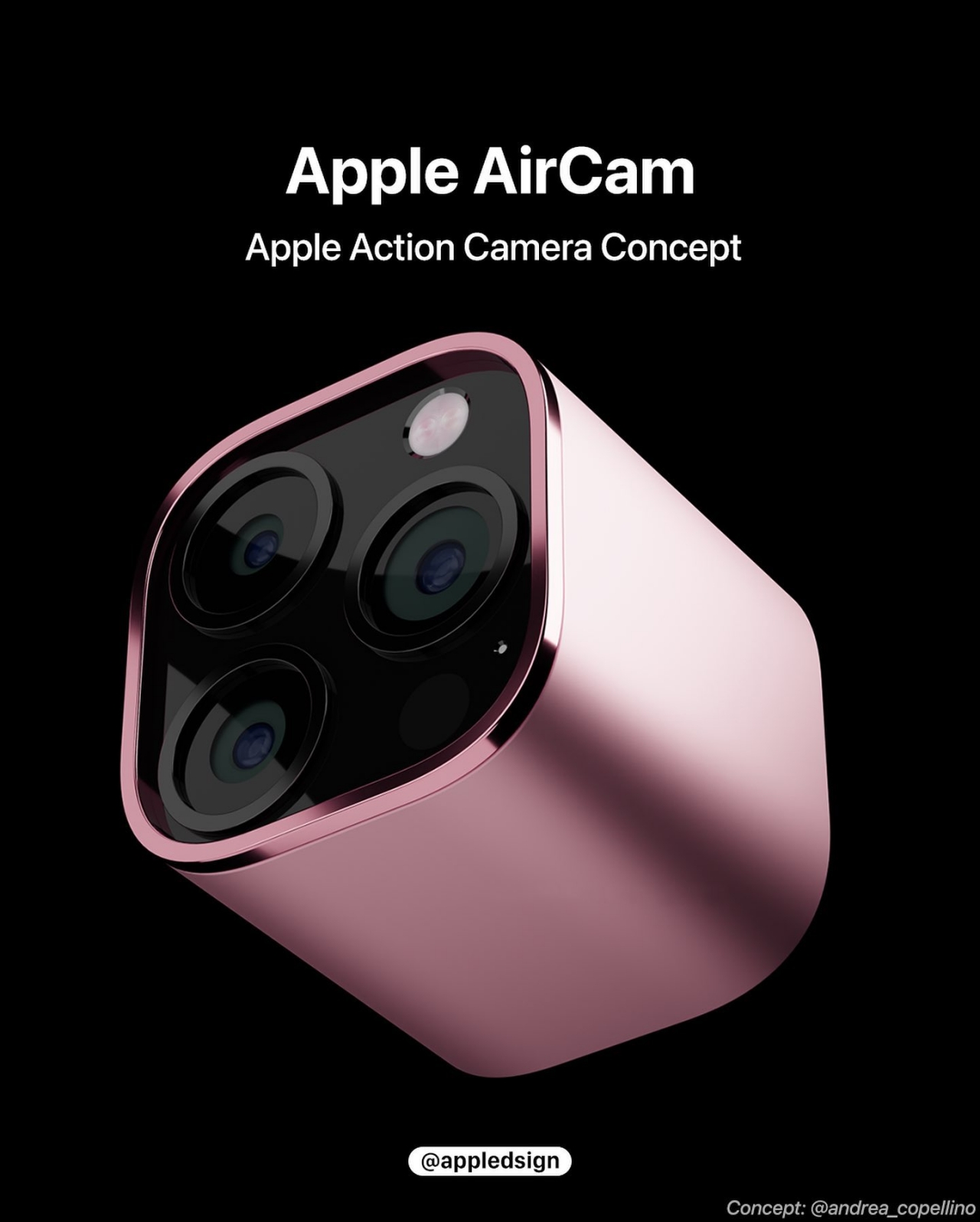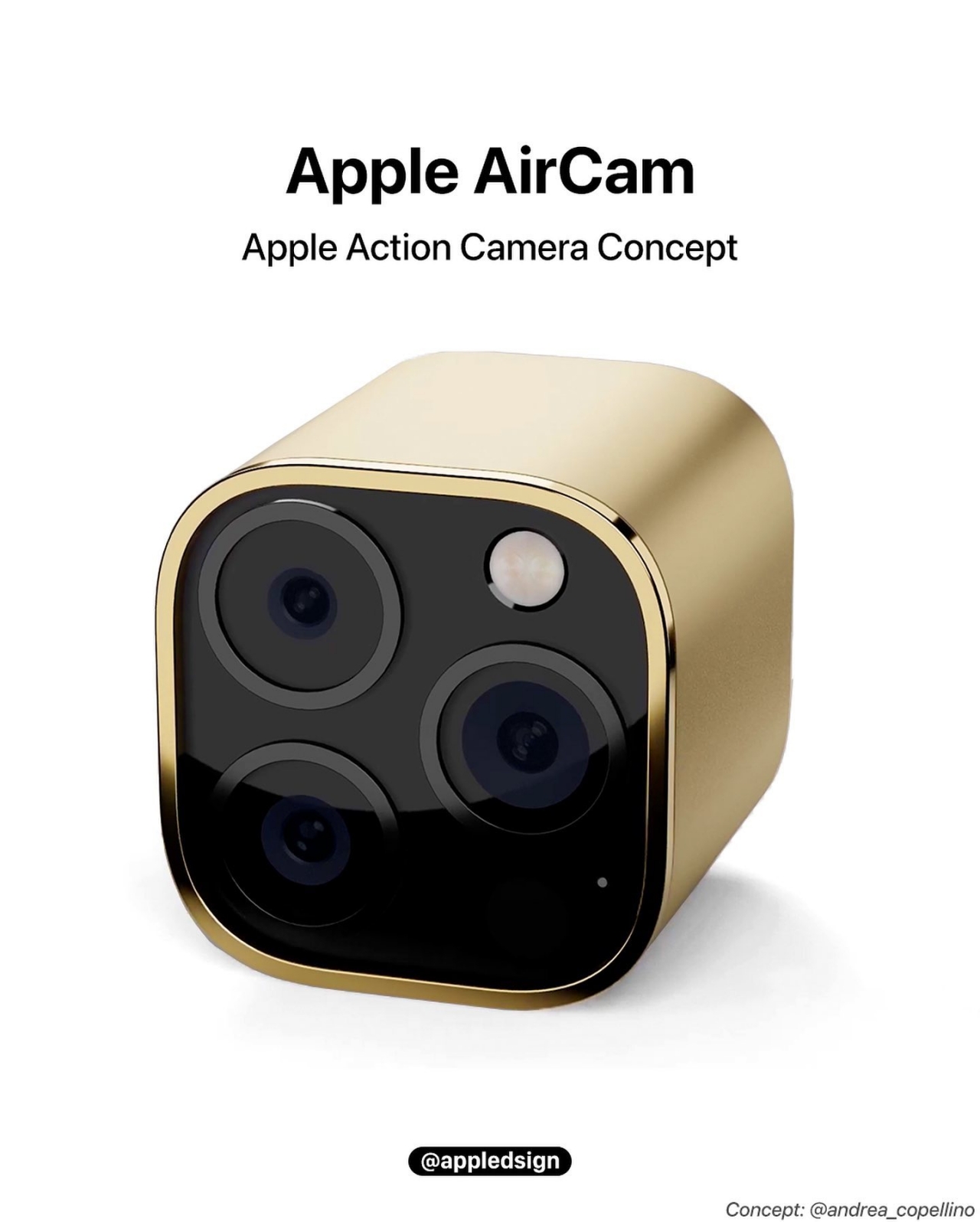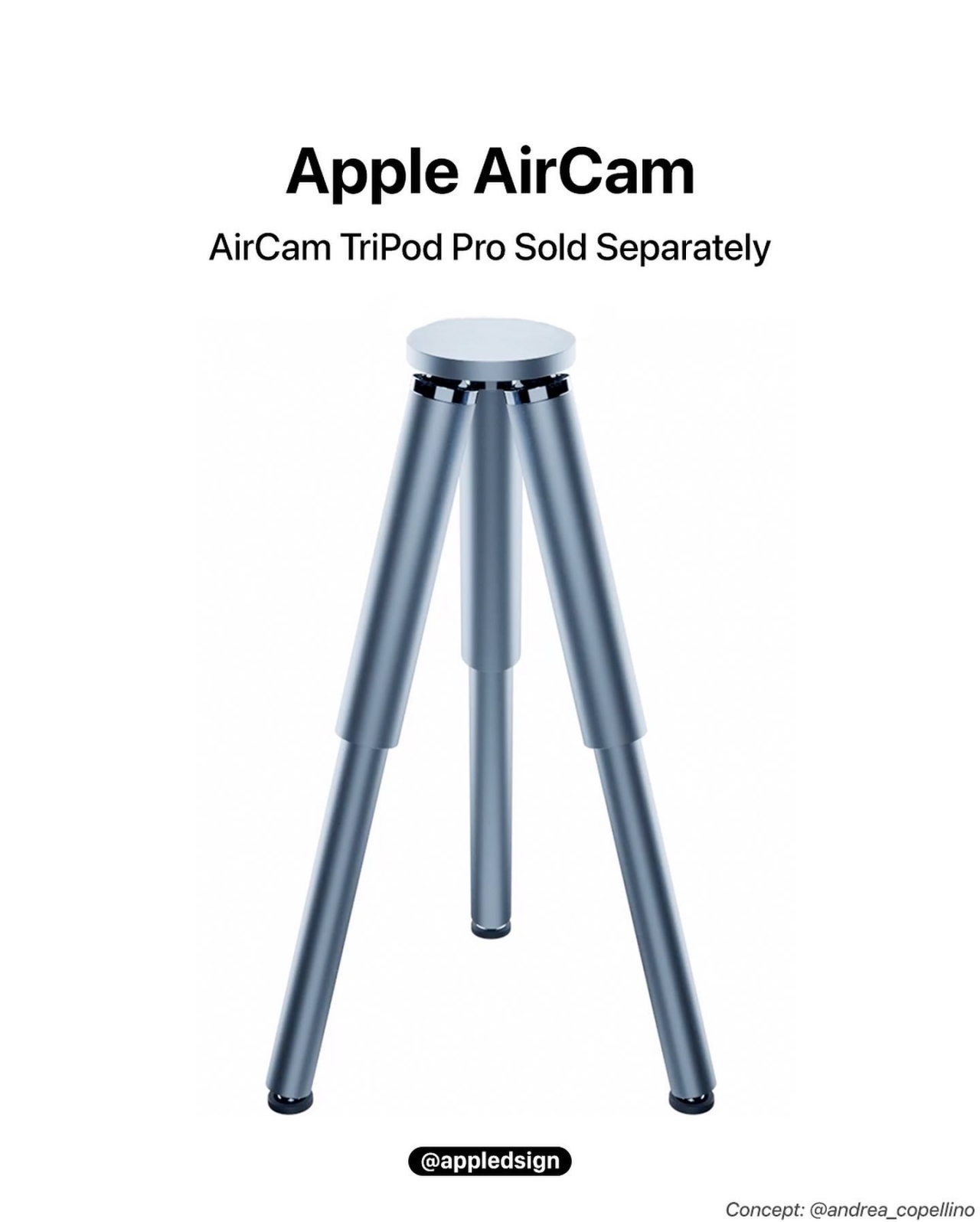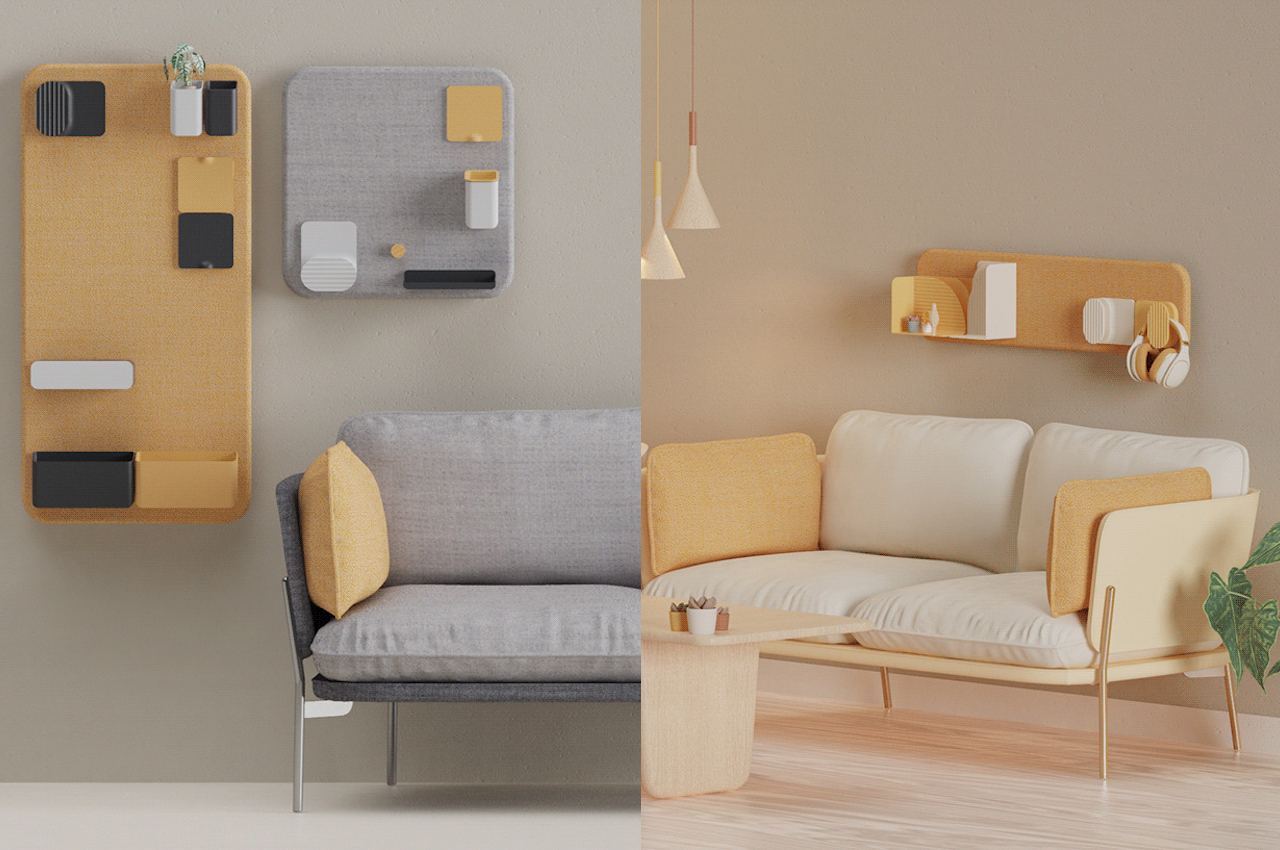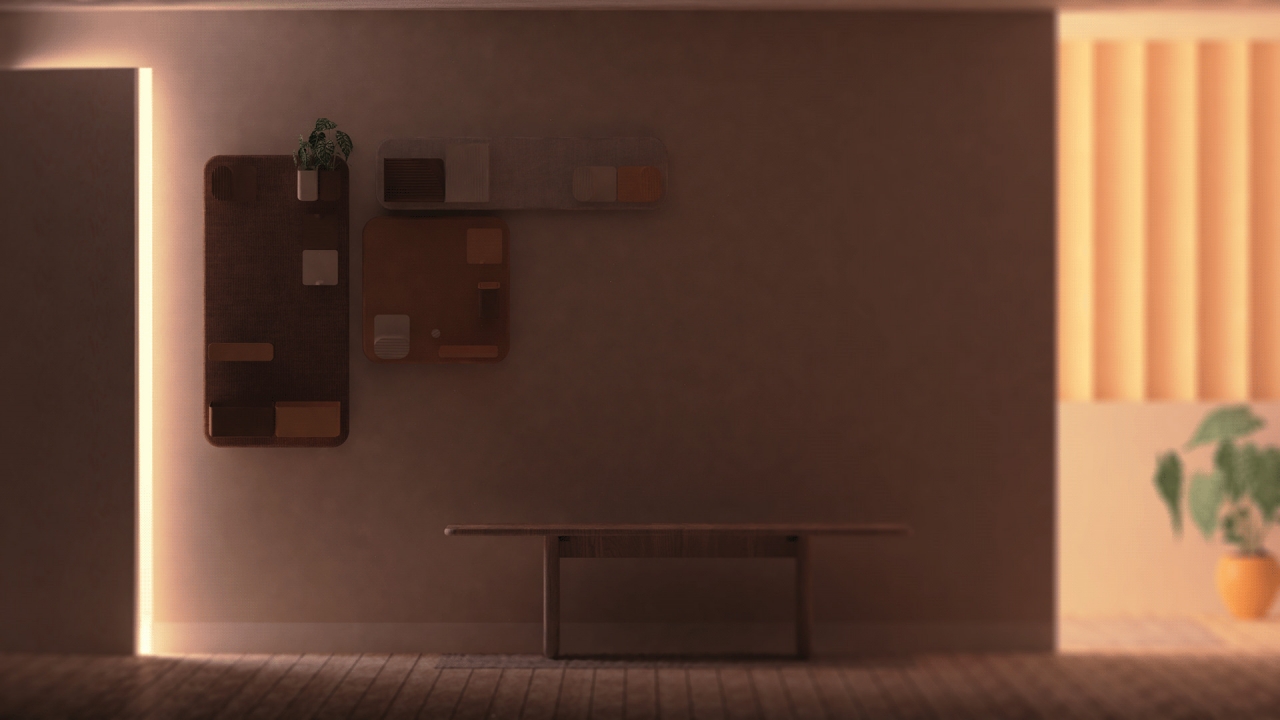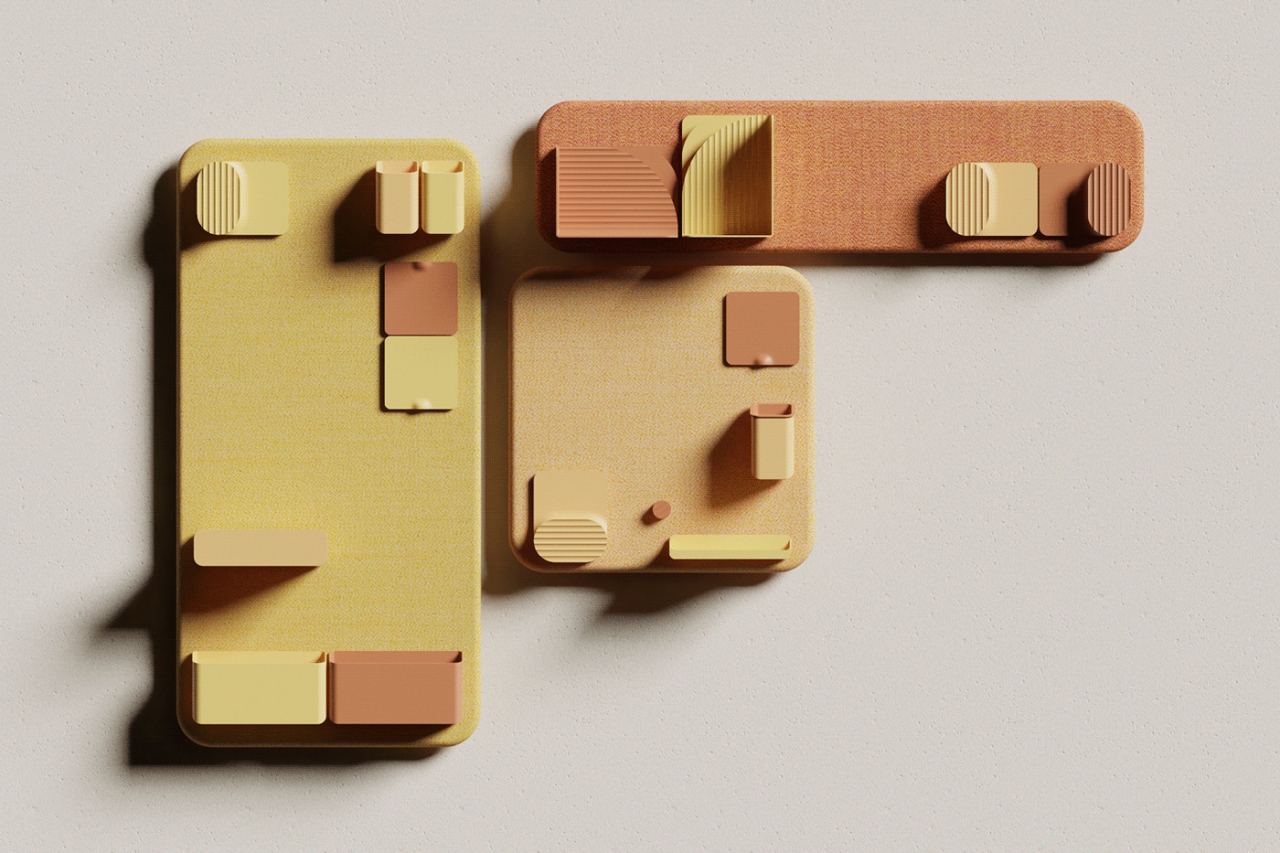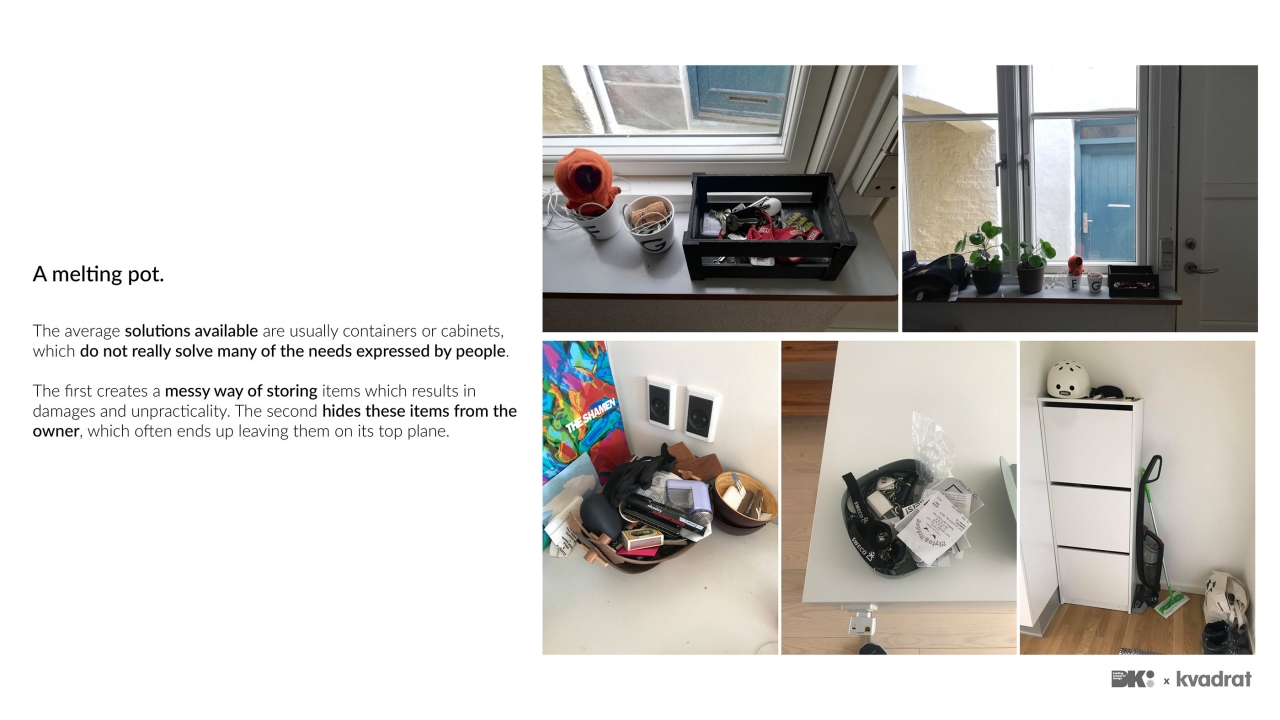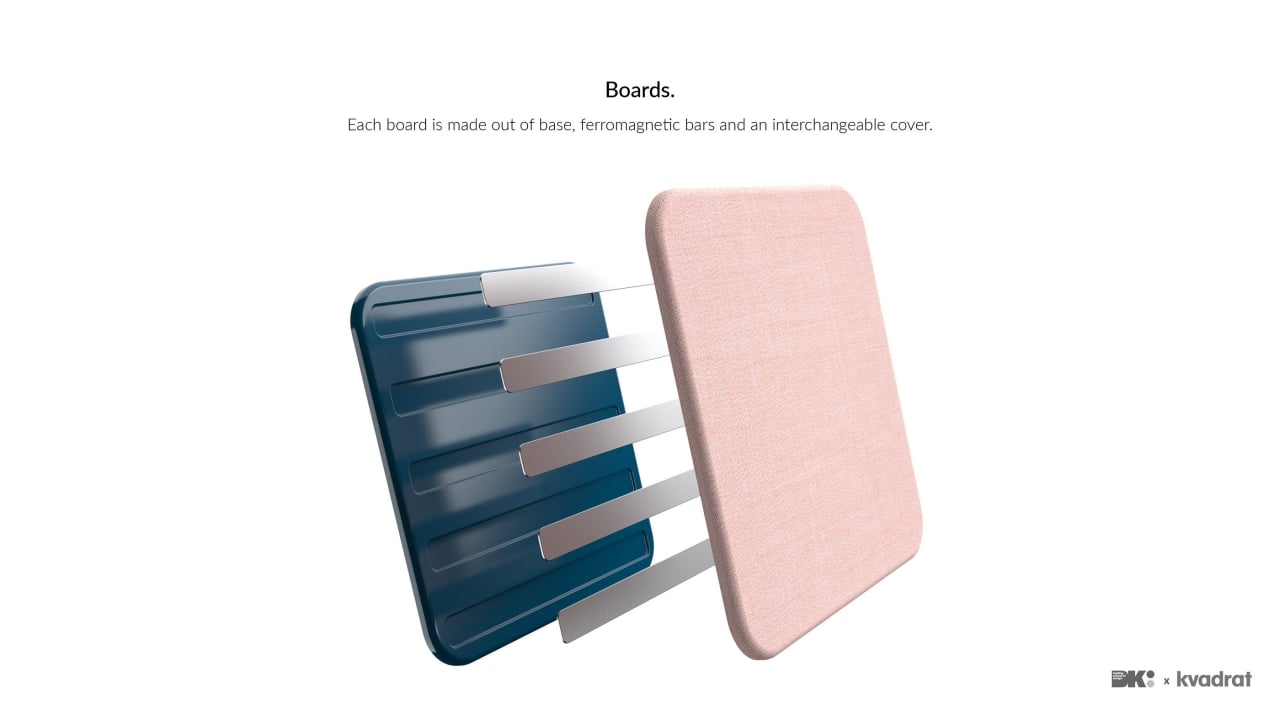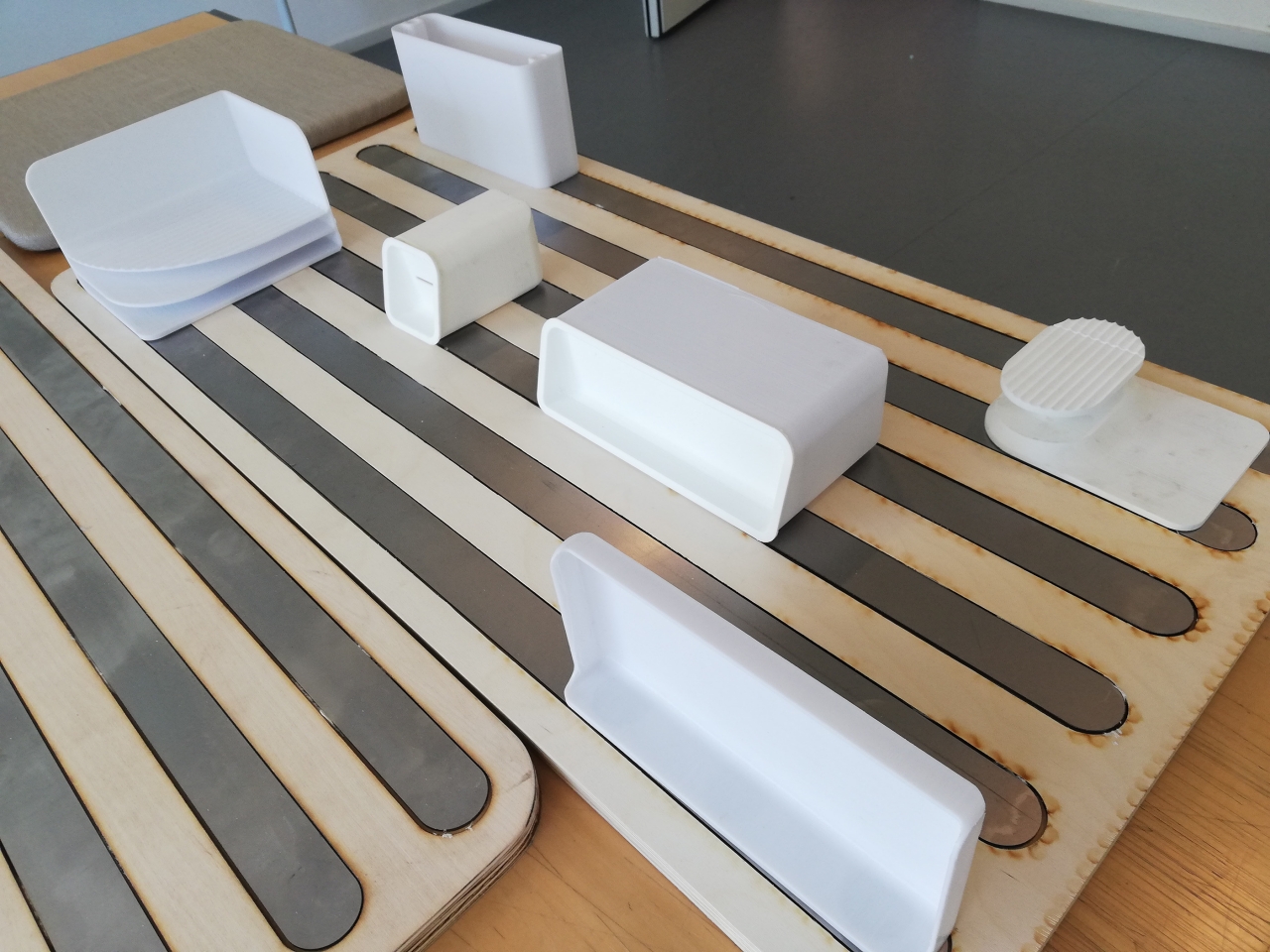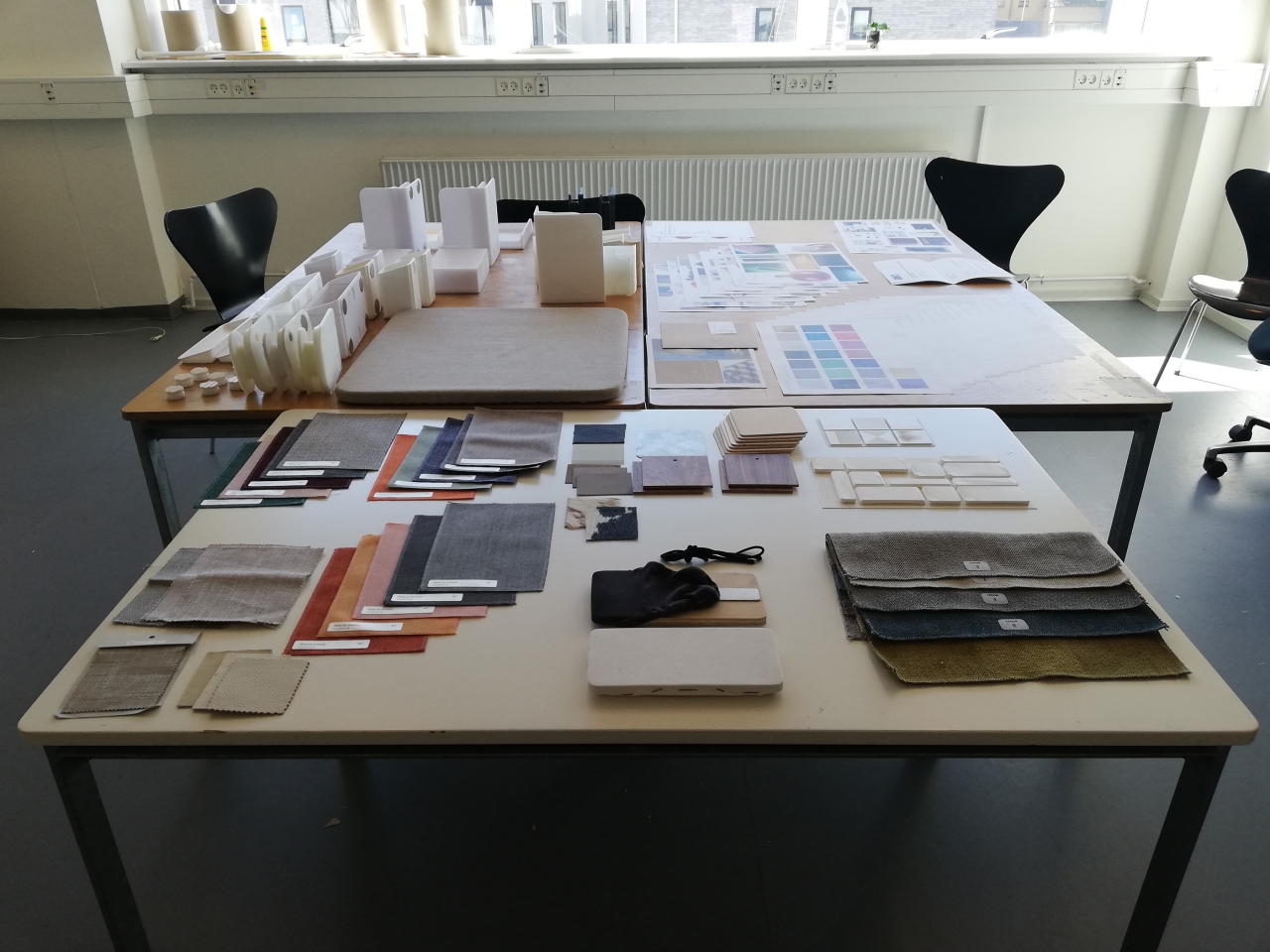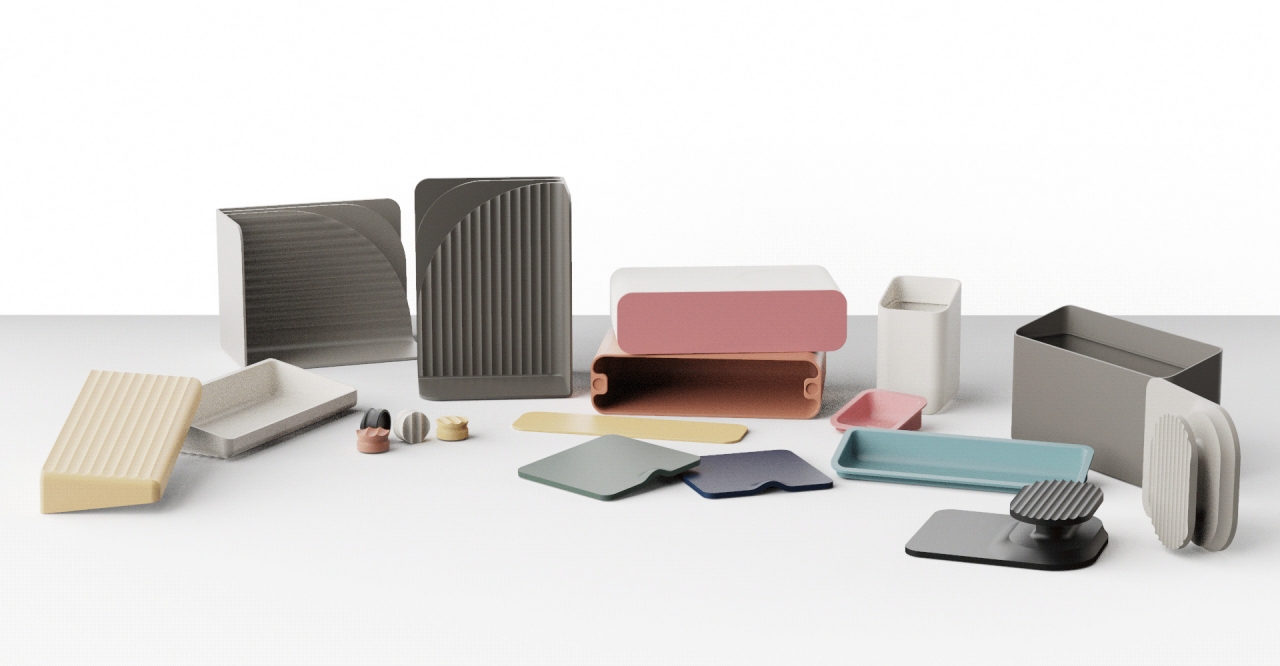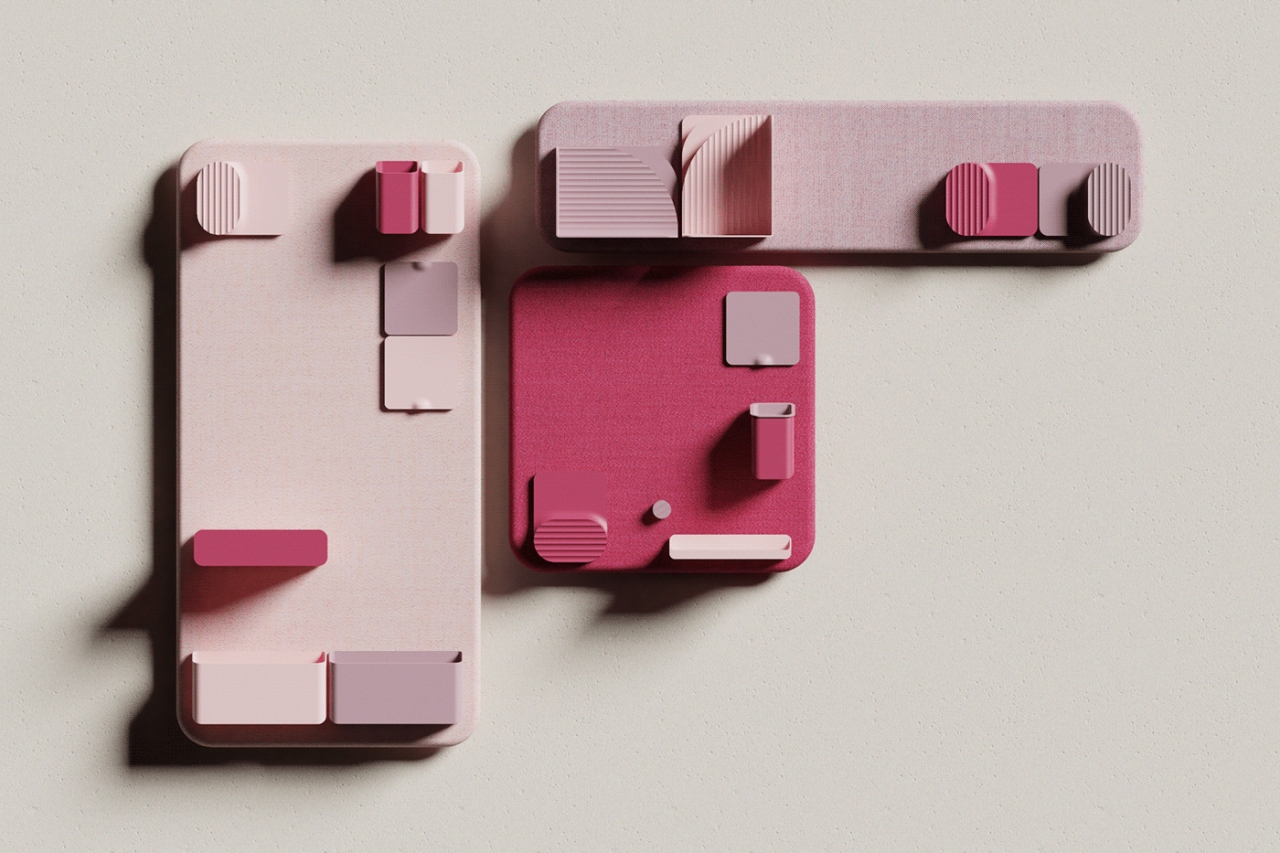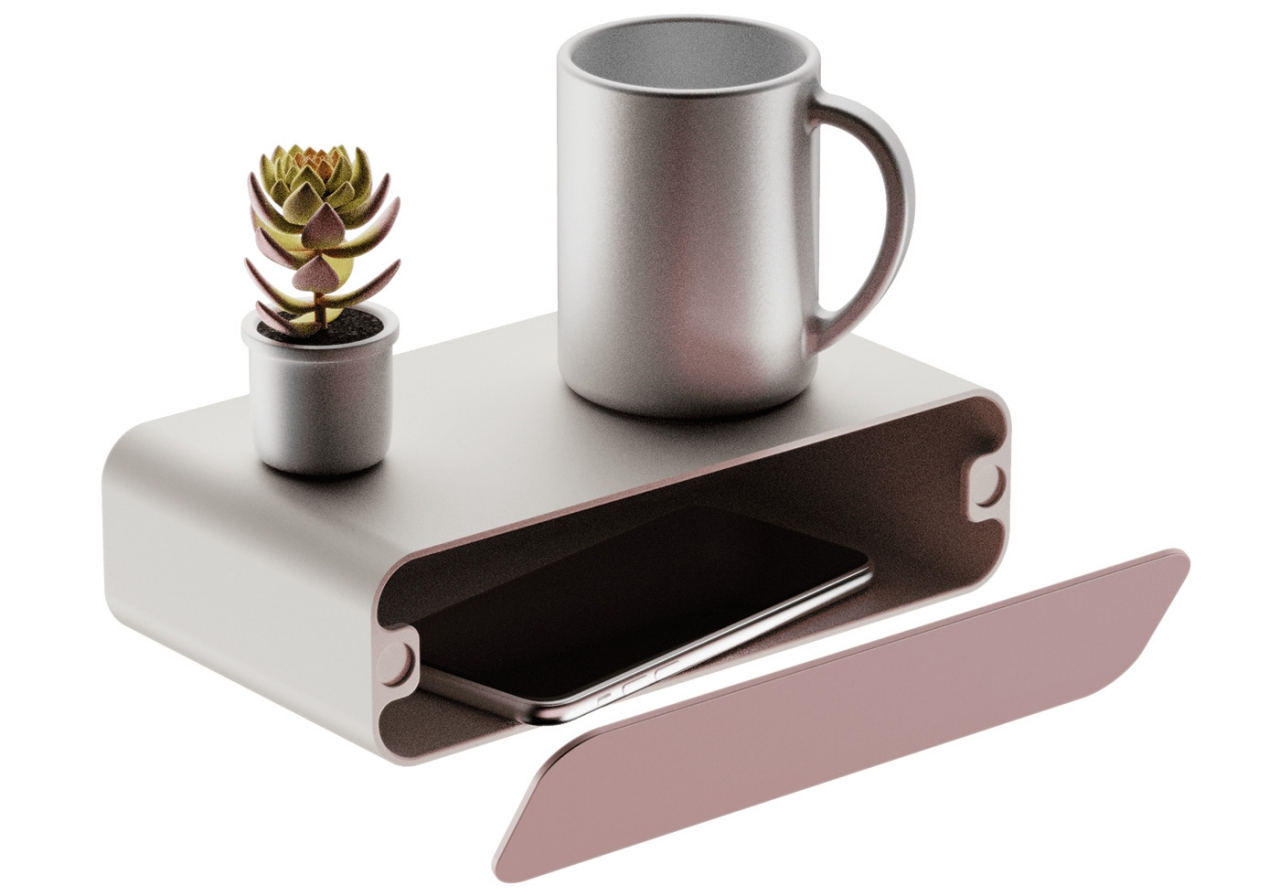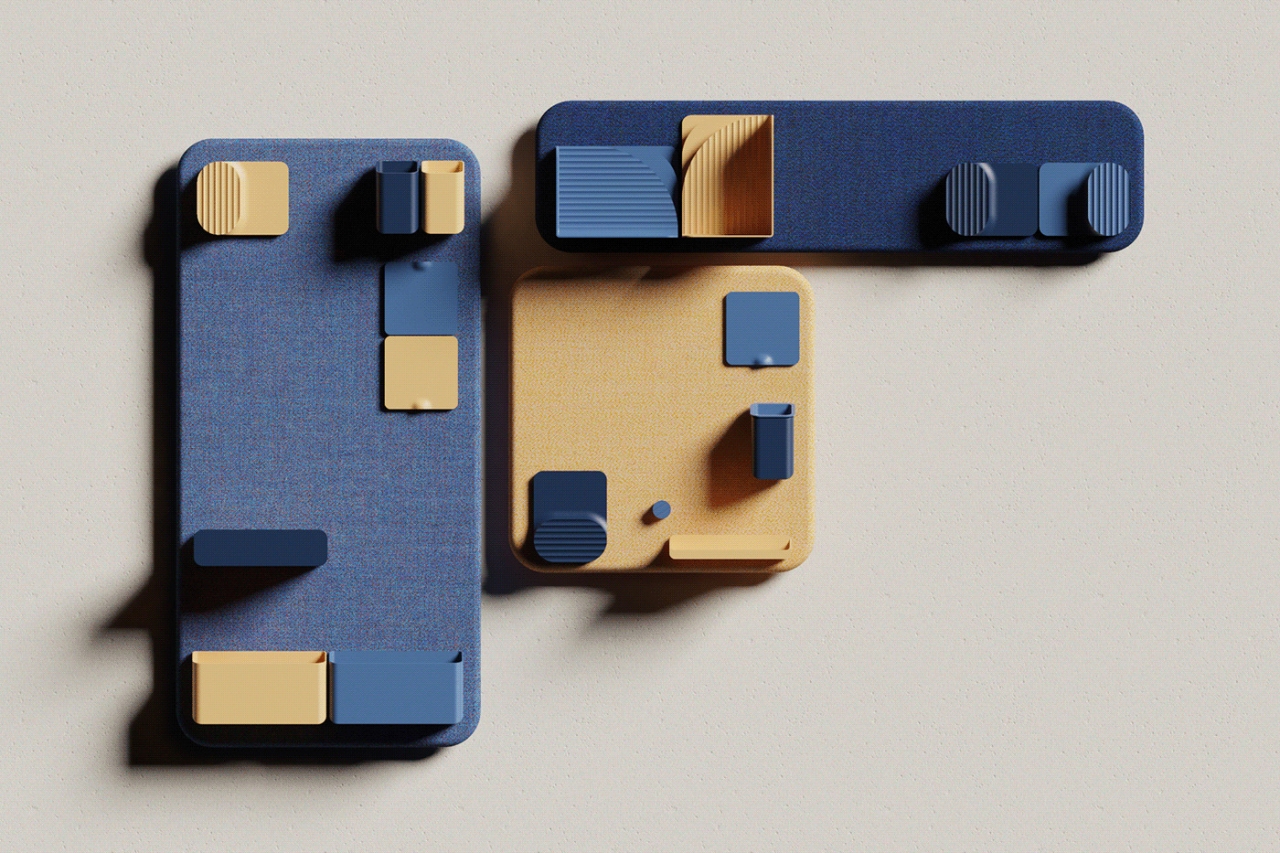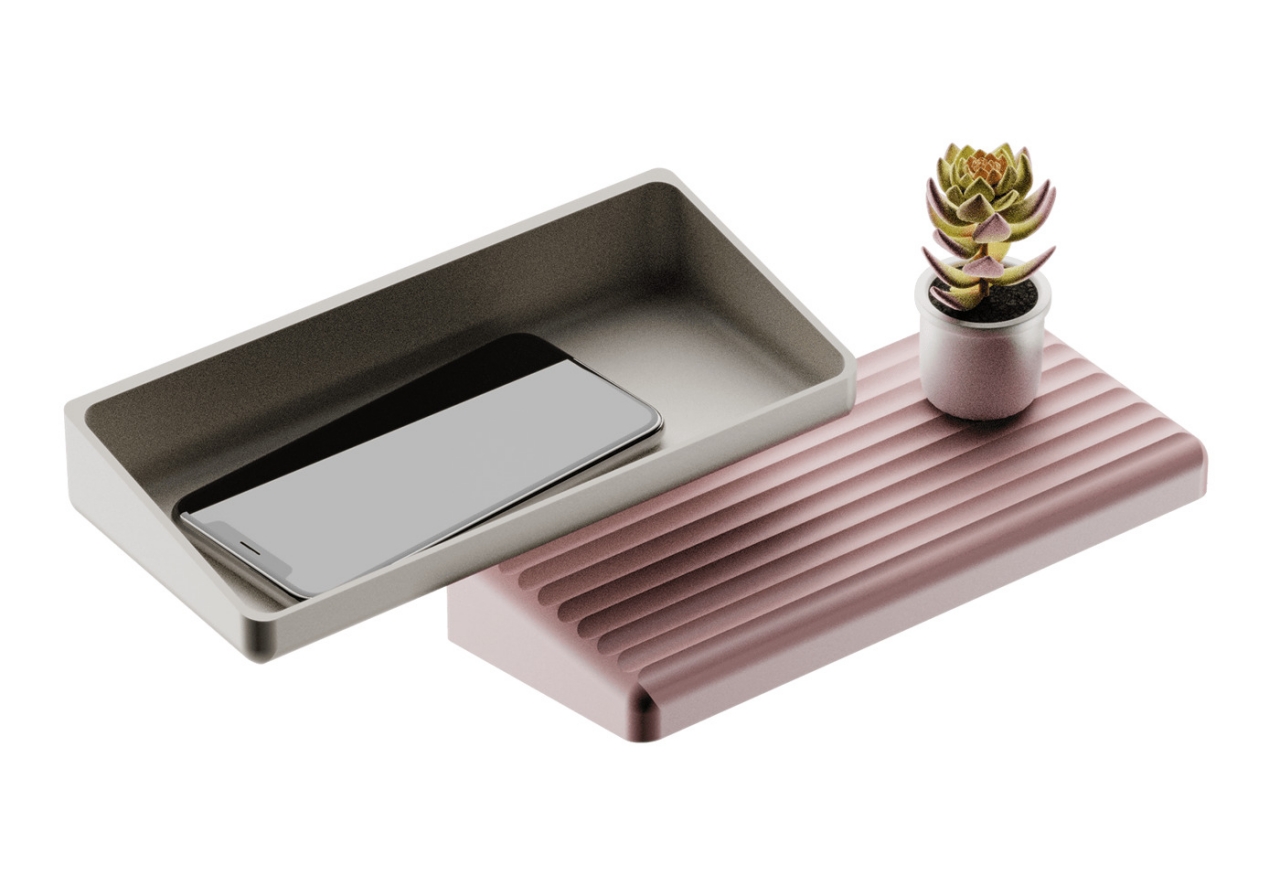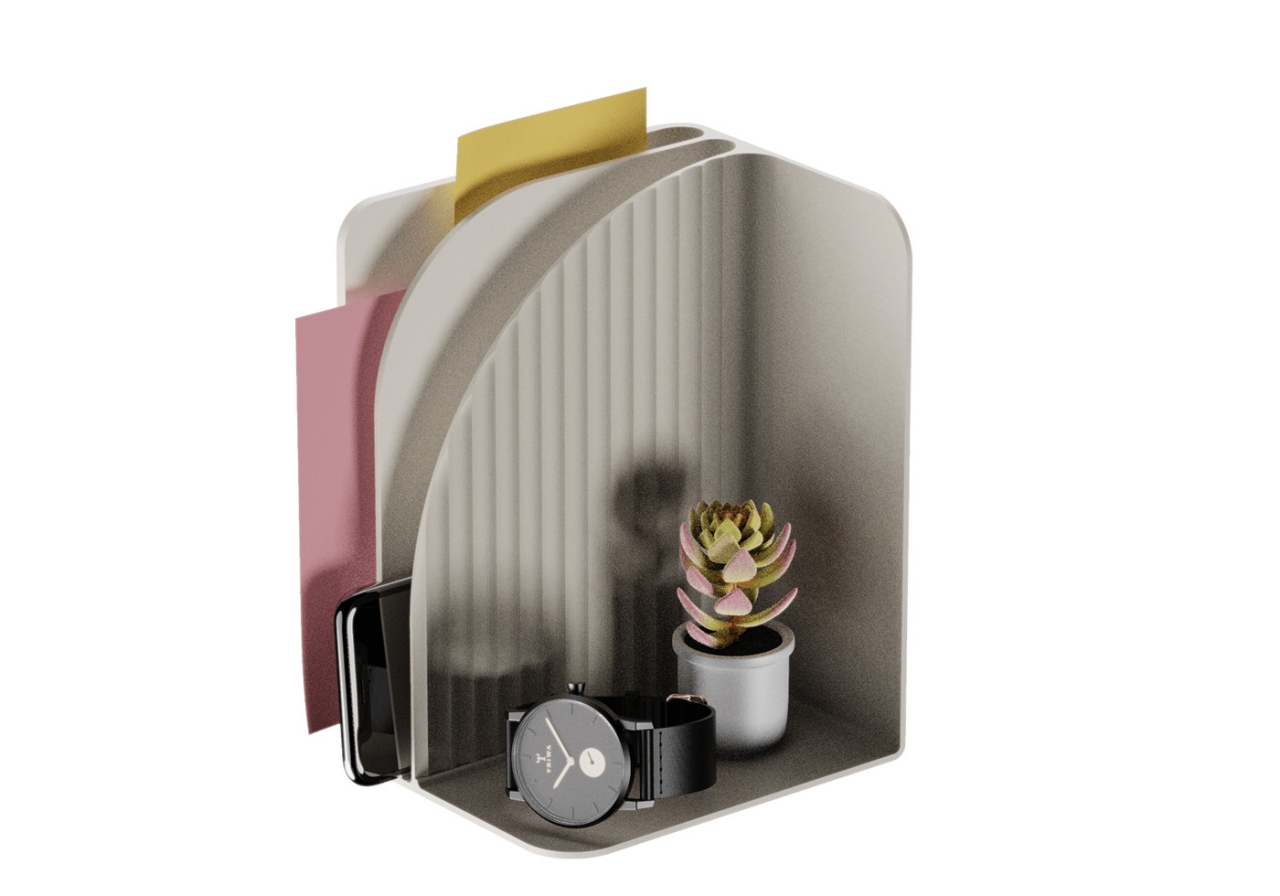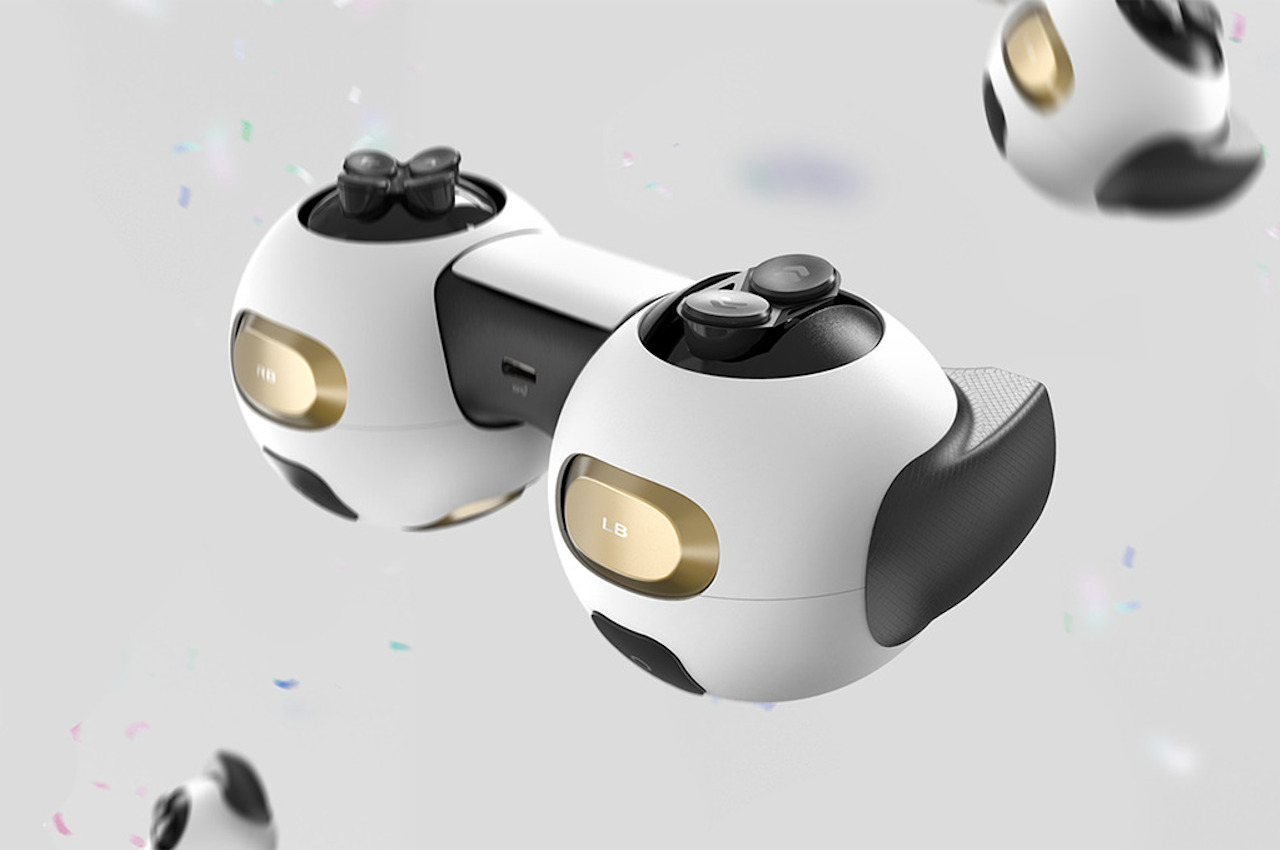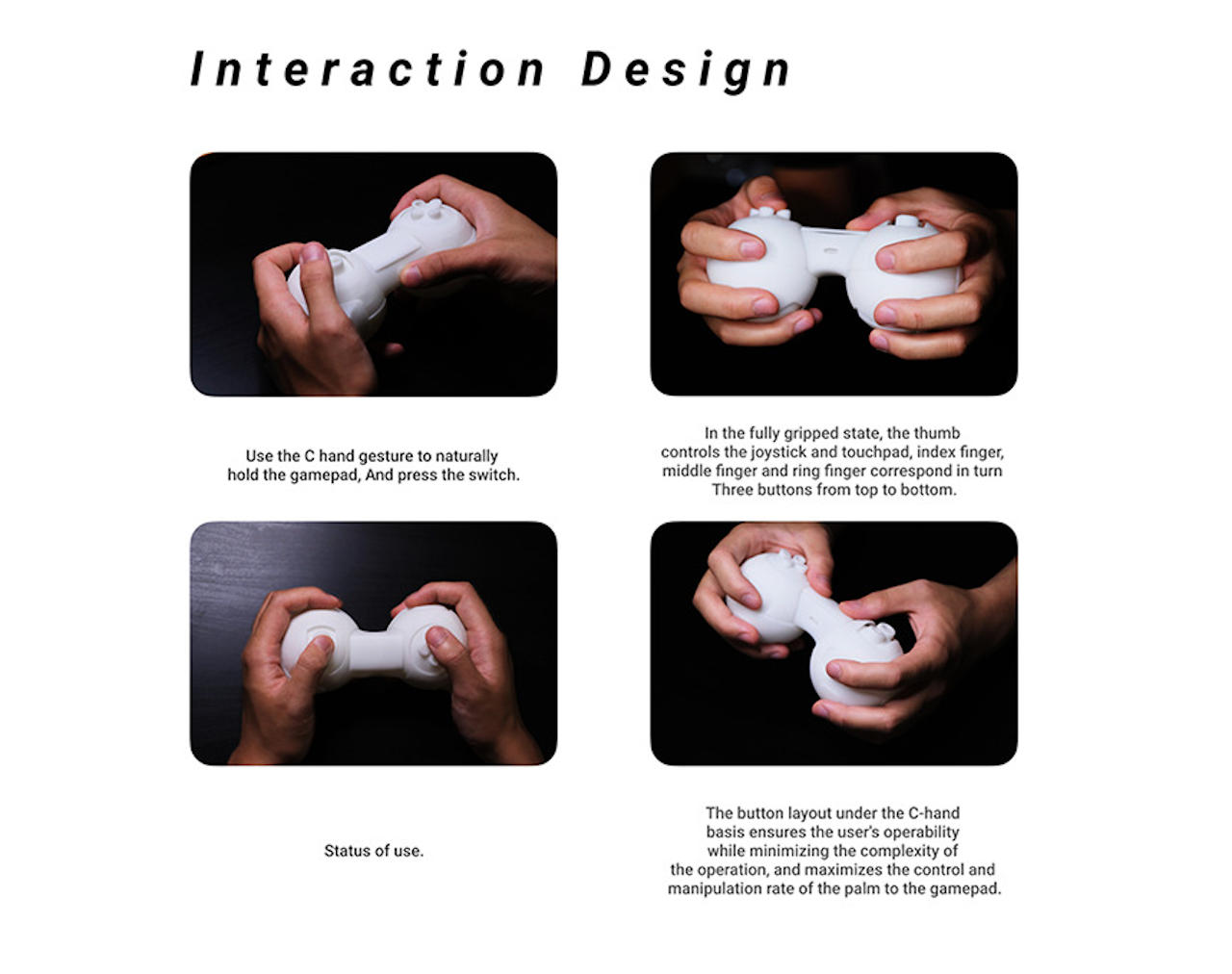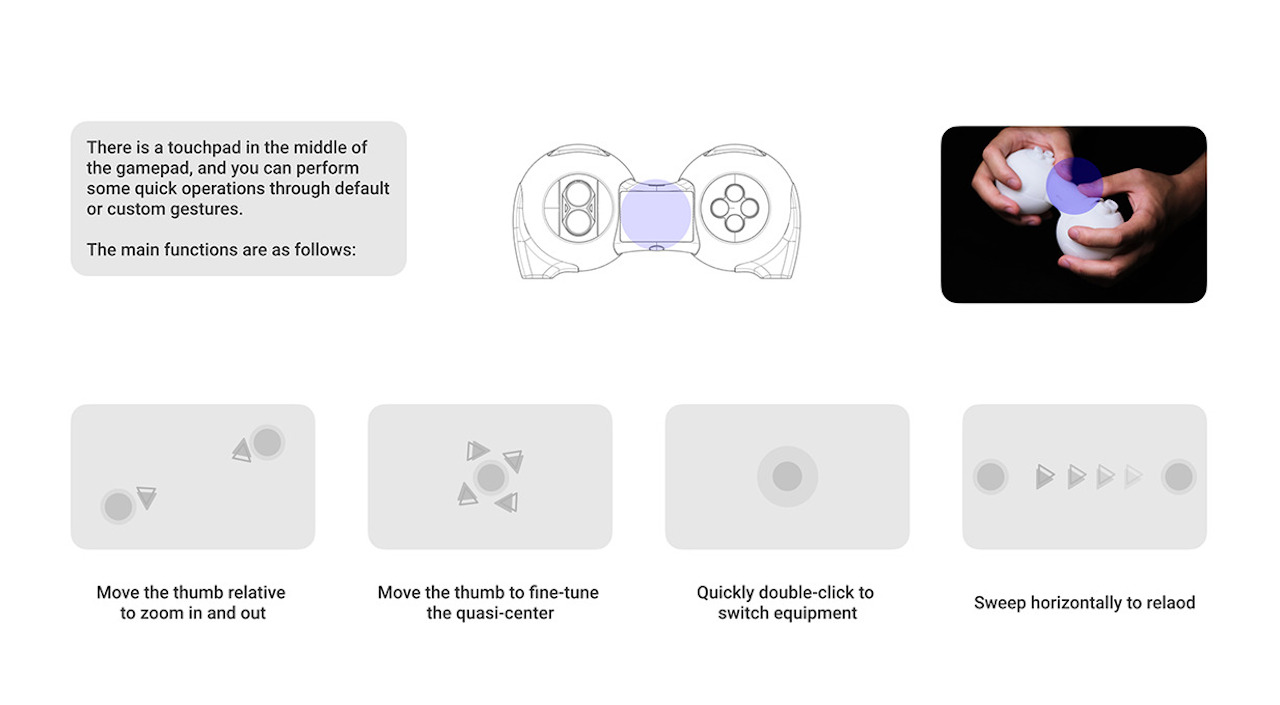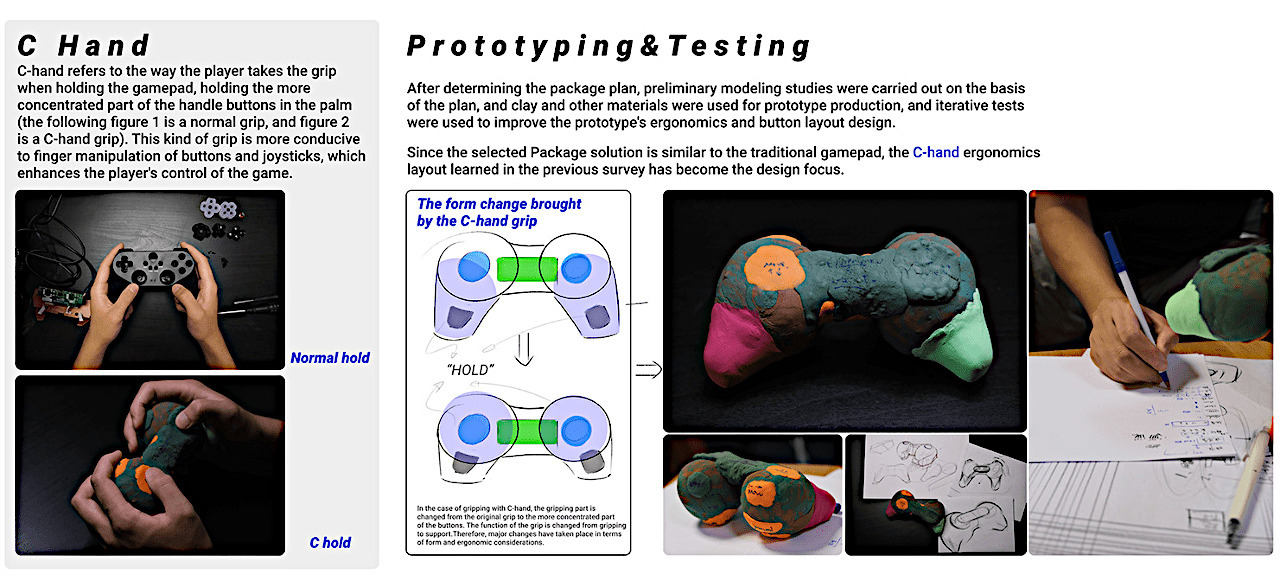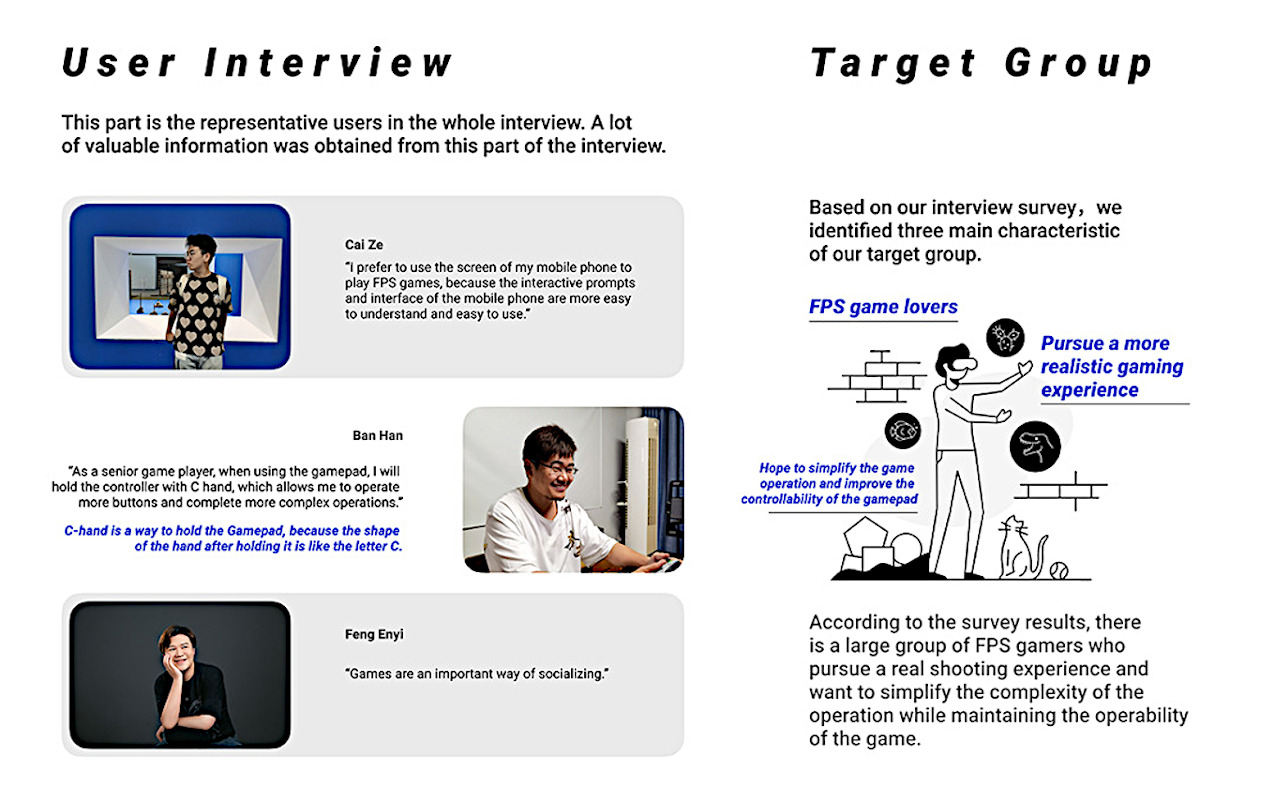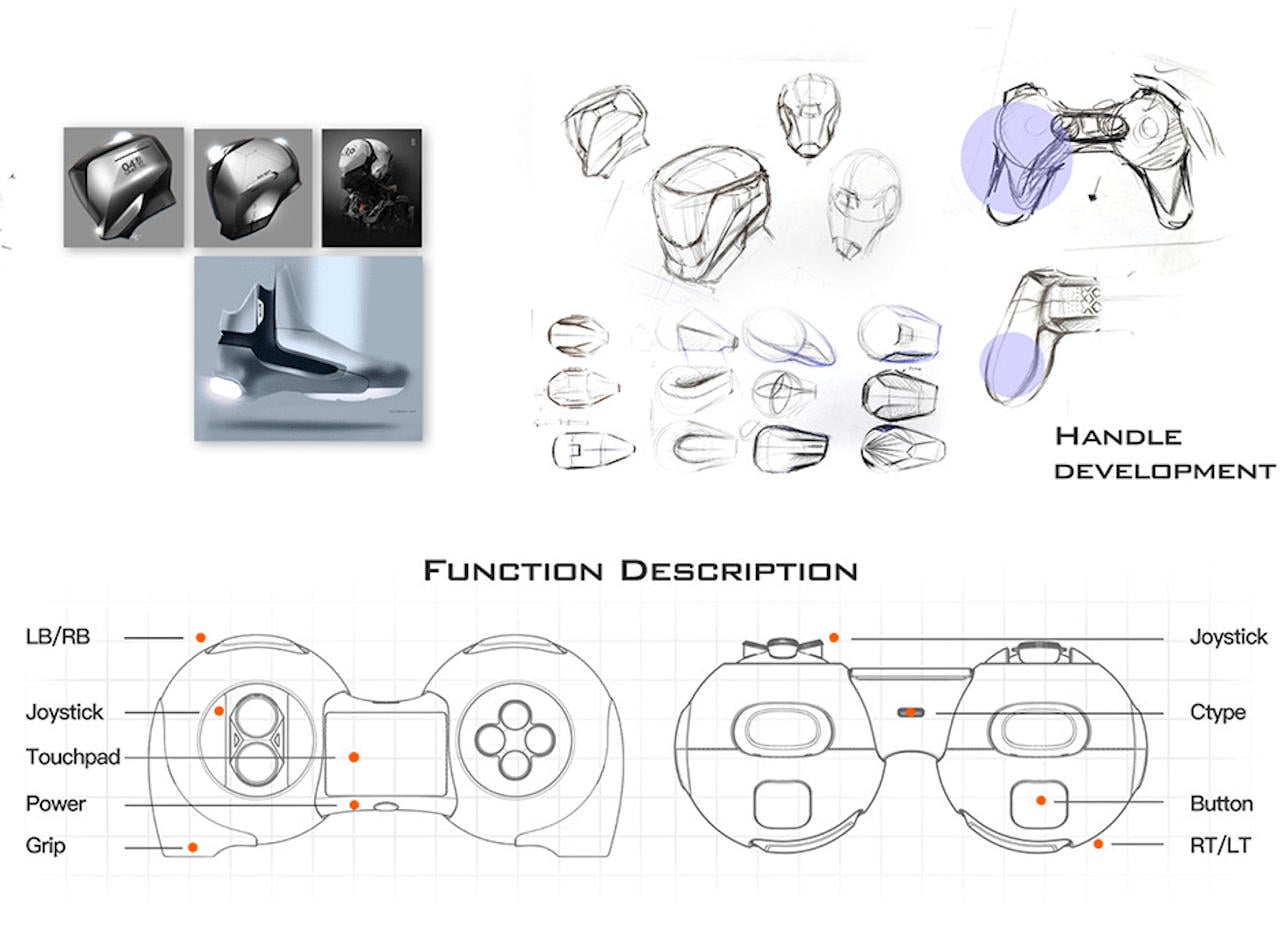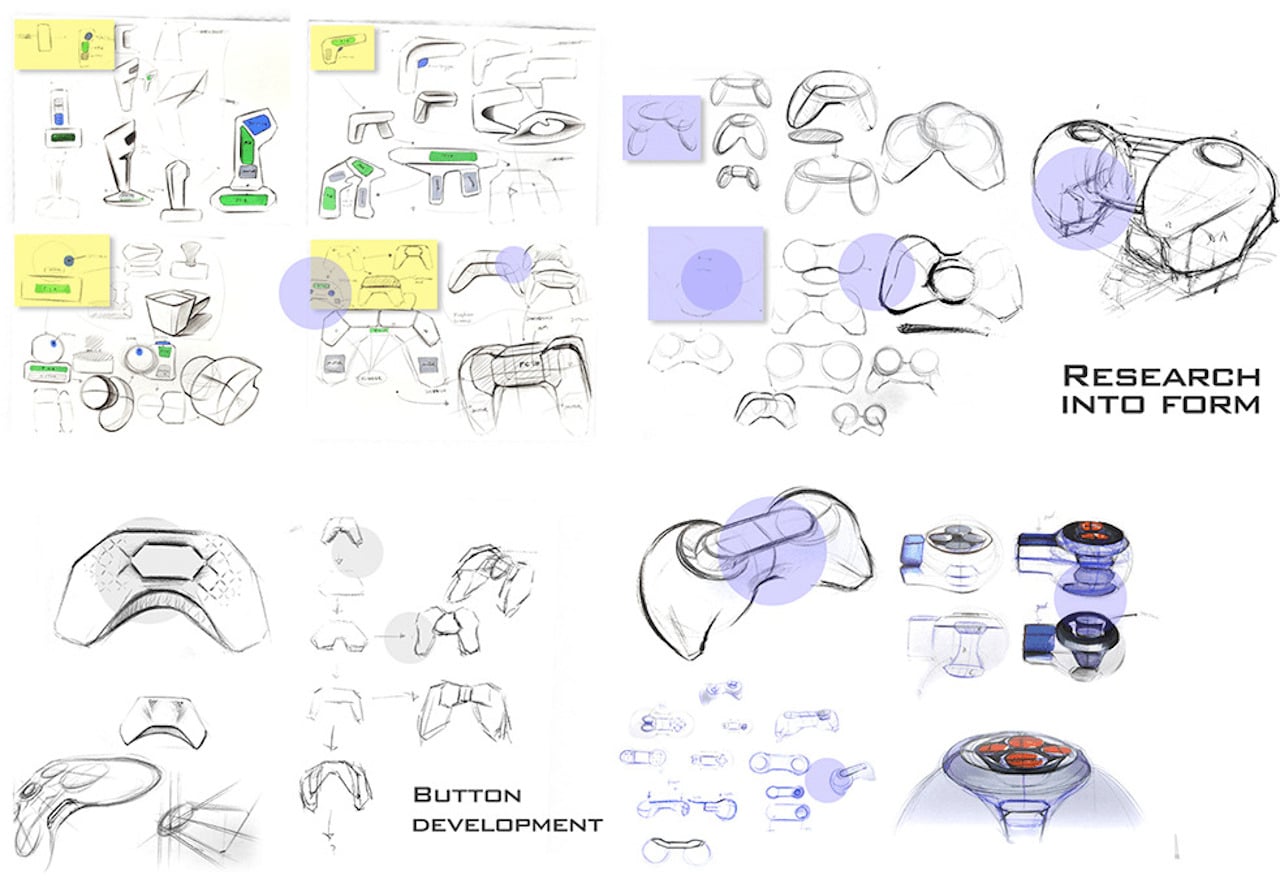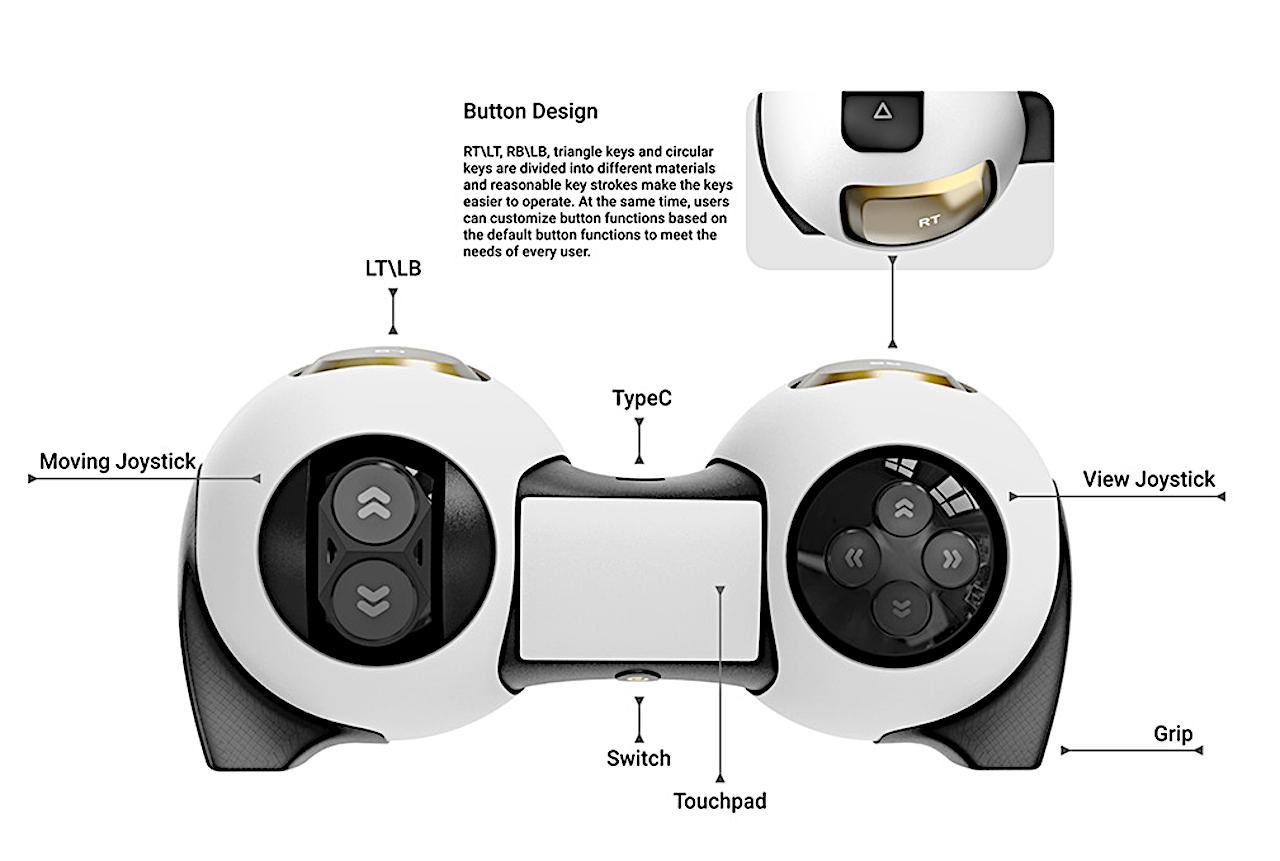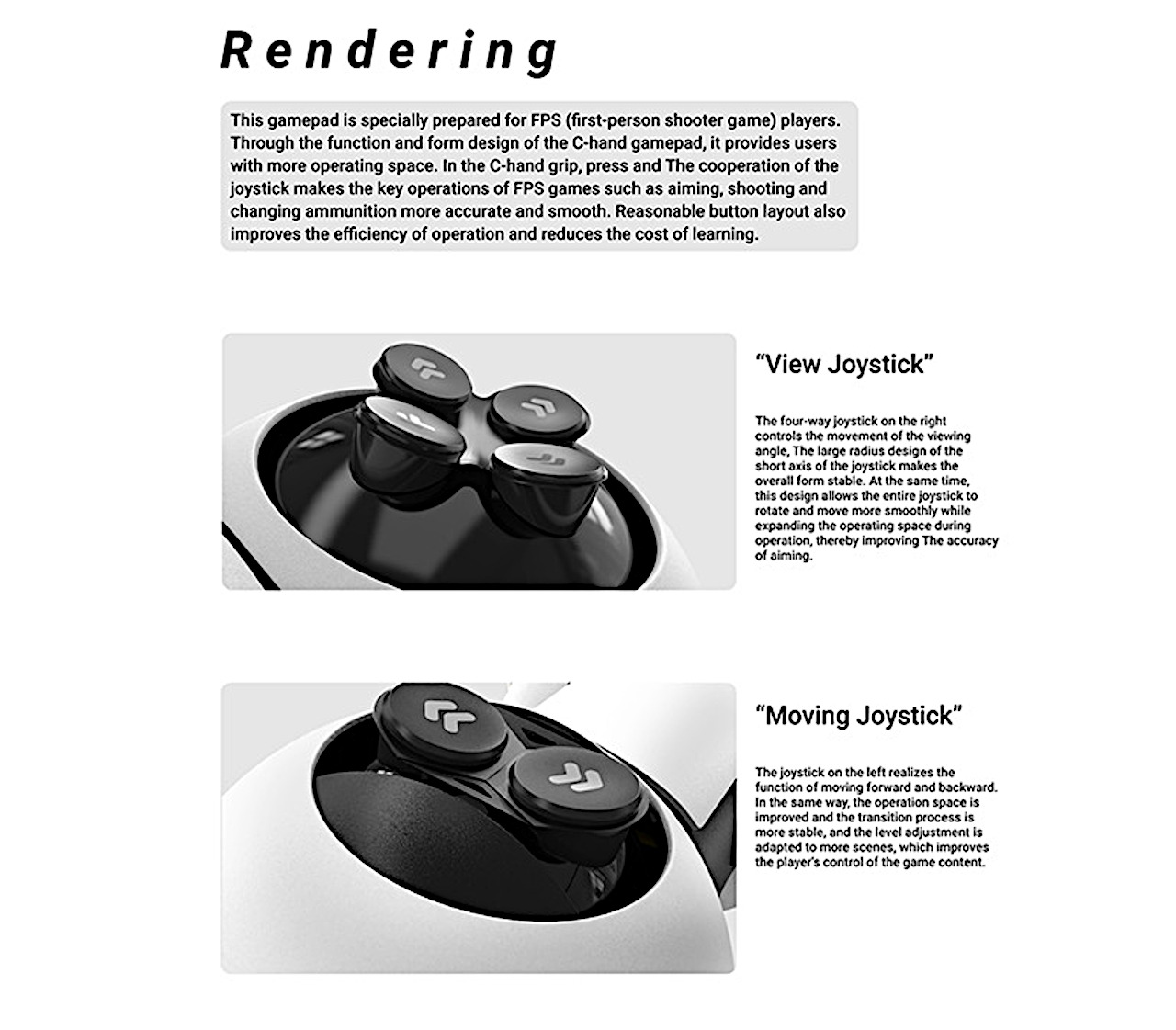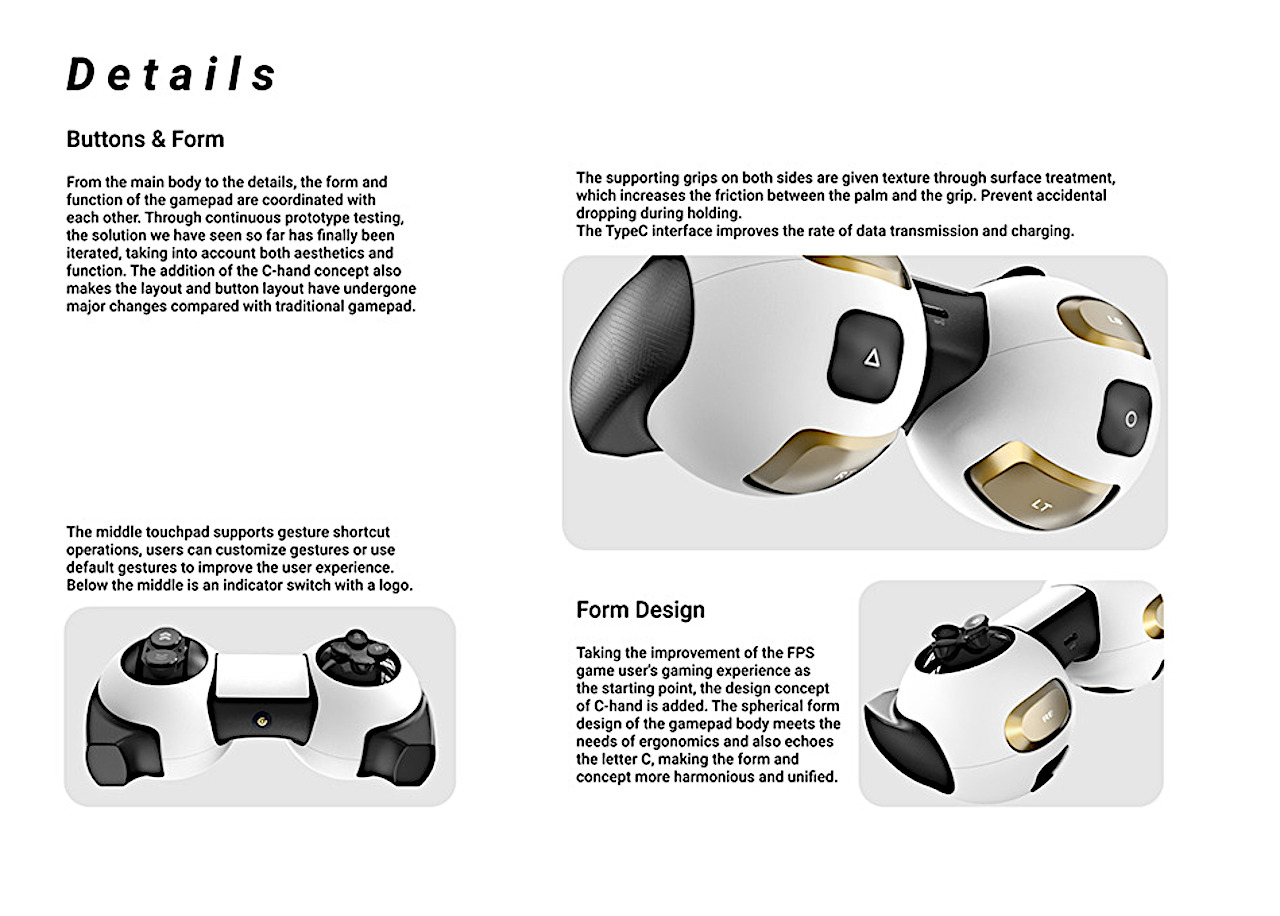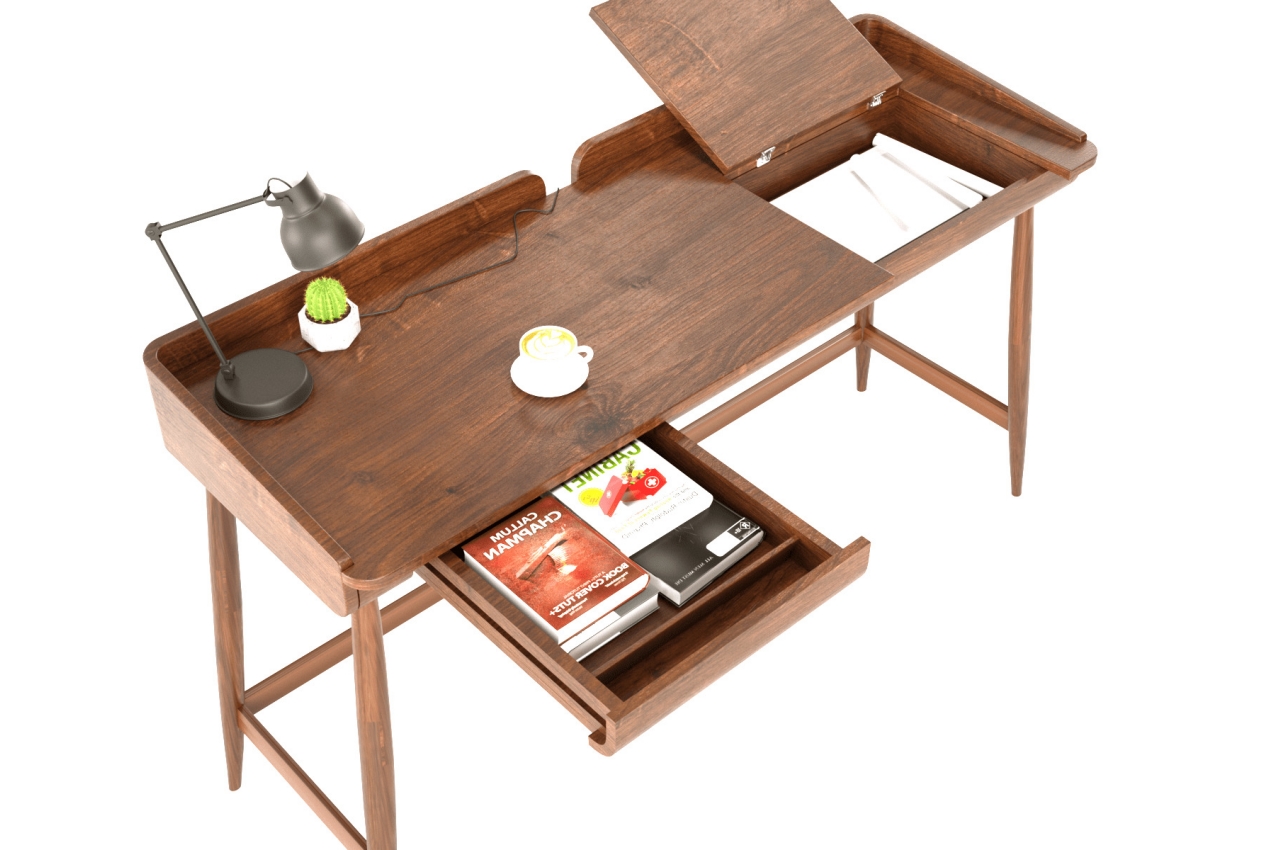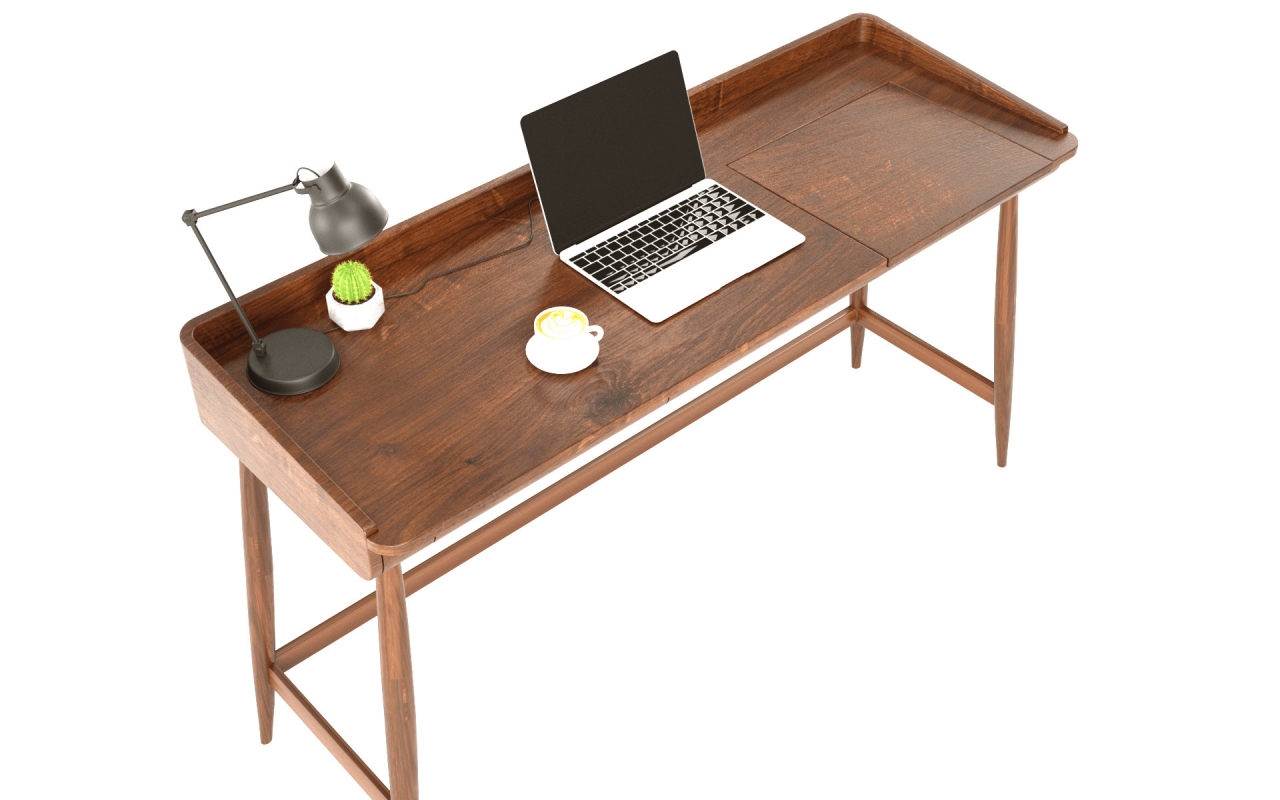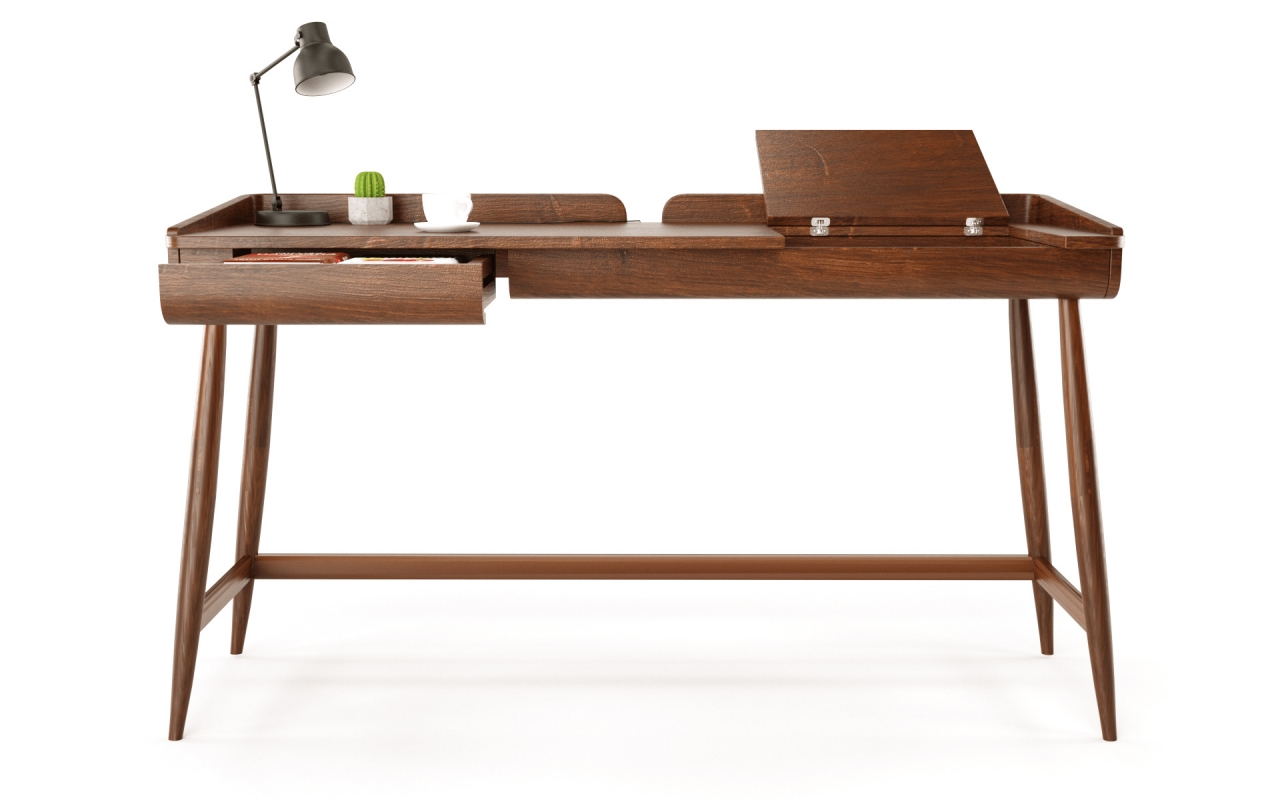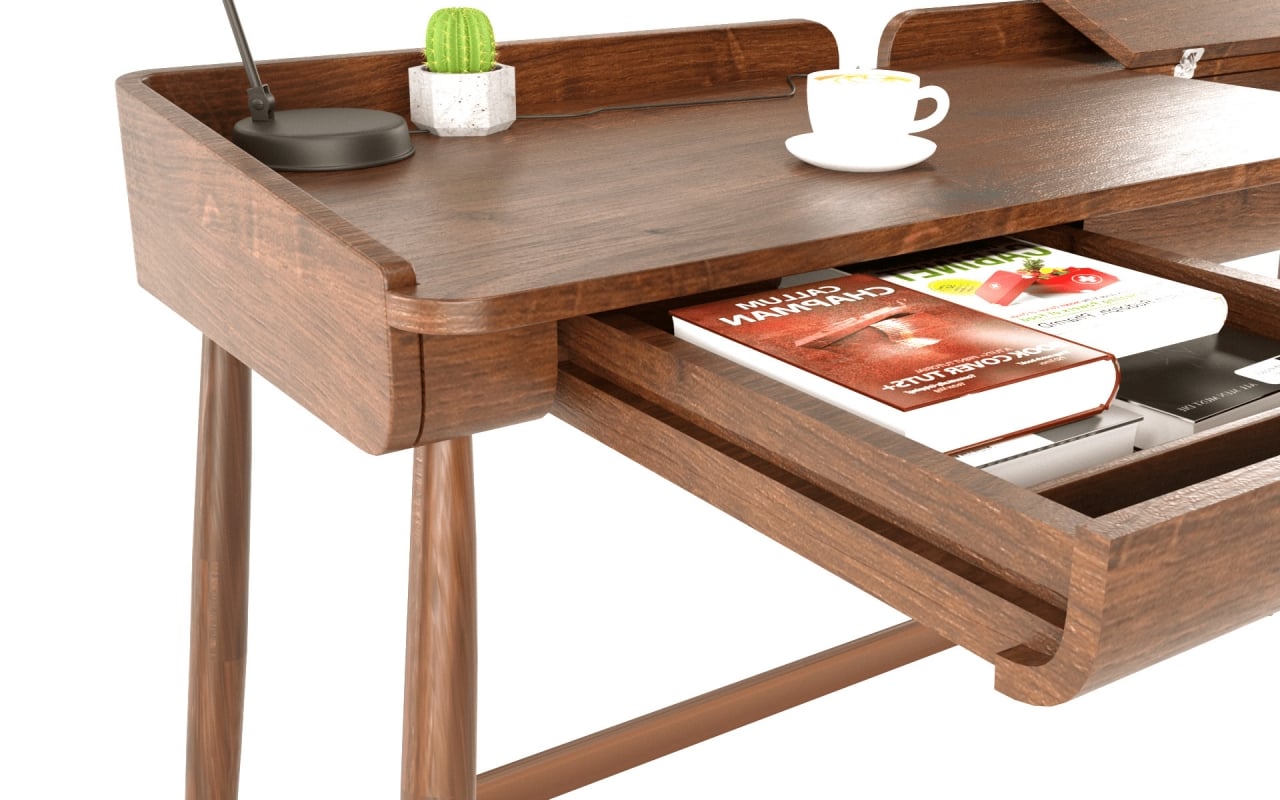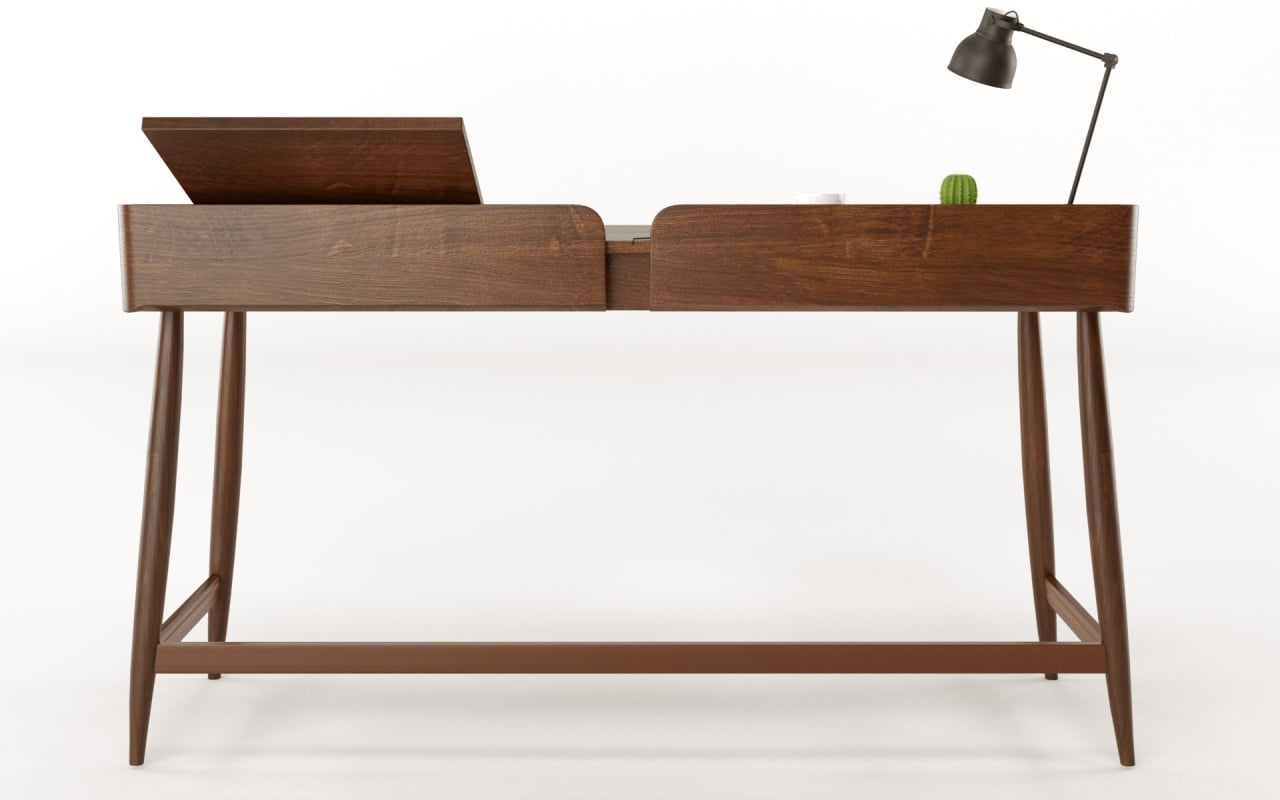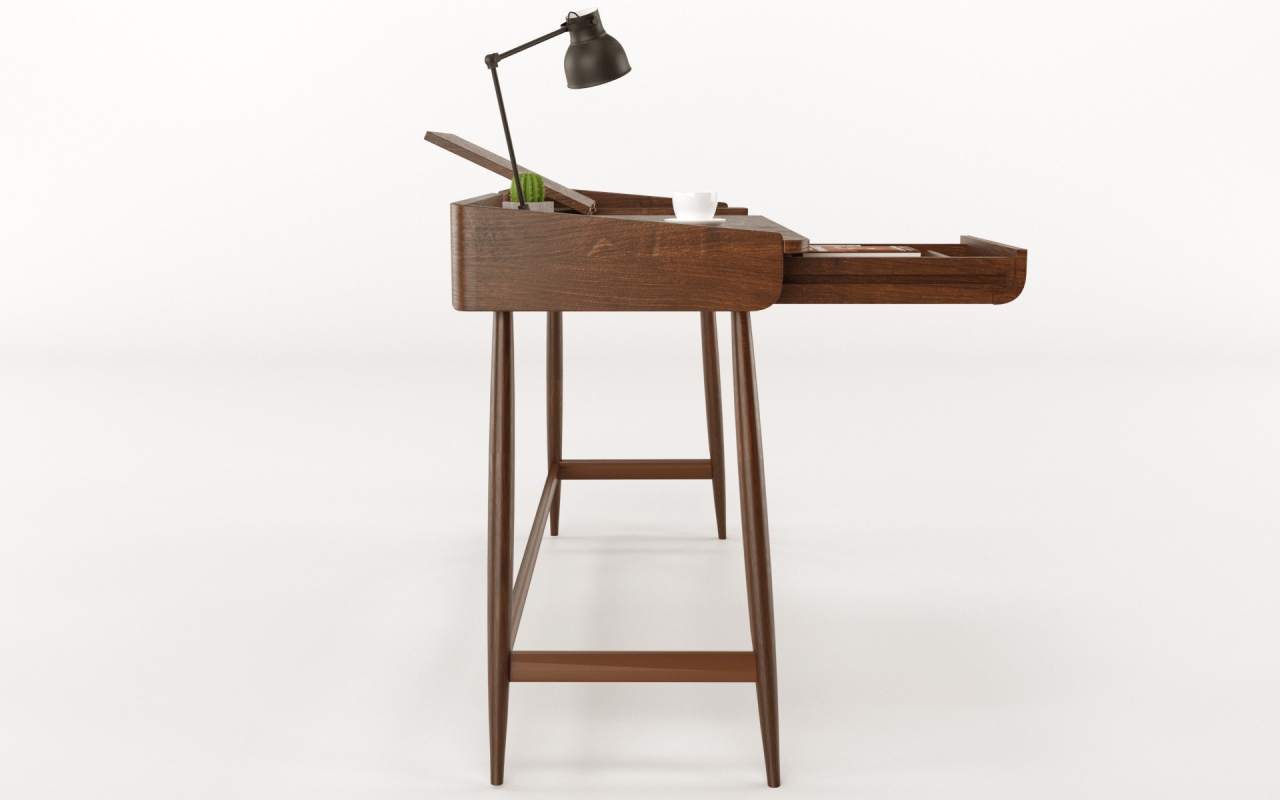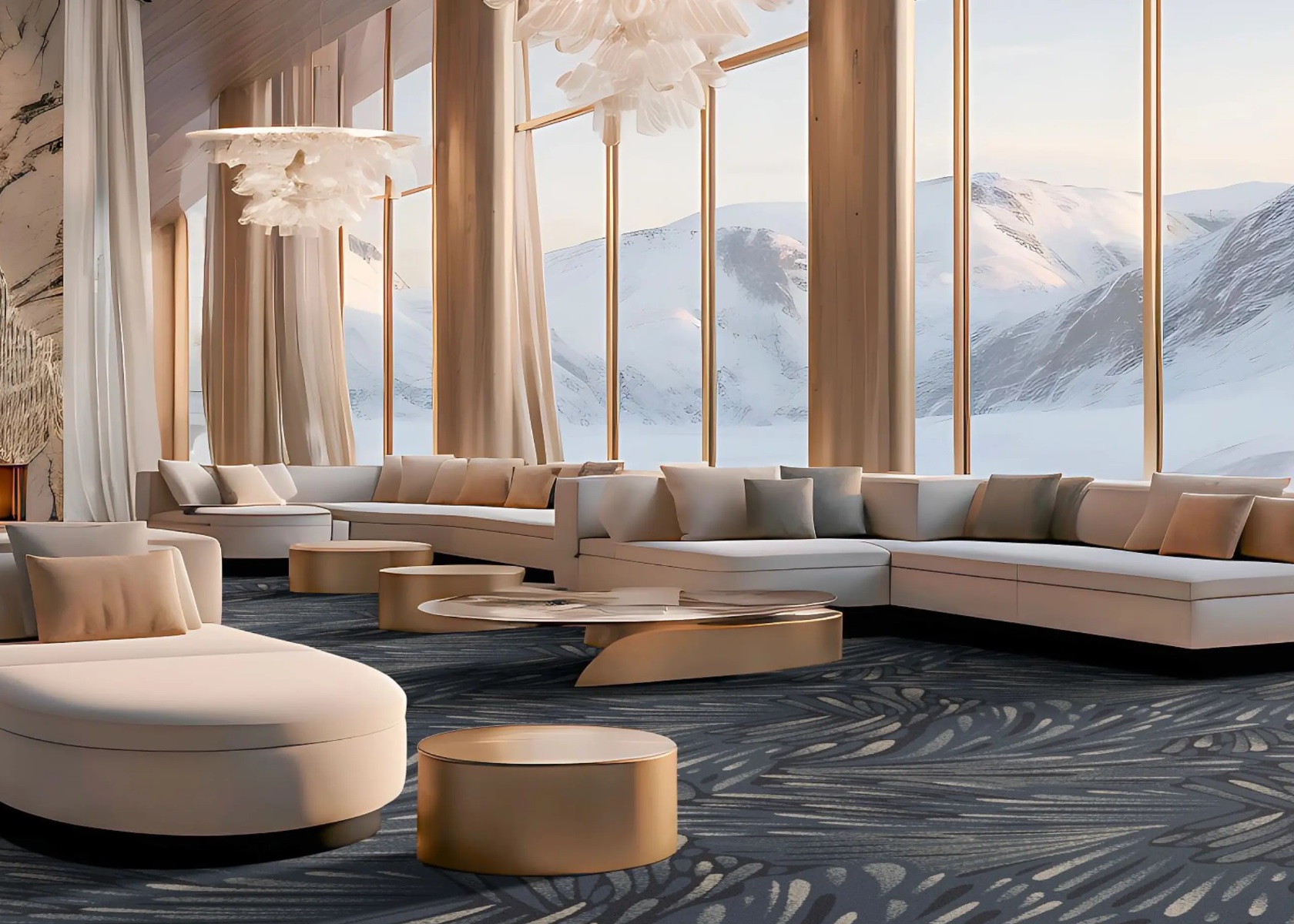
NeoCon 2024 is just around the corner, and this year’s event is set to significantly impact the world of commercial interior design. Taking place June 10-12 at The Mart in Chicago, this 55th edition is expected to attract around 50,000 attendees who will explore the latest trends and innovations in shared spaces. Let’s dive into what to expect, focusing on the themes of design, well-being and sustainability.
Design: Creating Spaces That Connect Us
Design is at the heart of NeoCon, and this year’s event is about creating environments that foster community and collaboration. Gone are the days of bland, cubicle-filled offices. Today, it’s all about spaces that spark spontaneous interactions and genuine connections. Imagine walking into an office that feels more like a dynamic, buzzing café than a traditional workspace.
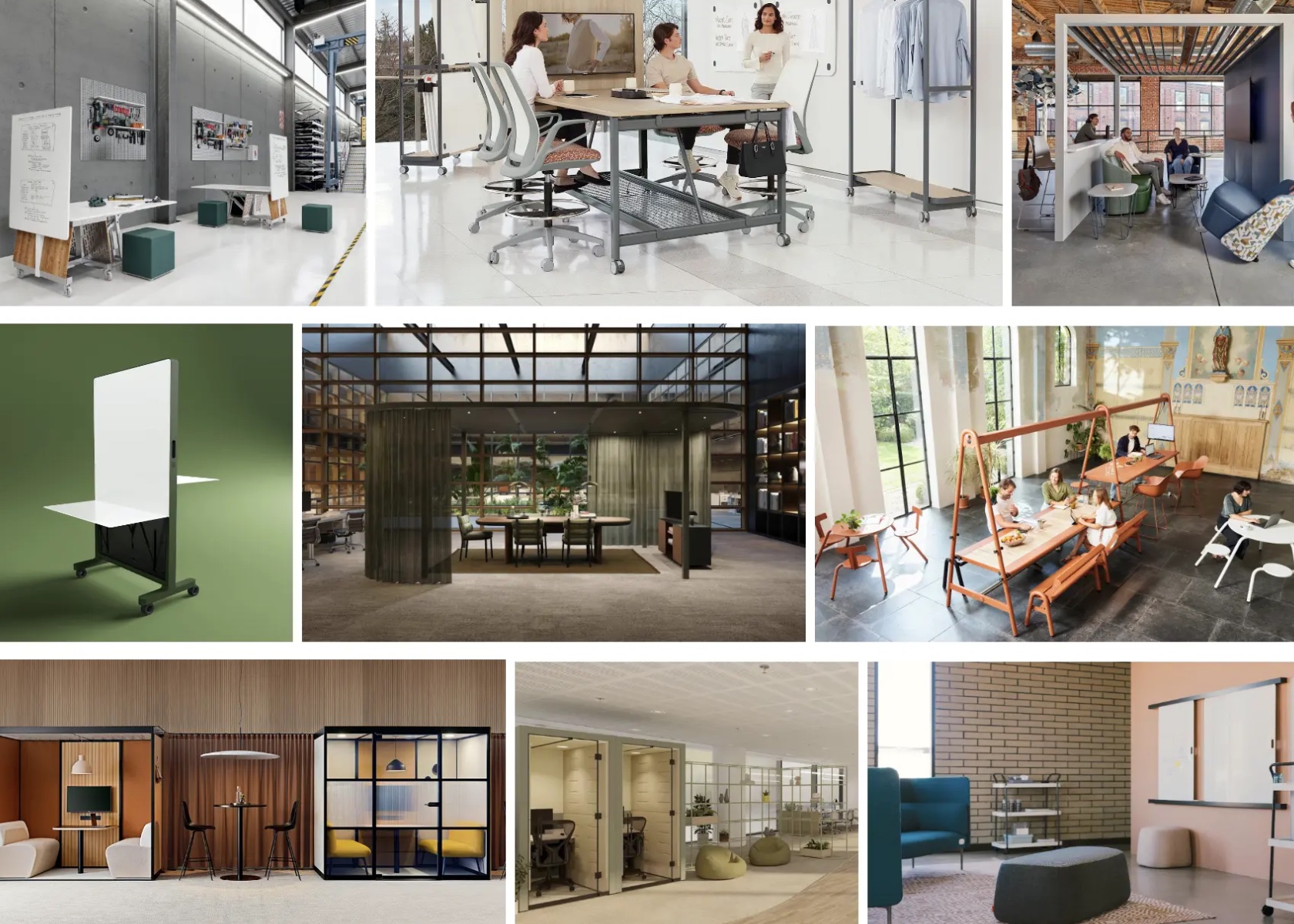
For instance, products like GRVT by Ghent and KI’s Sonrisa Lounge Furniture offer mobile, flexible solutions that can transform any environment into a collaborative hub at a moment’s notice. These designs cater to the ever-changing needs of modern workspaces. Spacestor’s Portals Huddle, with its easy-to-relocate collaboration spaces, exemplifies how versatile and responsive workplace design has become.
The overall layout also plays a huge role. Gensler’s Design Forecast for 2024 highlights the importance of human-centric workplaces that inspire purpose and reflect organizational values. This means creating spaces where people can casually bump into each other, sparking creativity and camaraderie. These little moments can make a big difference in fostering a positive company culture.
Well-Being: The Science of Feeling Good
One of the most fascinating trends at NeoCon 2024 is the rise of neuroaesthetics—designing spaces that make you feel good based on how your brain reacts to certain elements. Think colors, sounds and even the art on the walls. It’s all about creating environments that boost your mood, productivity and overall well-being.
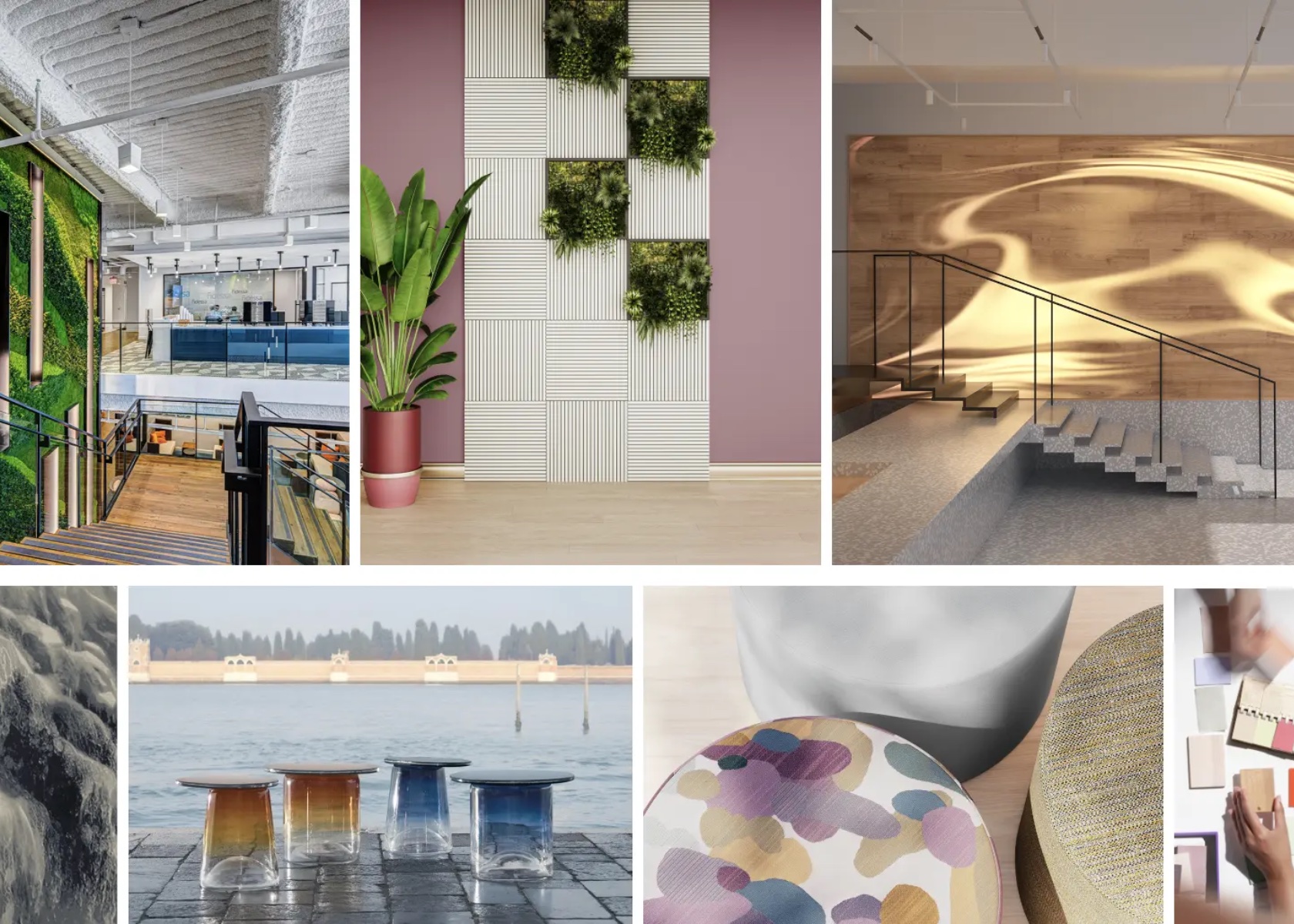
The Immersive Biophilic Garden by Garden on the Wall, for example, features indoor preserved gardens and moss walls that elevate moods and stimulate minds. Similarly, Egan Visual’s Sculpt Walls blend art with acoustics to create a sensory-rich experience, and CECOCECO’s ArtMorph panels use lighting and textures to soothe and captivate.
Colors play a significant part too. Studies show that natural patterns and shapes are easier for our brains to process, leading to a sense of calm and clarity. Shaw Contract’s Arctic Escape collection and Bernhardt’s Ice Collection of cobalt blue tables are designed to evoke specific emotional responses. Warm colors like Pantone’s color of the year, Peach Fuzz, and cool blues highlighted in ASID’s 2024 Trends Outlook also contribute to environments that make us feel good.
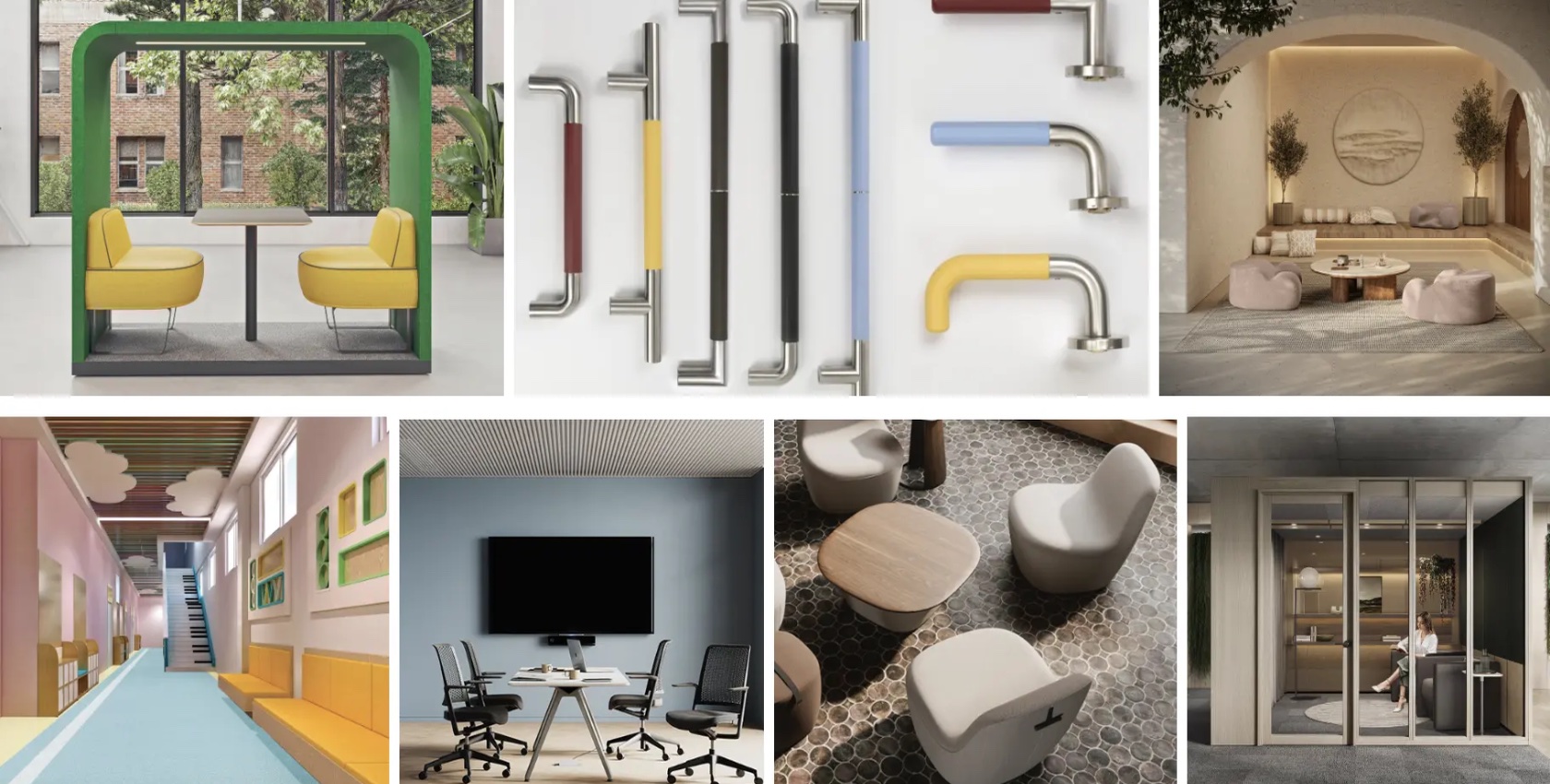
Unexpected pops of color, engaging textures and artful patterns can act as positive distractions in stressful environments. Designtex’s Joy Collection, with its vibrant colors and stimulating designs, brings a sense of clarity and delight, especially to healthcare settings. Collaborations like Stylex and Carole Baijings’ new color palette show how creative use of color can enrich our daily experiences.
Sustainability: Designing for the Future
Sustainability has shifted from a trend to a non-negotiable element of modern design. With the built environment contributing significantly to global CO2 emissions, there’s a pressing need for eco-friendly practices. NeoCon 2024 showcases the leaders in sustainable design, highlighting materials and solutions that reduce environmental impact without sacrificing style or functionality.
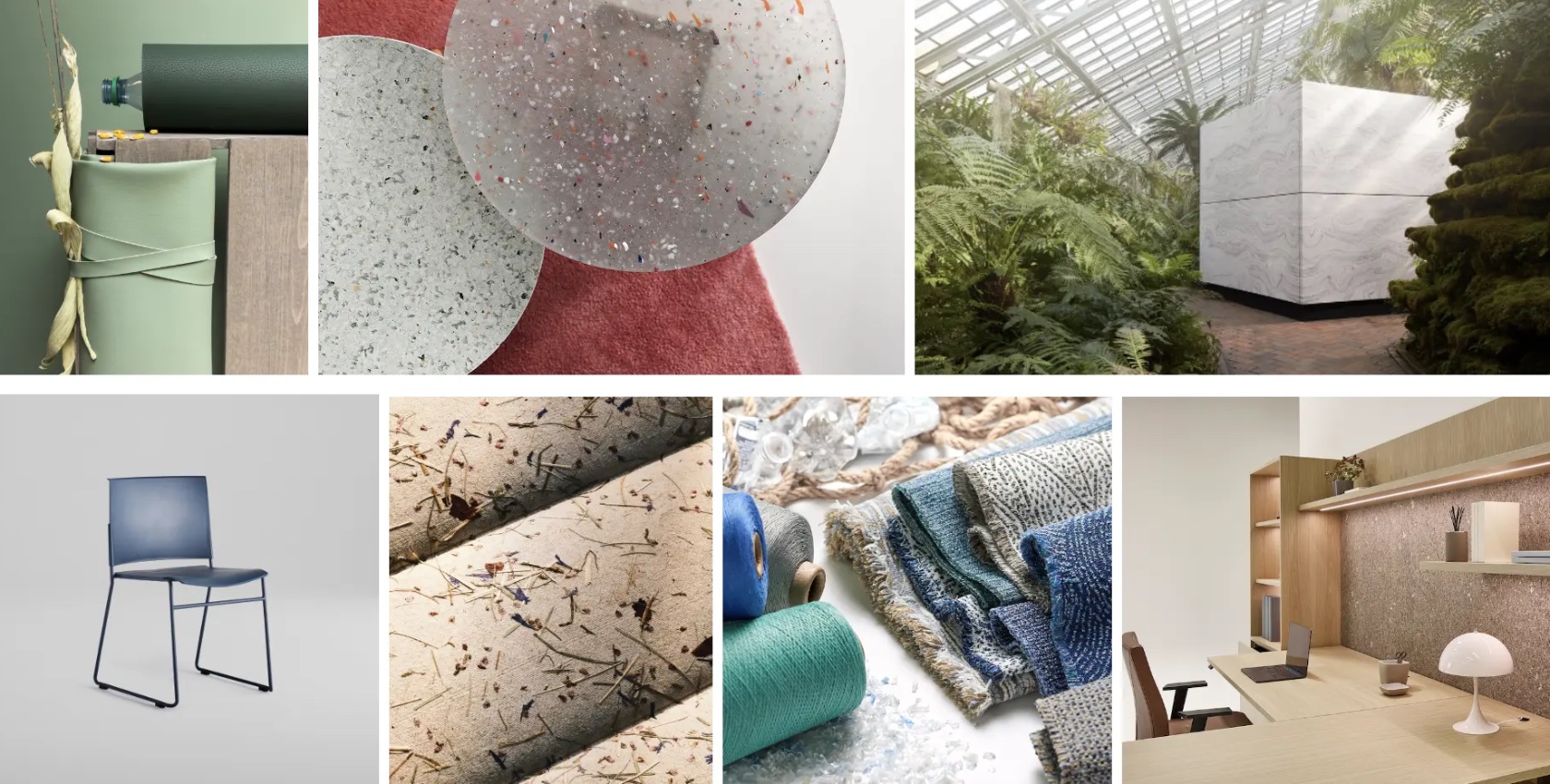
Haworth’s DesignLab emphasizes circular design—considering sustainability at every stage of a product’s life cycle. Andreu World’s Circular Design Challenge encourages industry professionals to embrace greener practices like eco-design, zero waste management and carbon neutrality.
Biophilic design, which integrates natural elements like plants and natural light into spaces, is also gaining traction. This approach reduces stress and fosters a deeper connection to nature. Scandinavian Spaces’ Tinnef, made from 100% recycled plastic, and Davis Furniture’s X50 collection, featuring components made of pre-consumer recycled content, are leading the charge in this space.
Noteworthy sustainable innovations include Ultrafabrics’ Volar Bio, which features a mix of recycled and bio-based content, and Turf’s Stone Textures, which emulate natural stone using eco-friendly materials. Slalom’s Bloom product emphasizes acoustic wellness using bio-based materials, while C.F. Stinson’s Sea Change textiles are crafted from post-consumer recycled polyester. Nienkamper’s Vox Tambour, using the eco-material Eelgrass, demonstrates how sustainable materials can offer excellent acoustic and thermal regulation properties.
NeoCon 2024 is set to showcase how thoughtful design can create environments that are functional, beautiful and supportive of human connections and environmental stewardship. As we look forward to the innovations on display, it’s clear that the future of design lies in creating spaces that are as good for people as they are for the planet. This holistic approach makes NeoCon 2024 an unmissable event for anyone interested in the future of our shared spaces.
The post Eco-Friendly Design Concepts at NeoCon 2024: Transforming Workspaces first appeared on Yanko Design.
